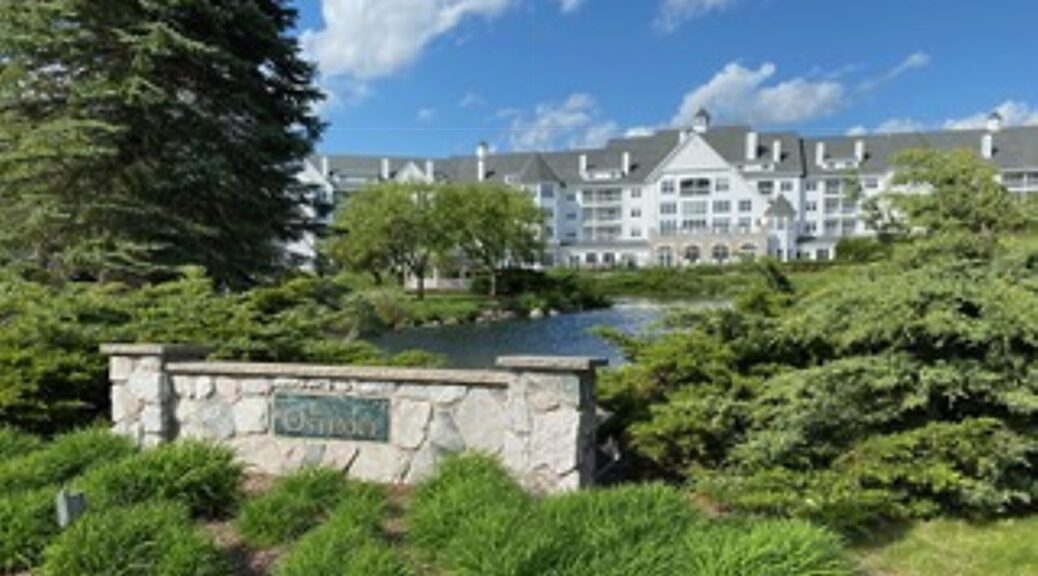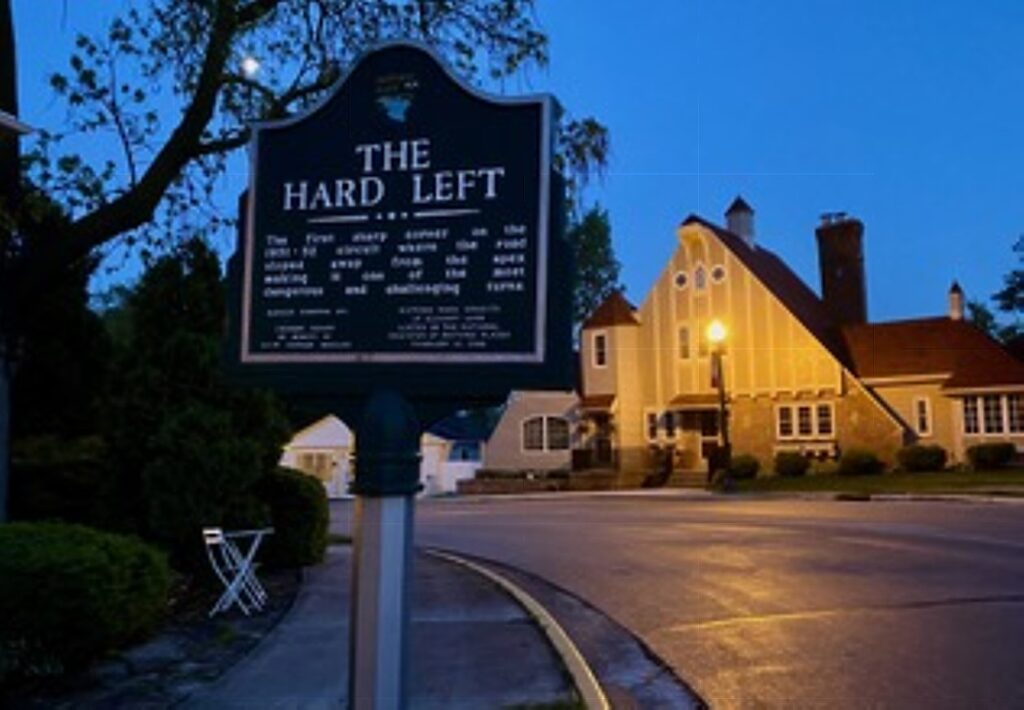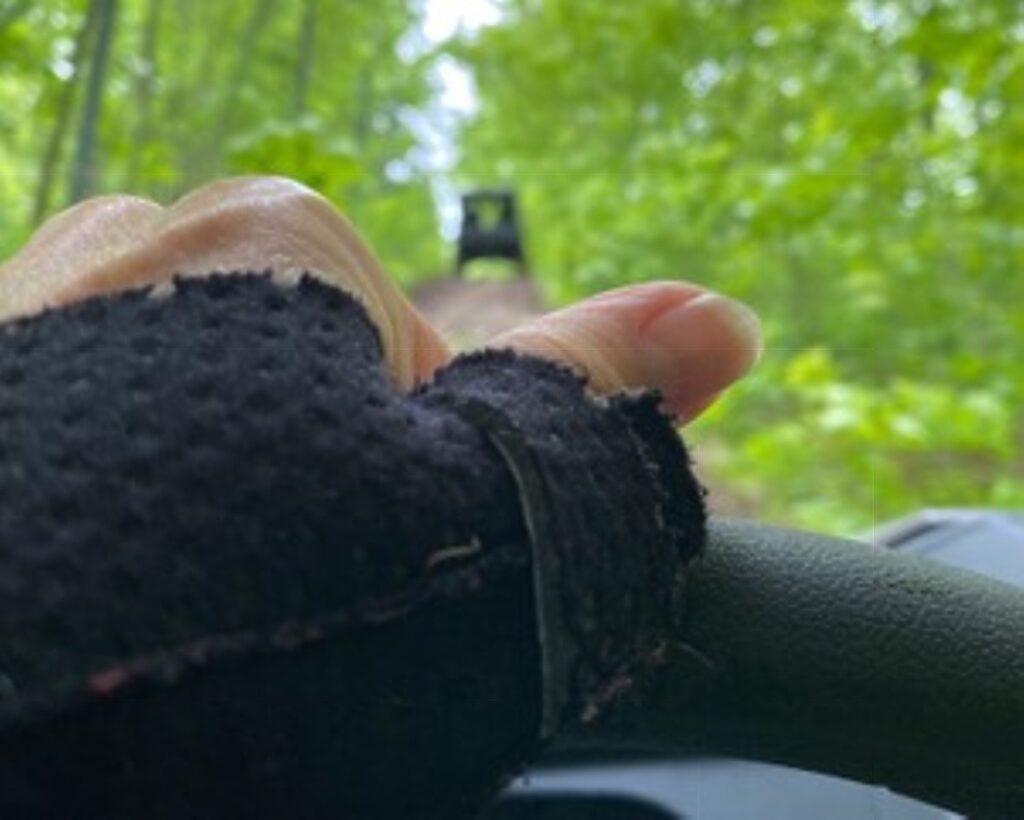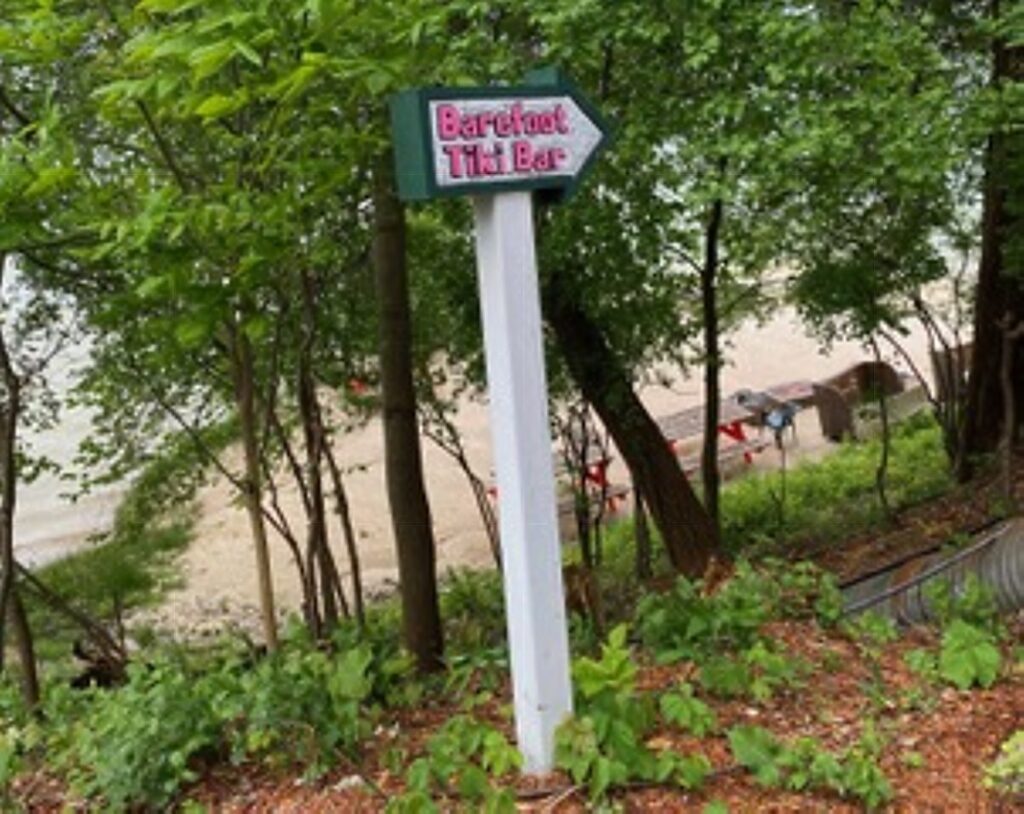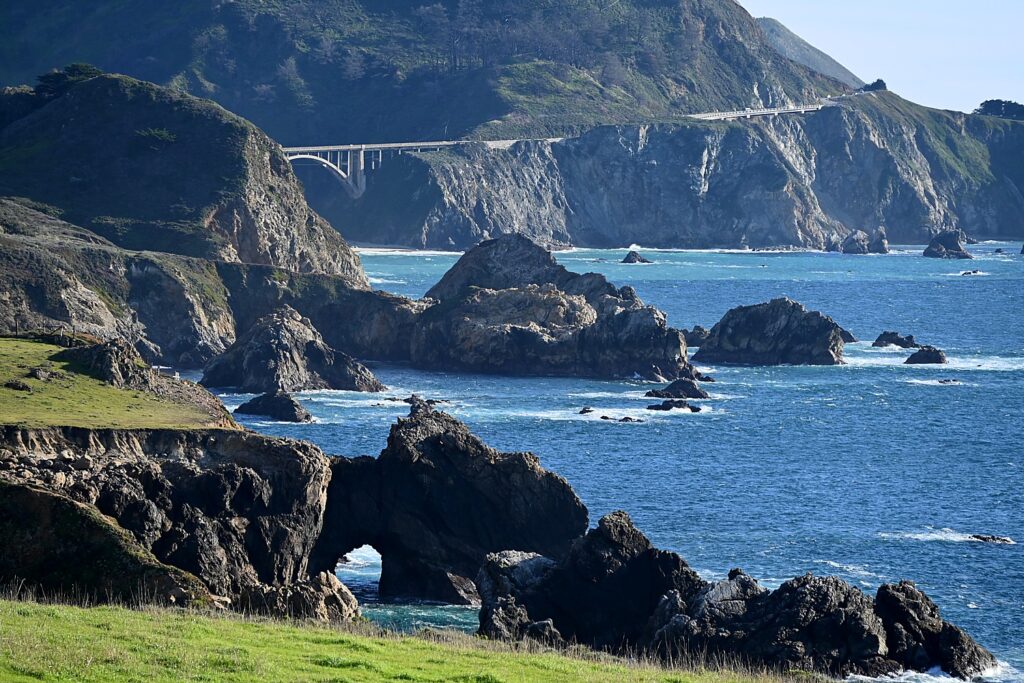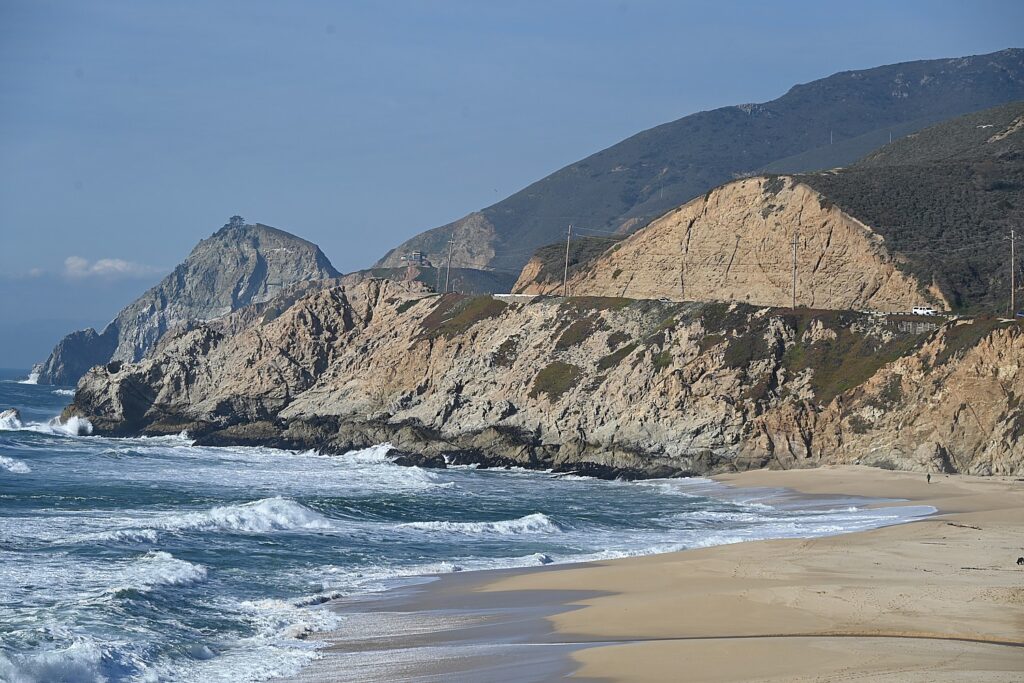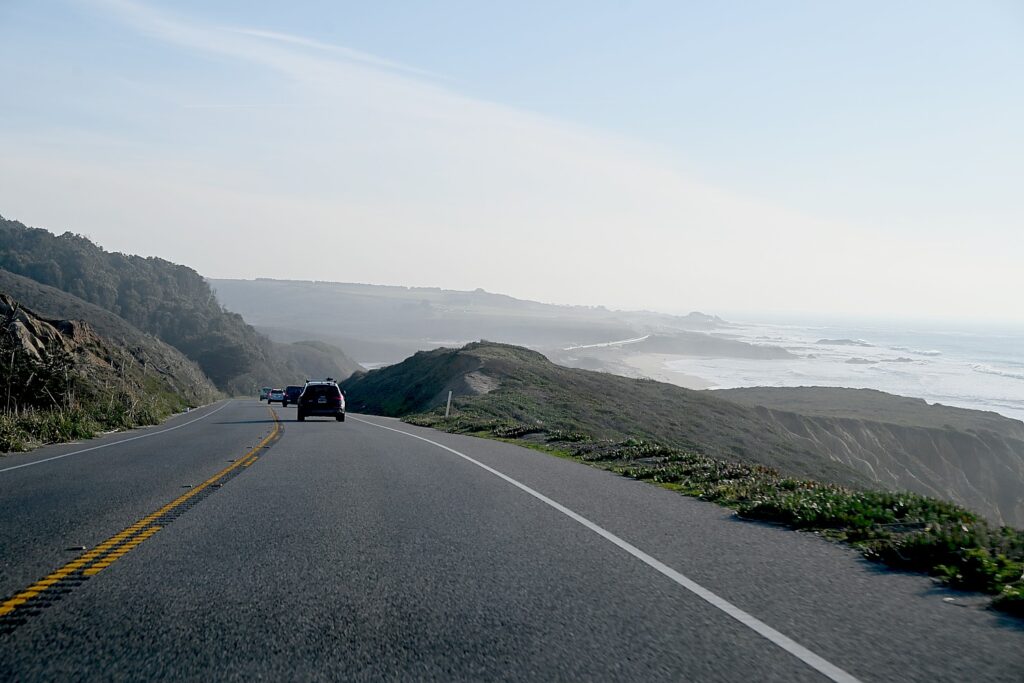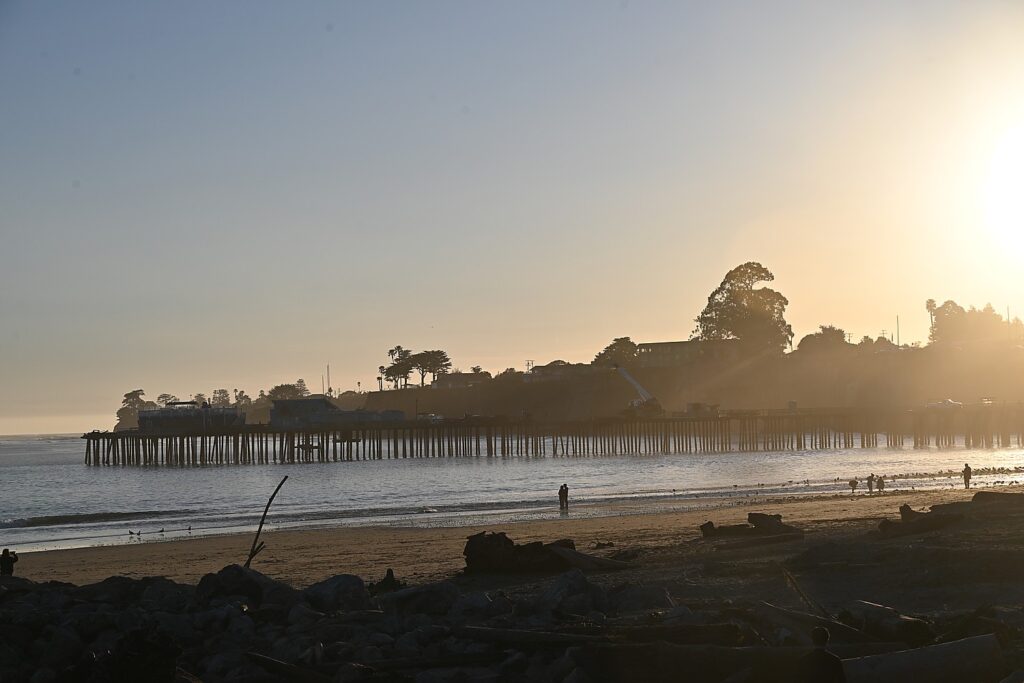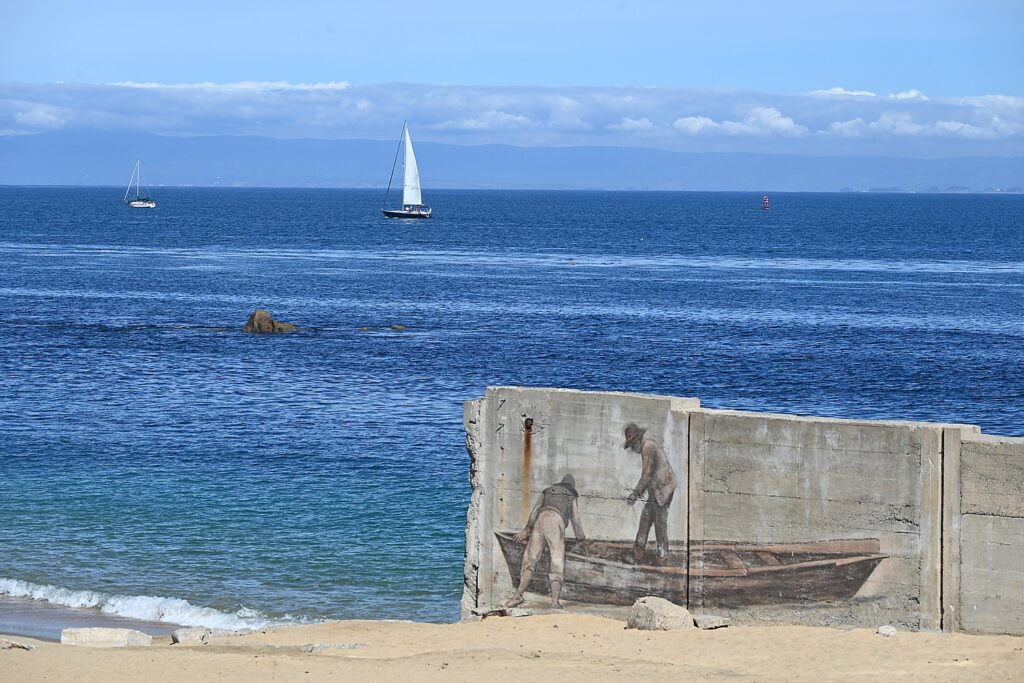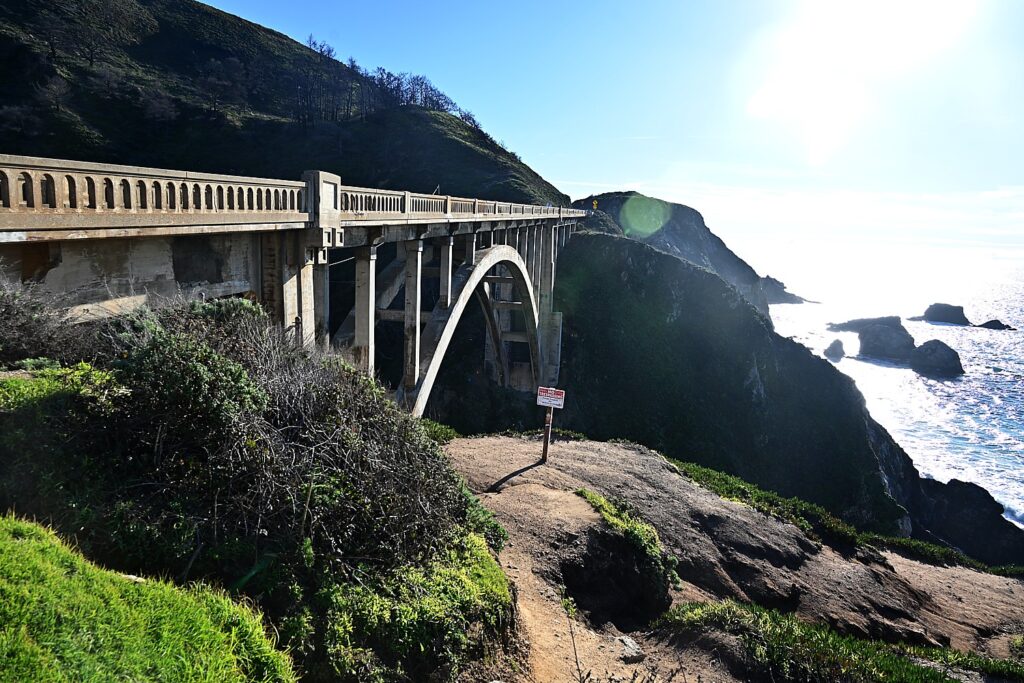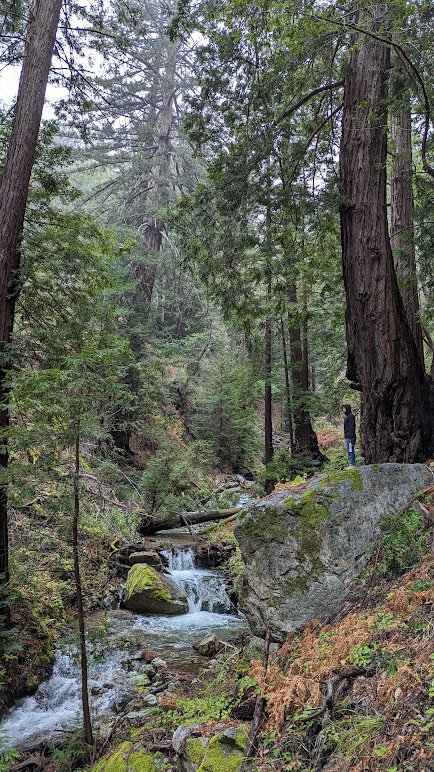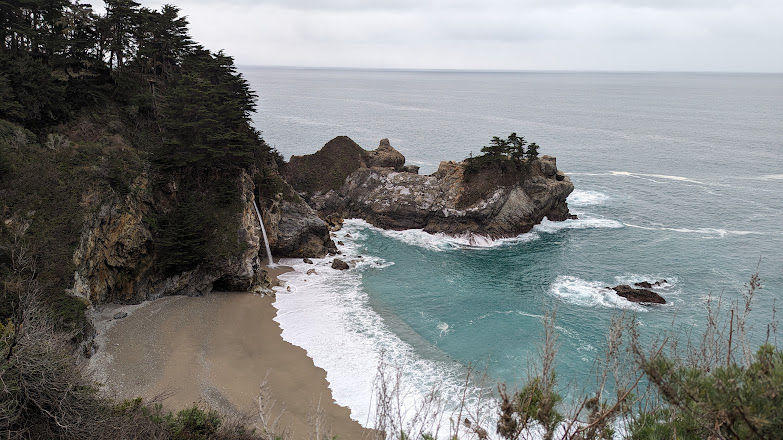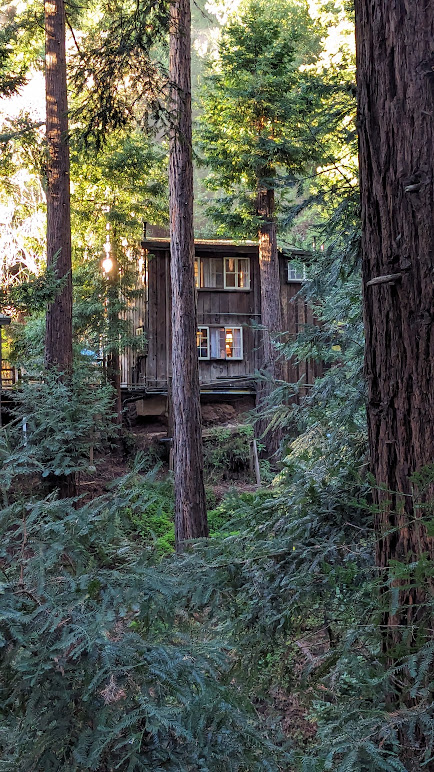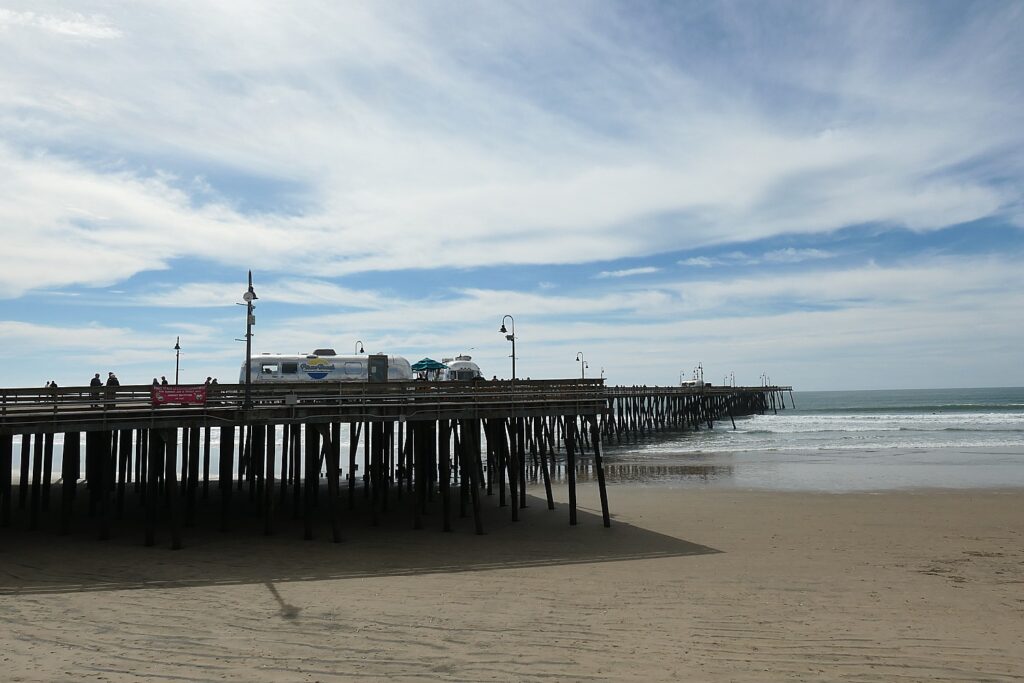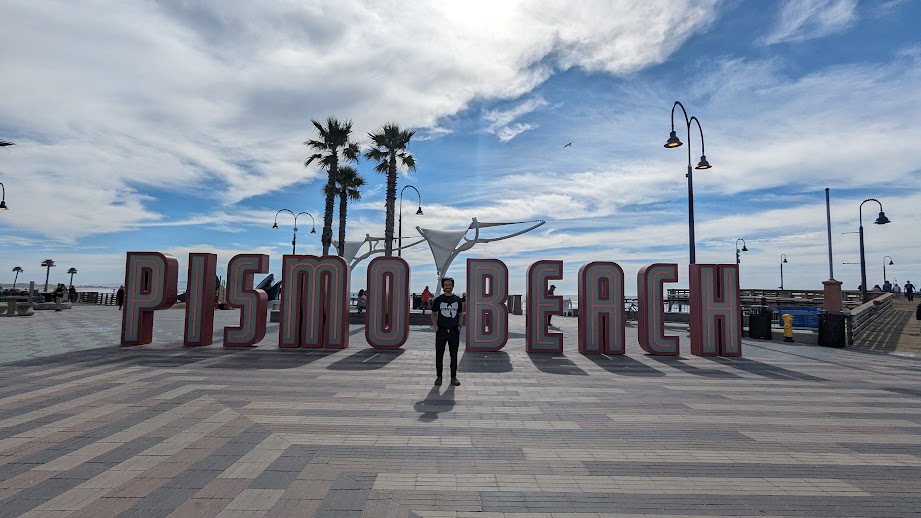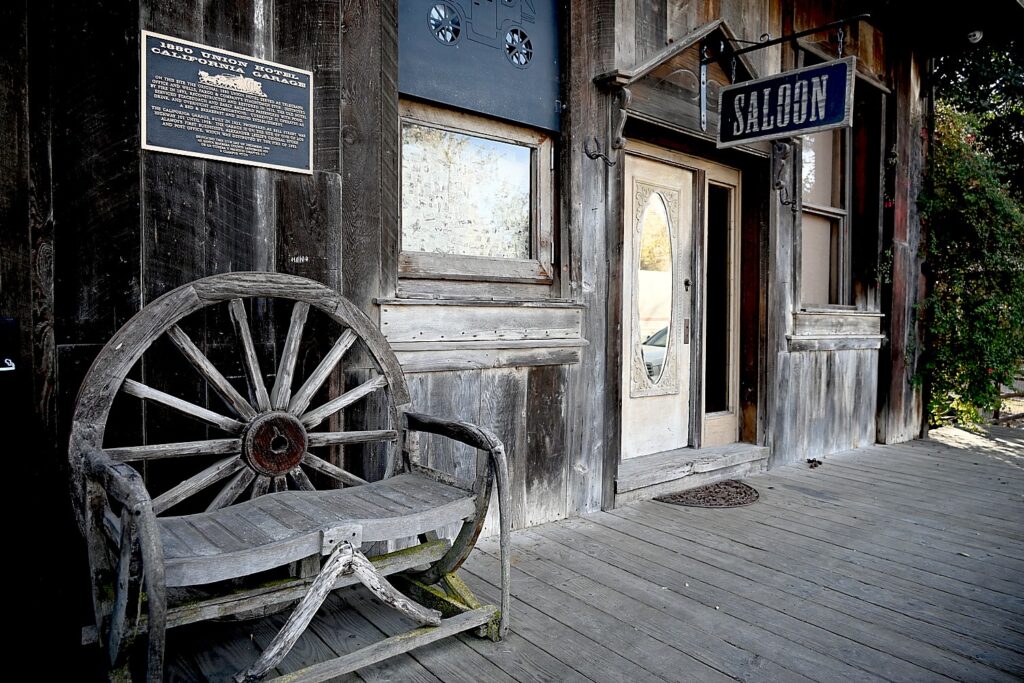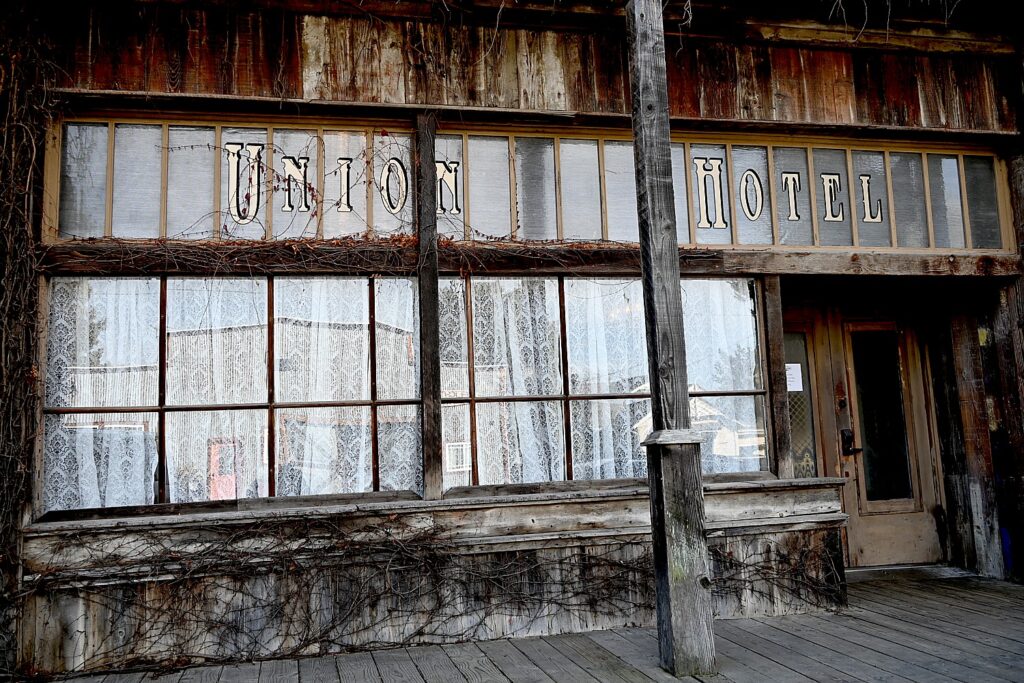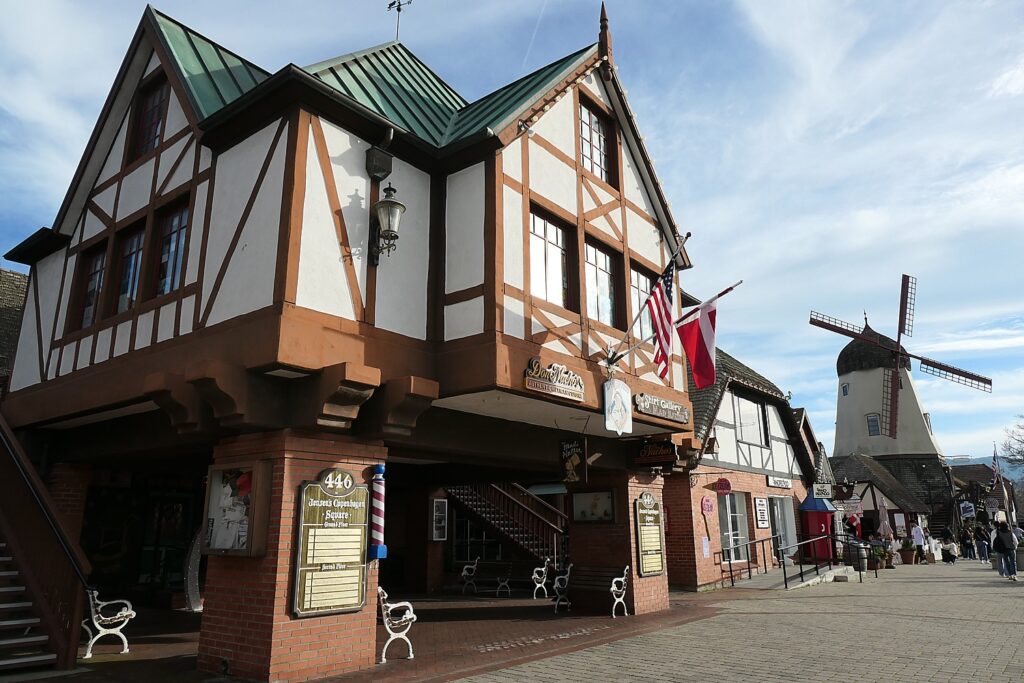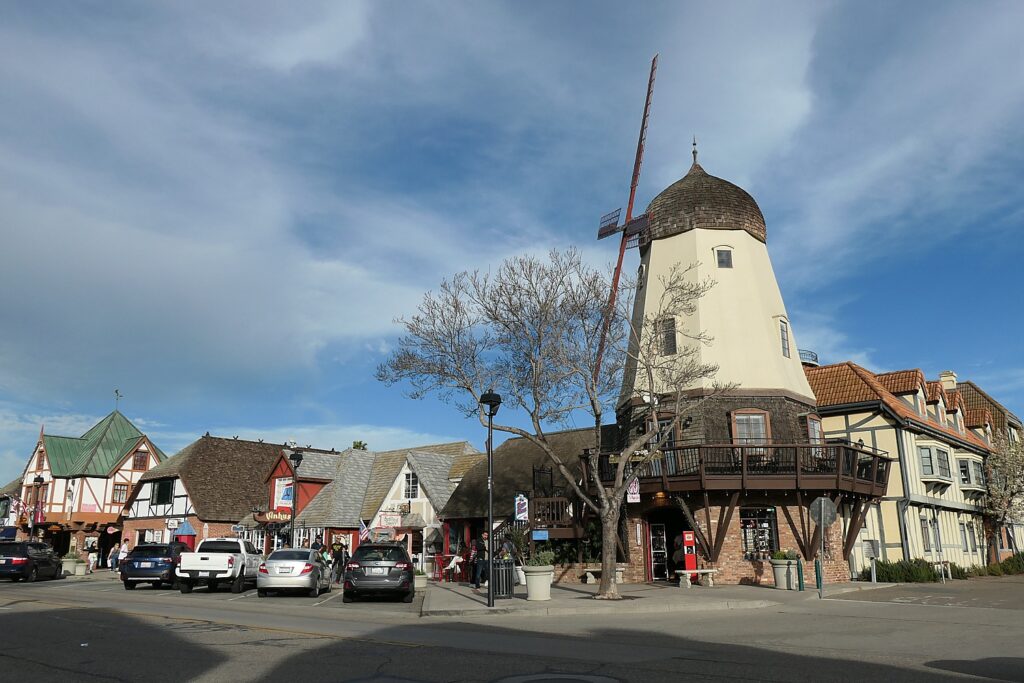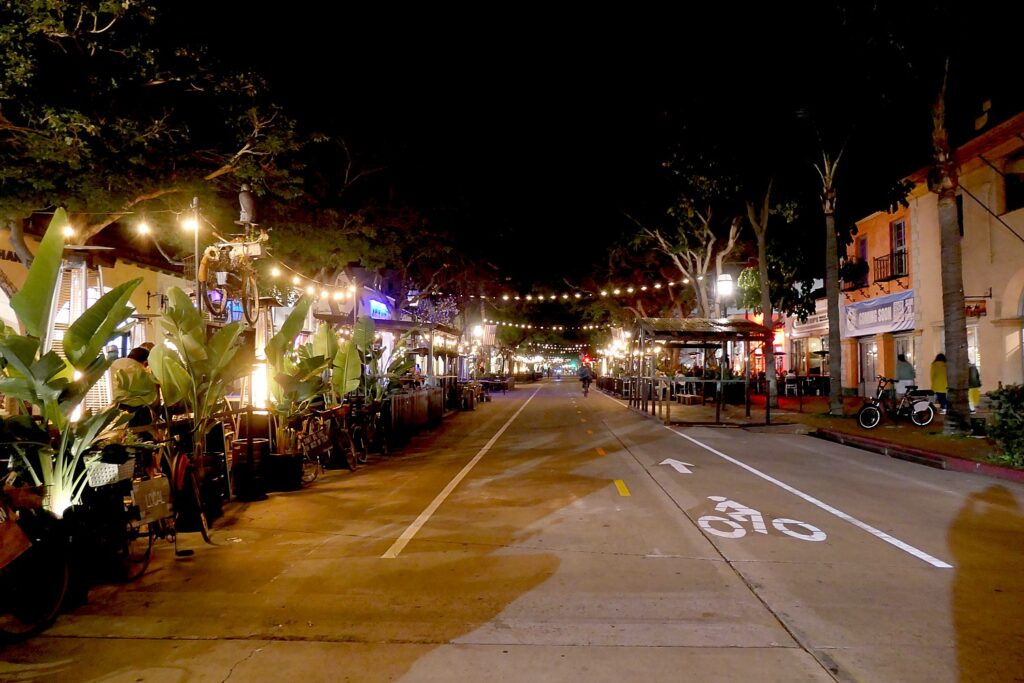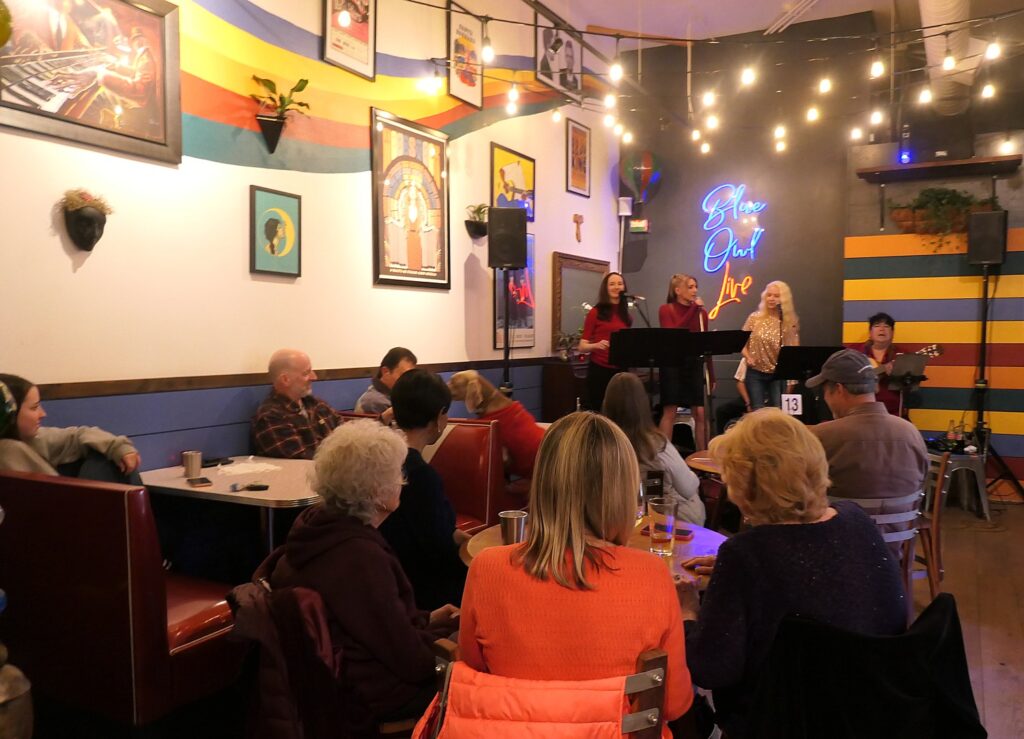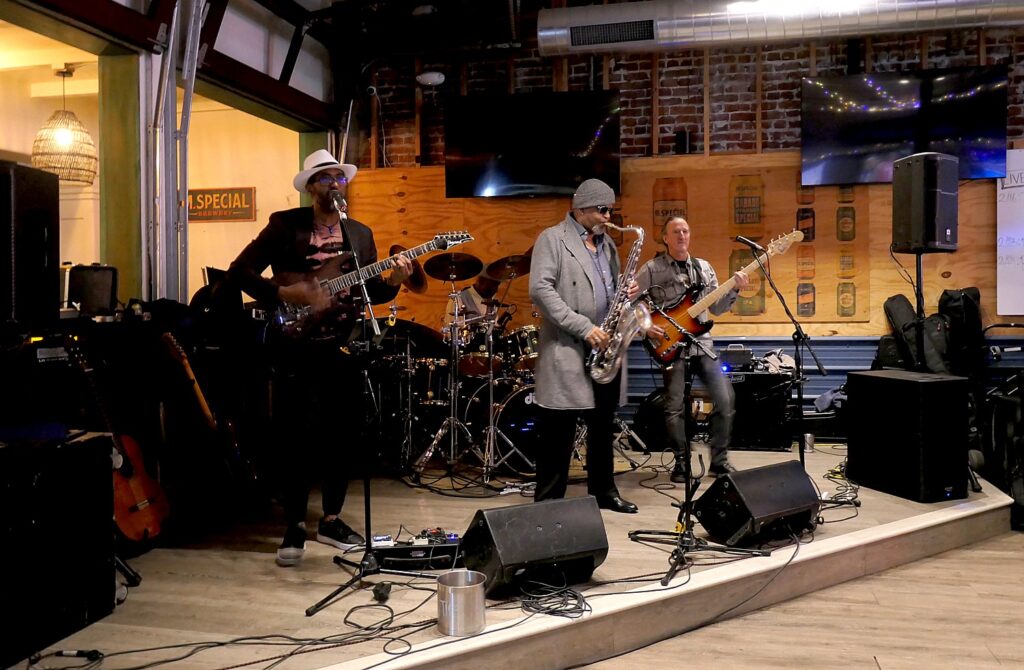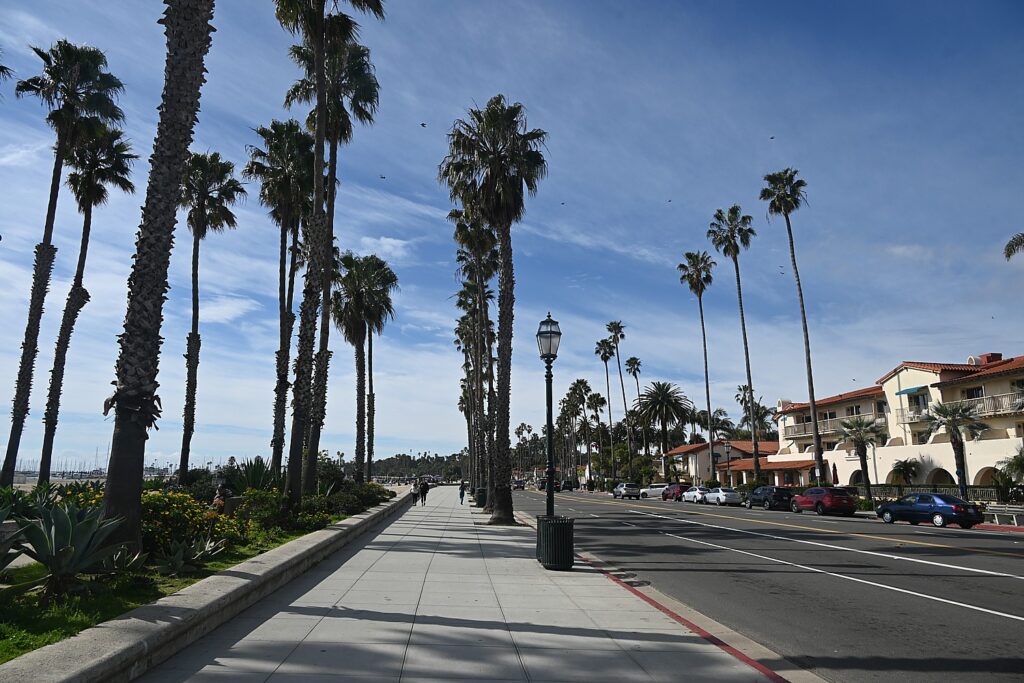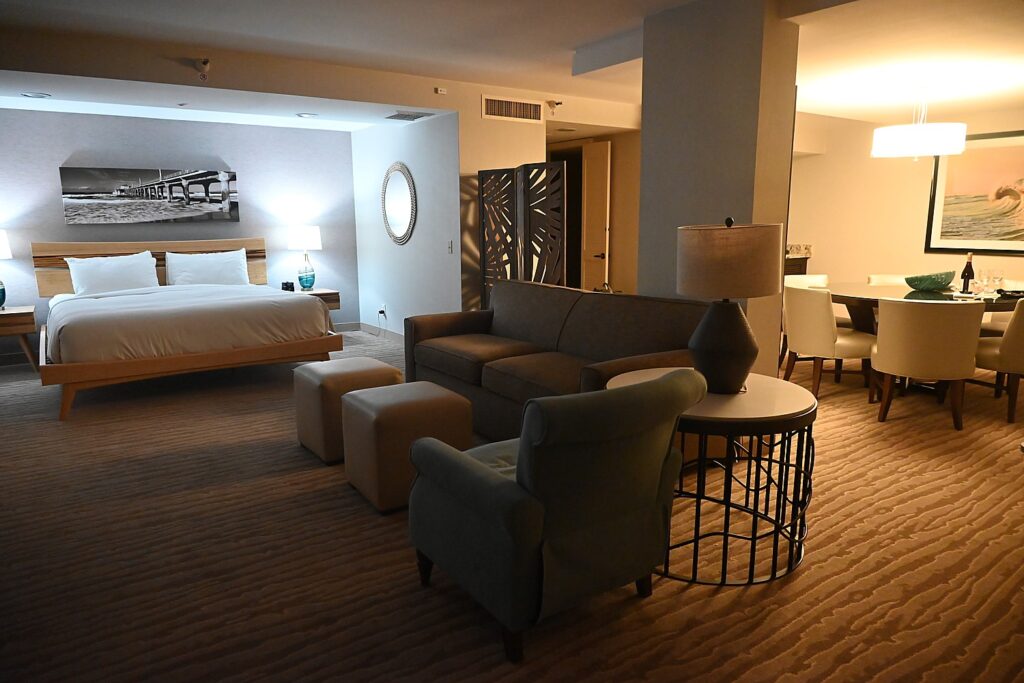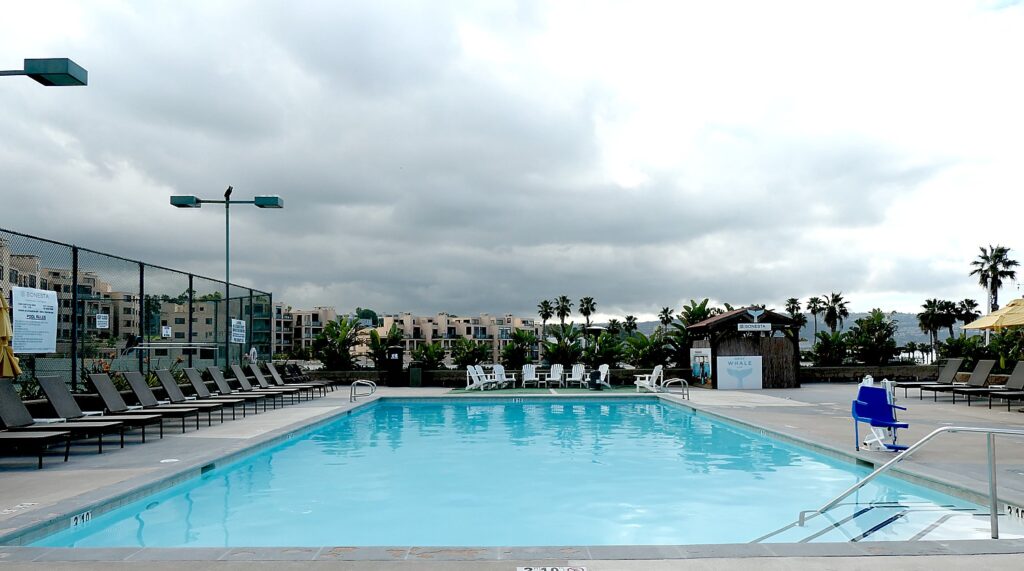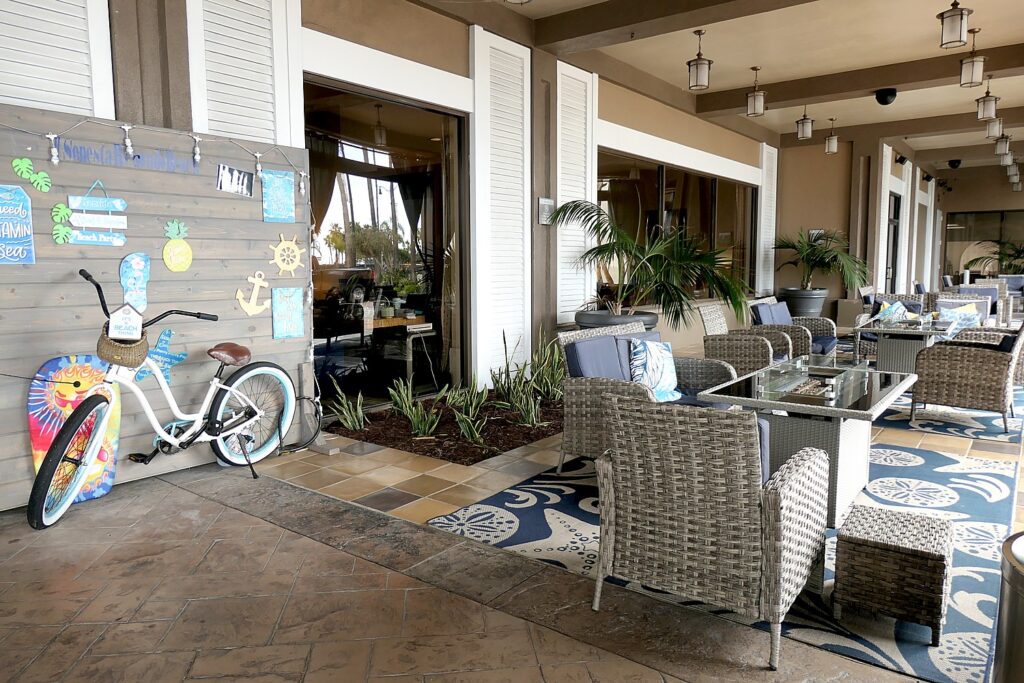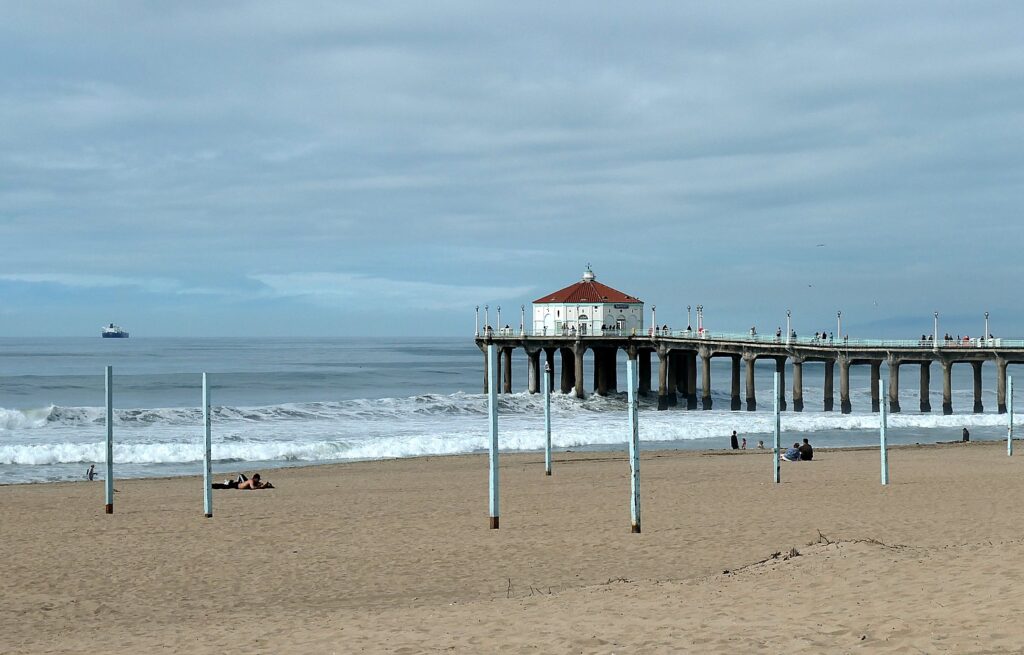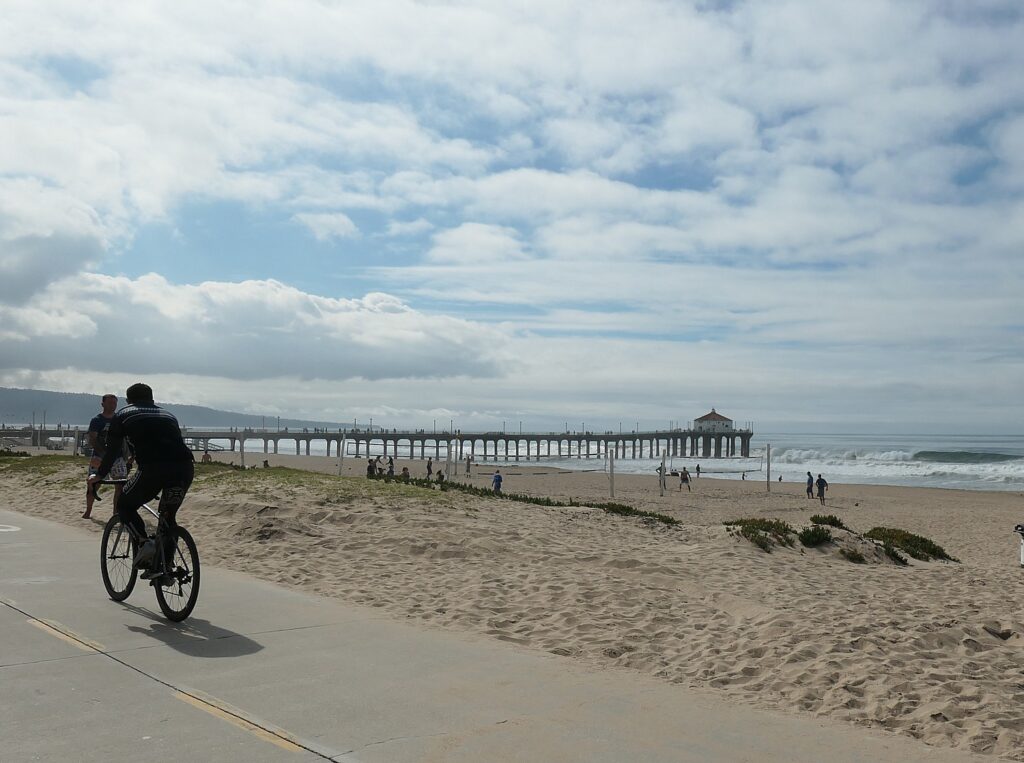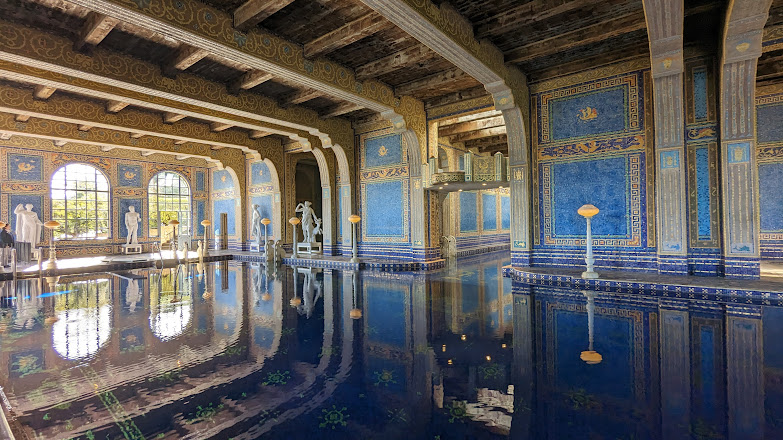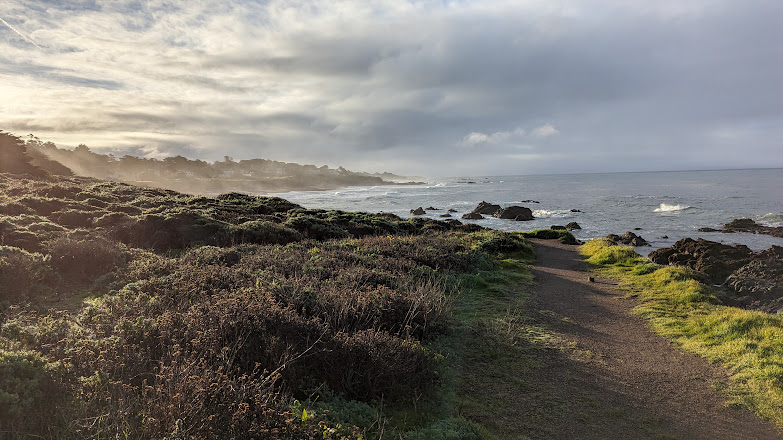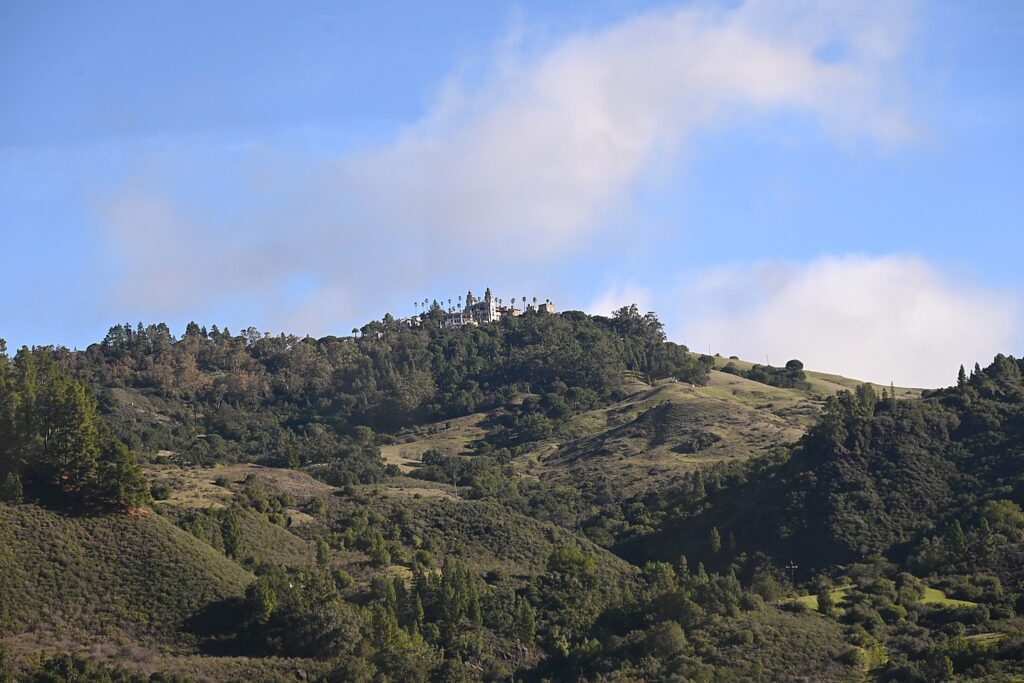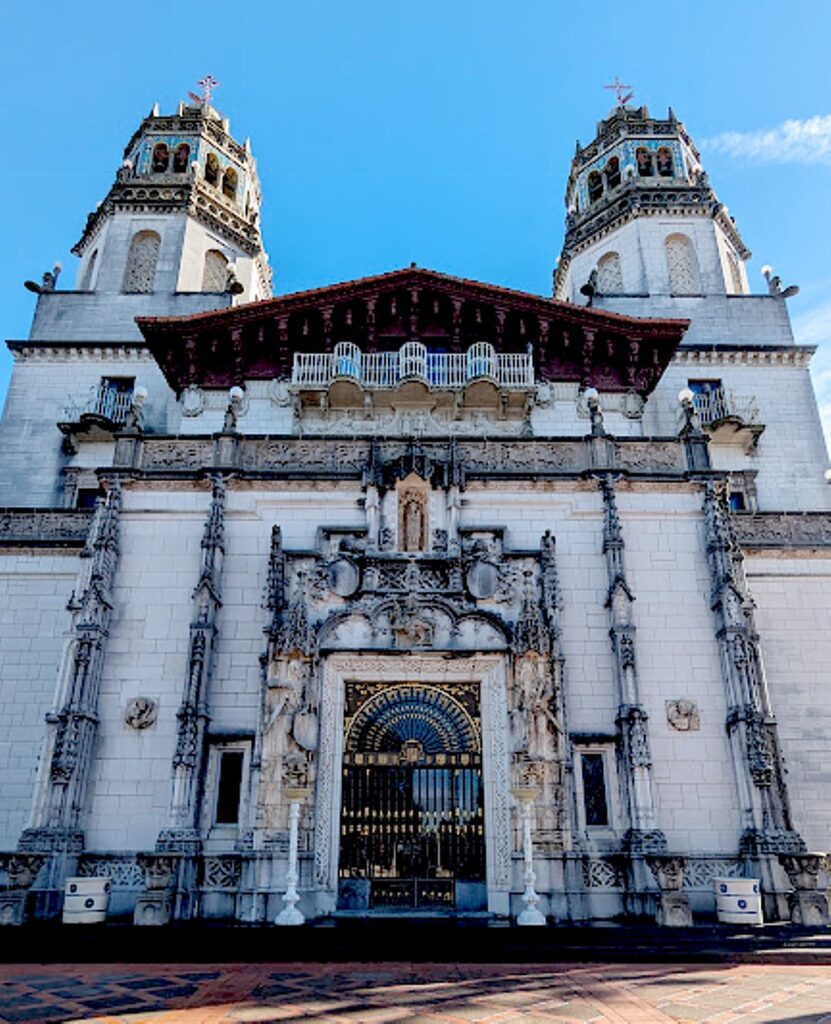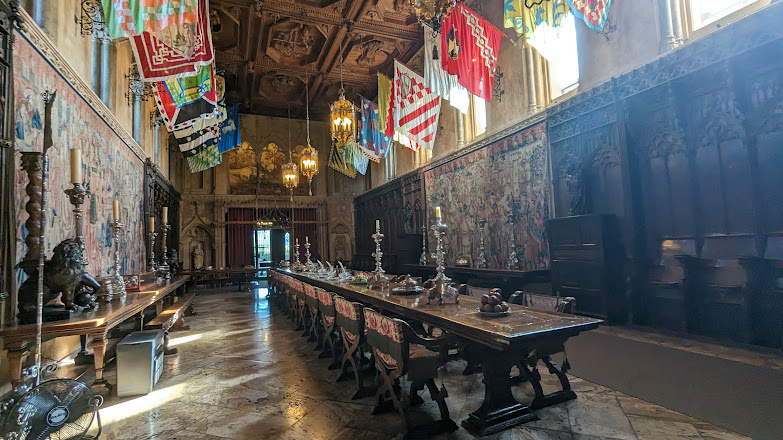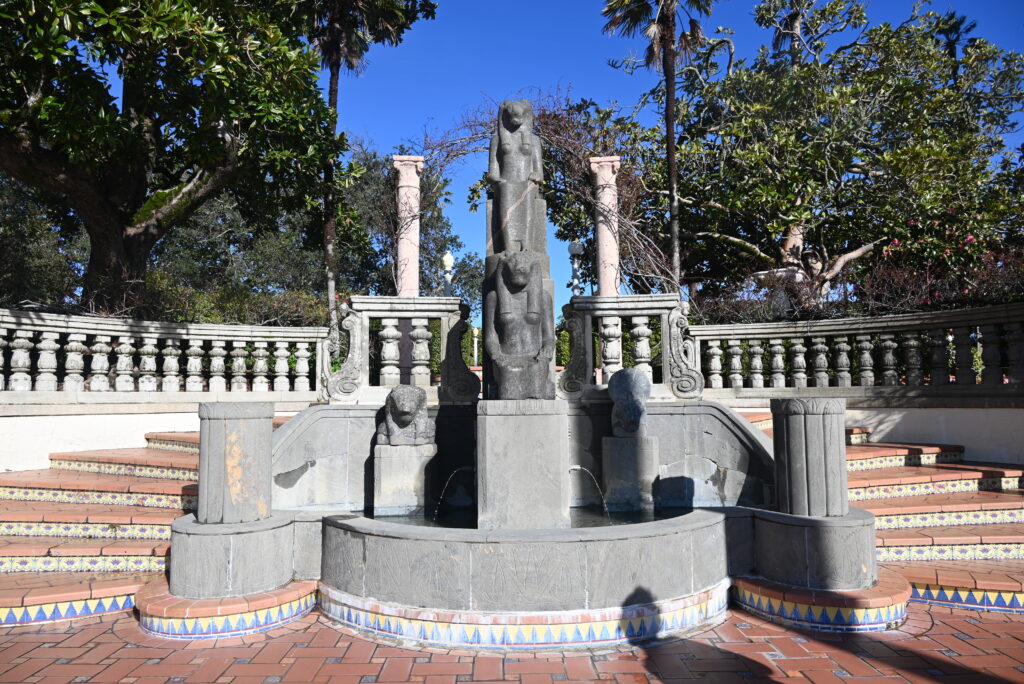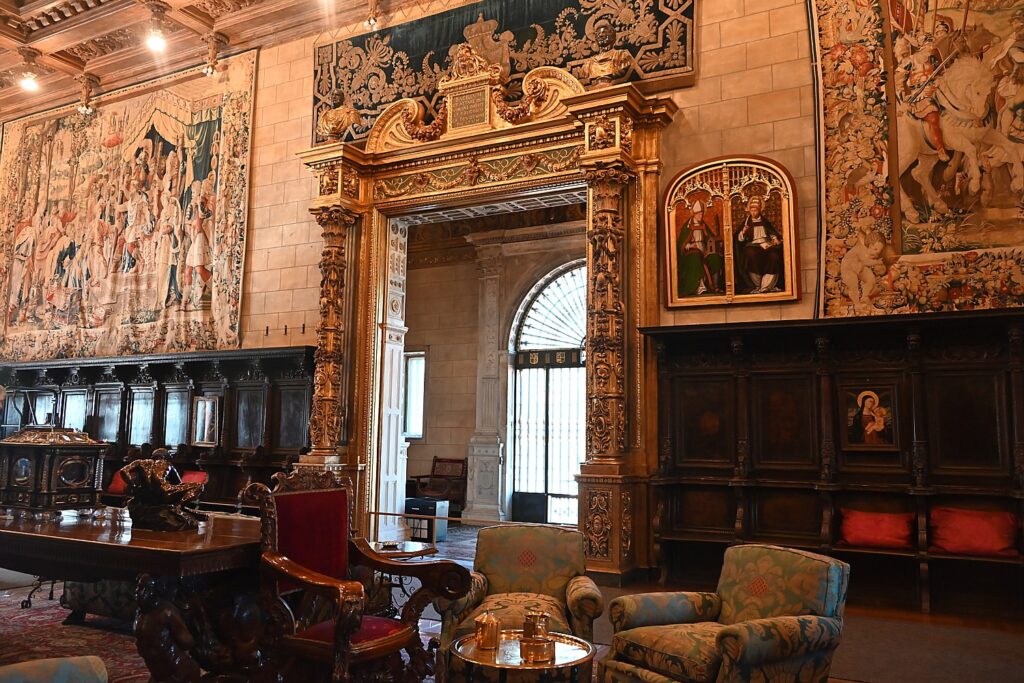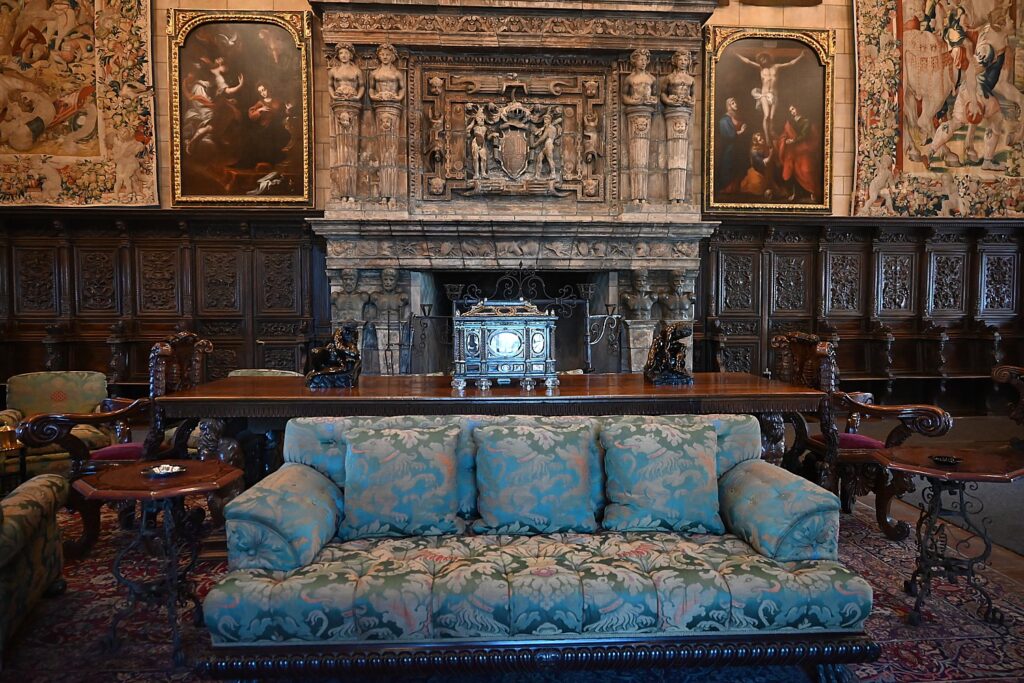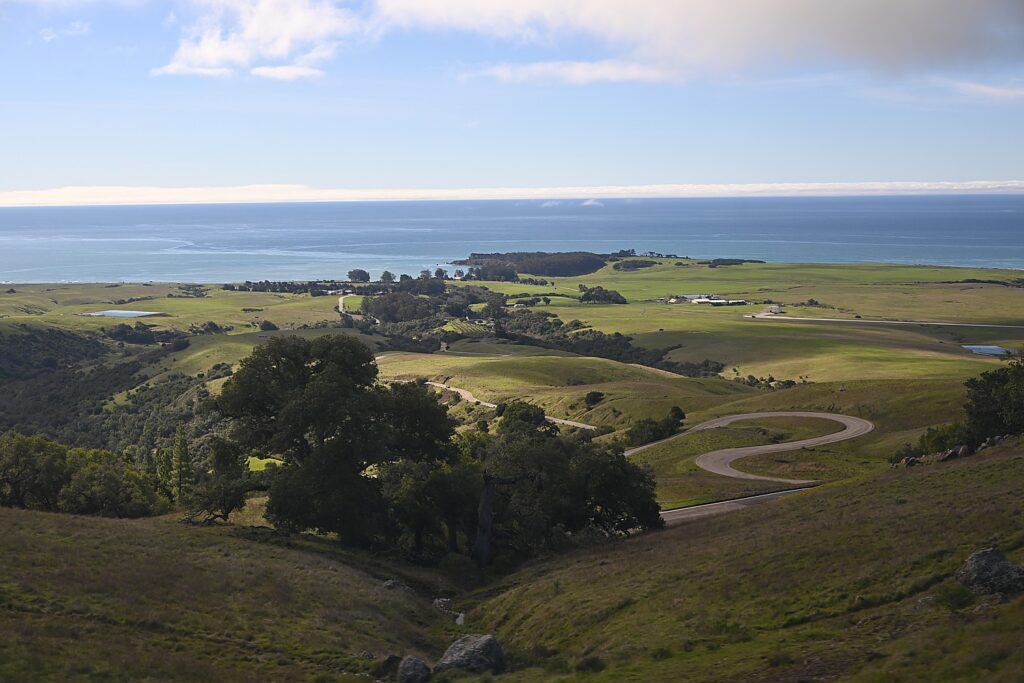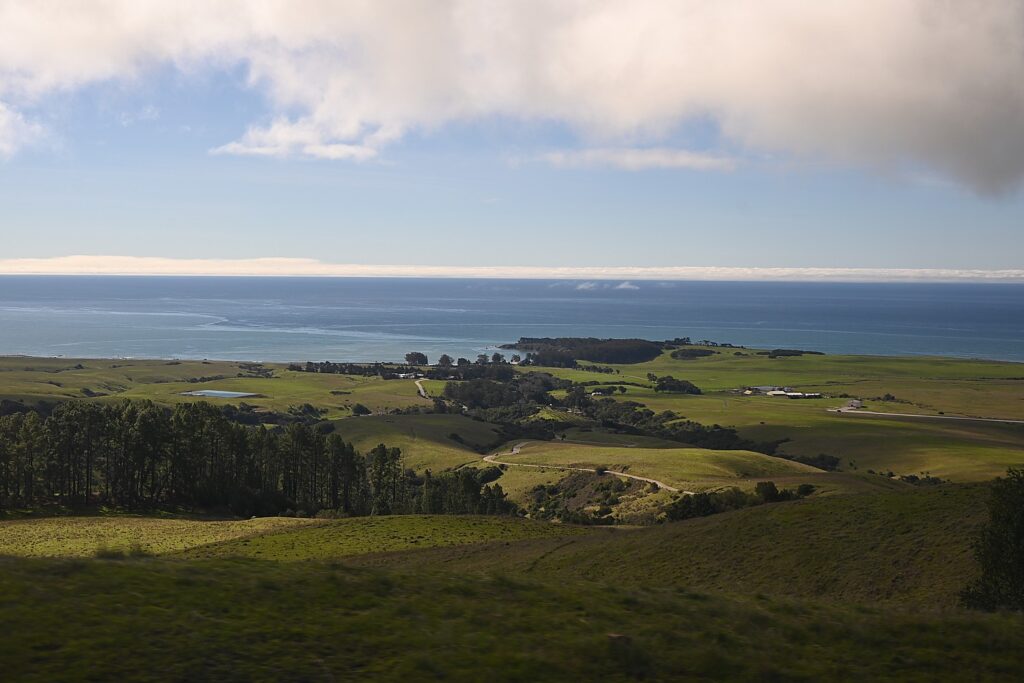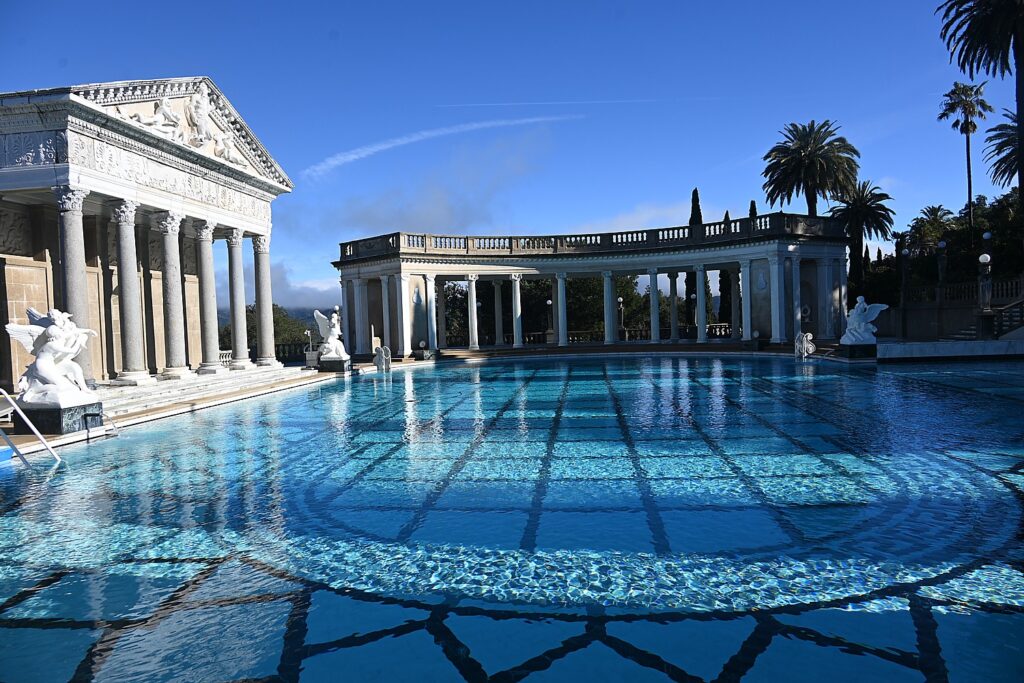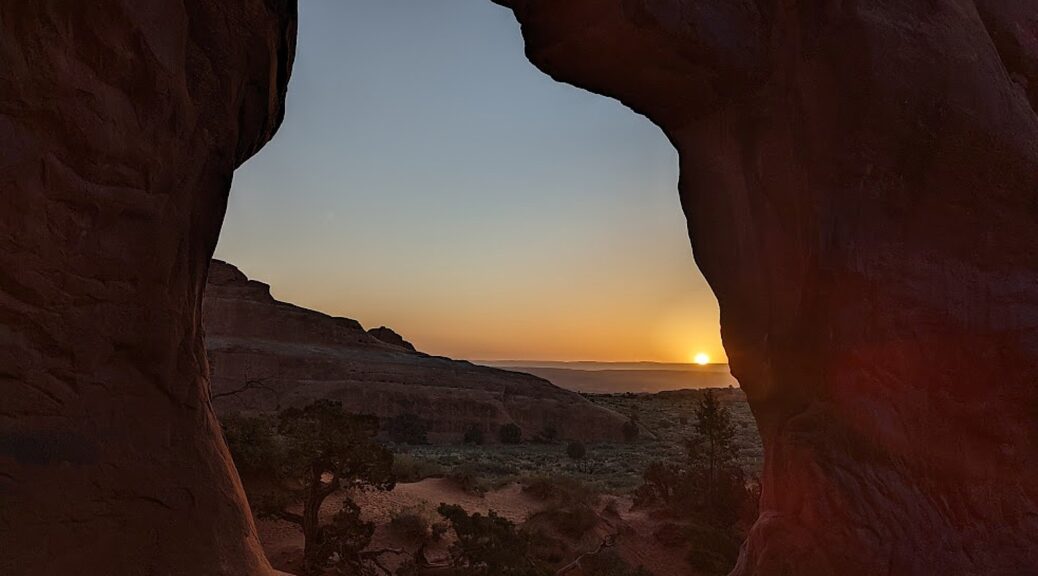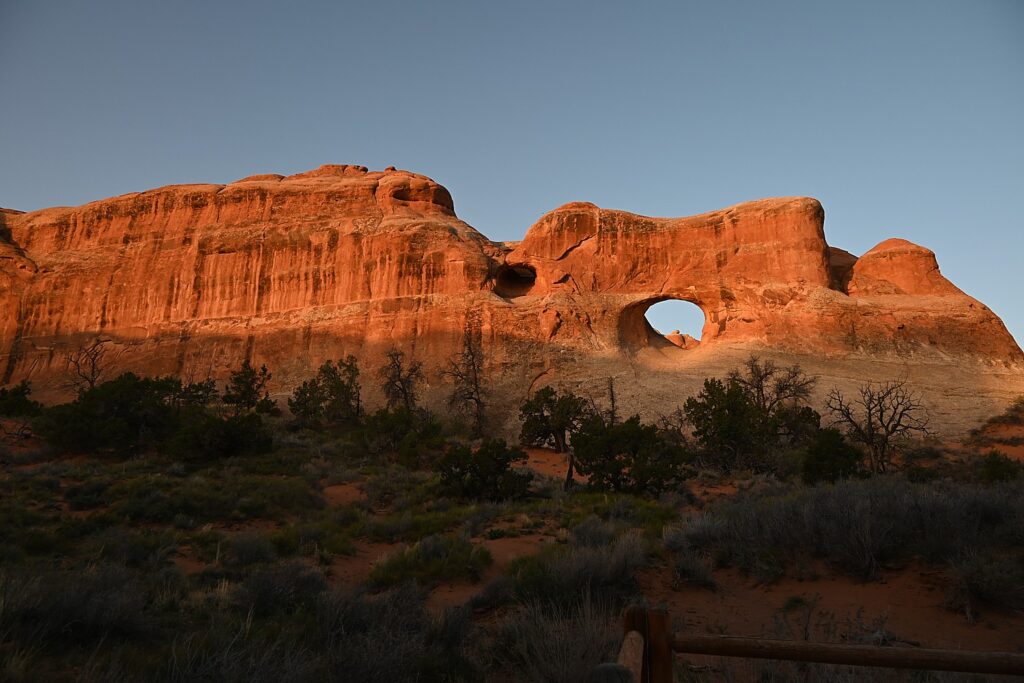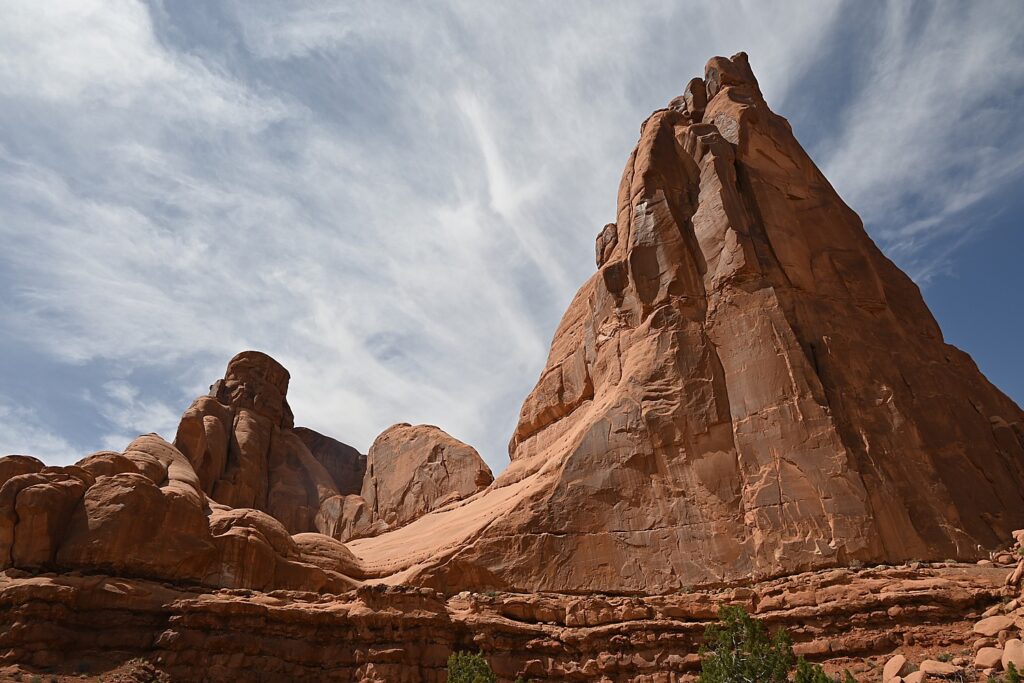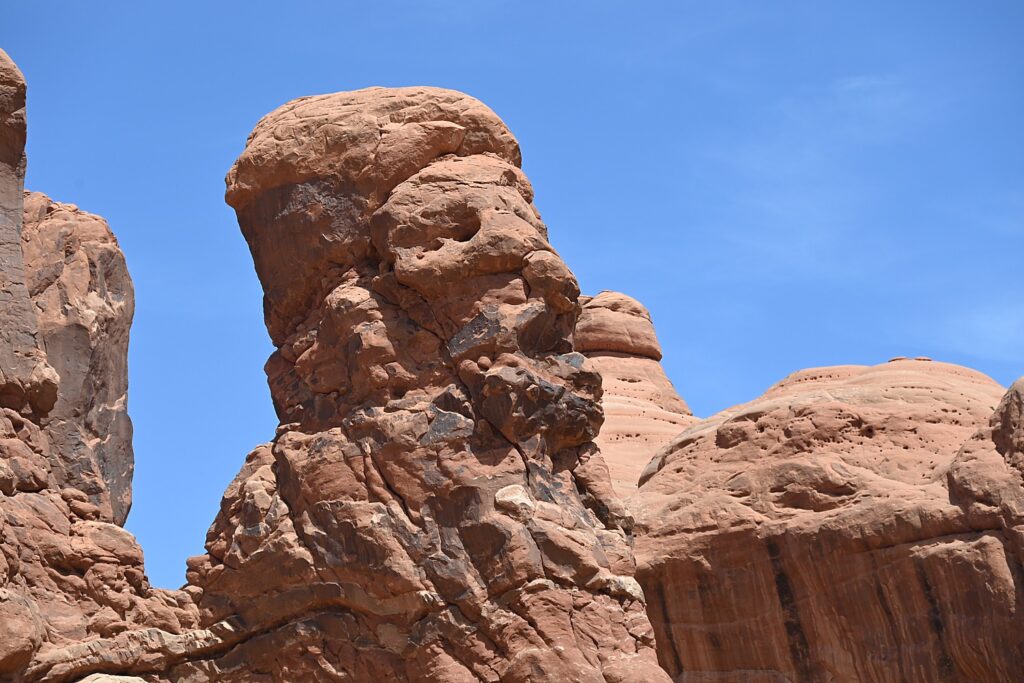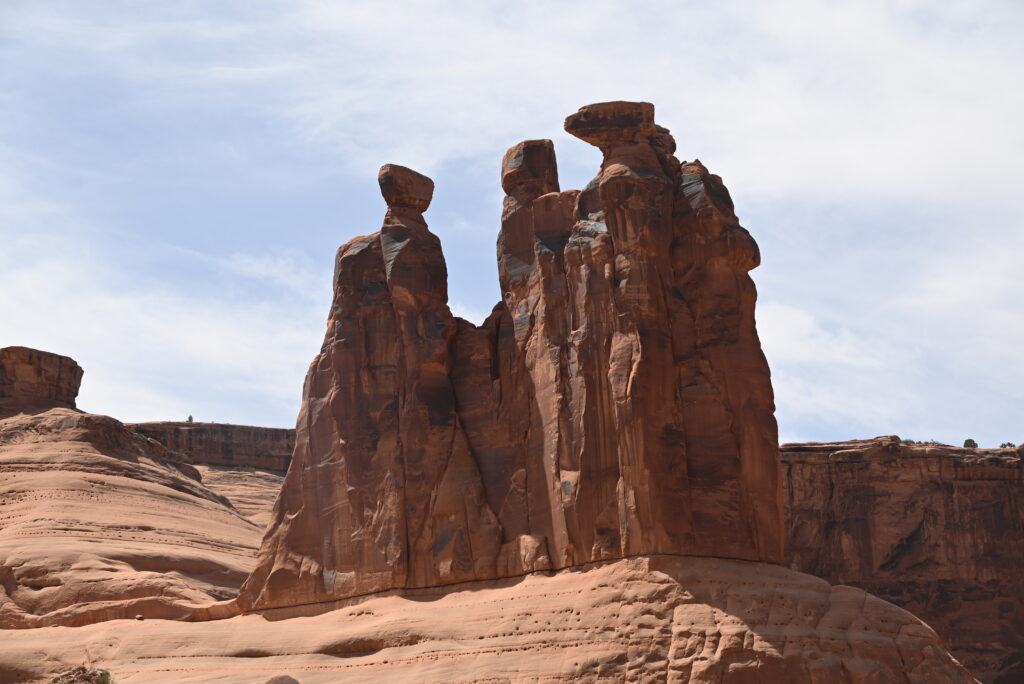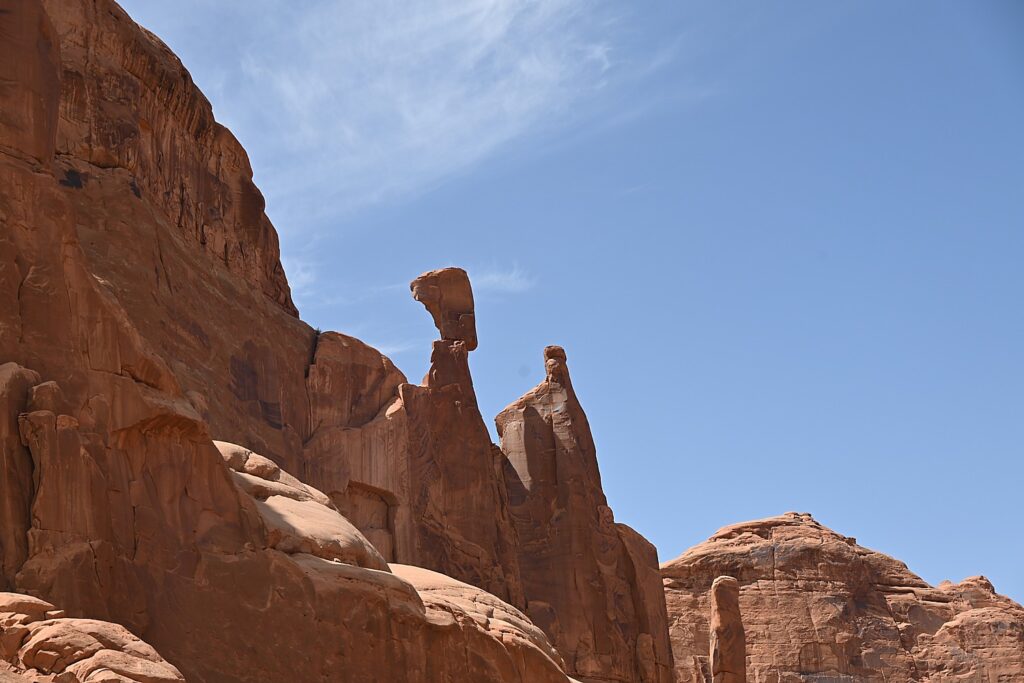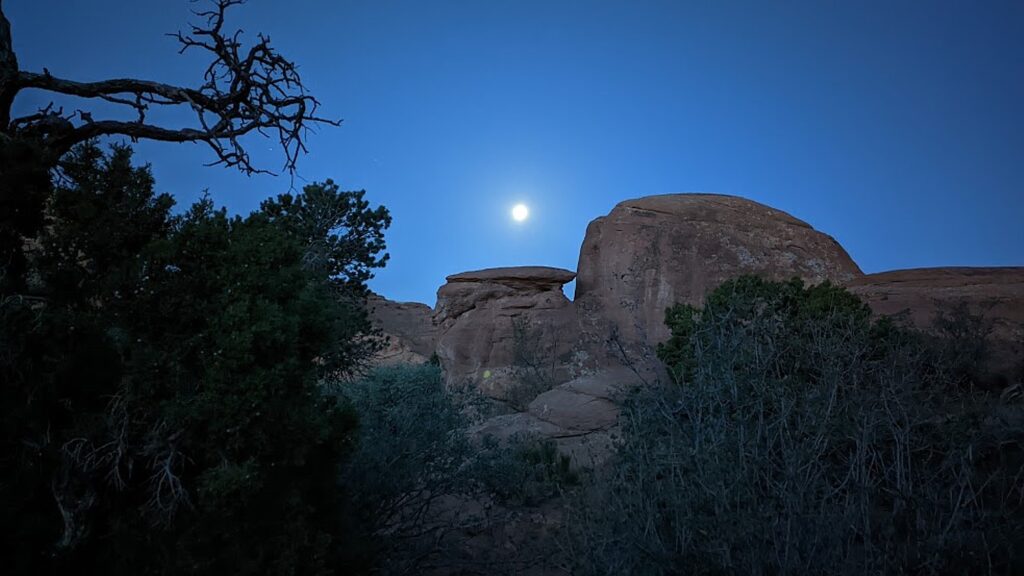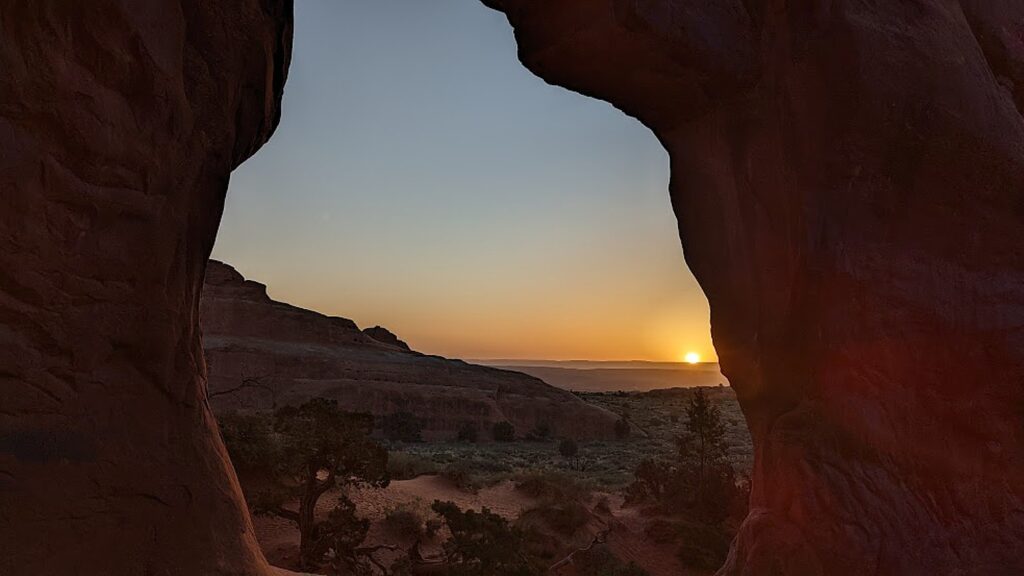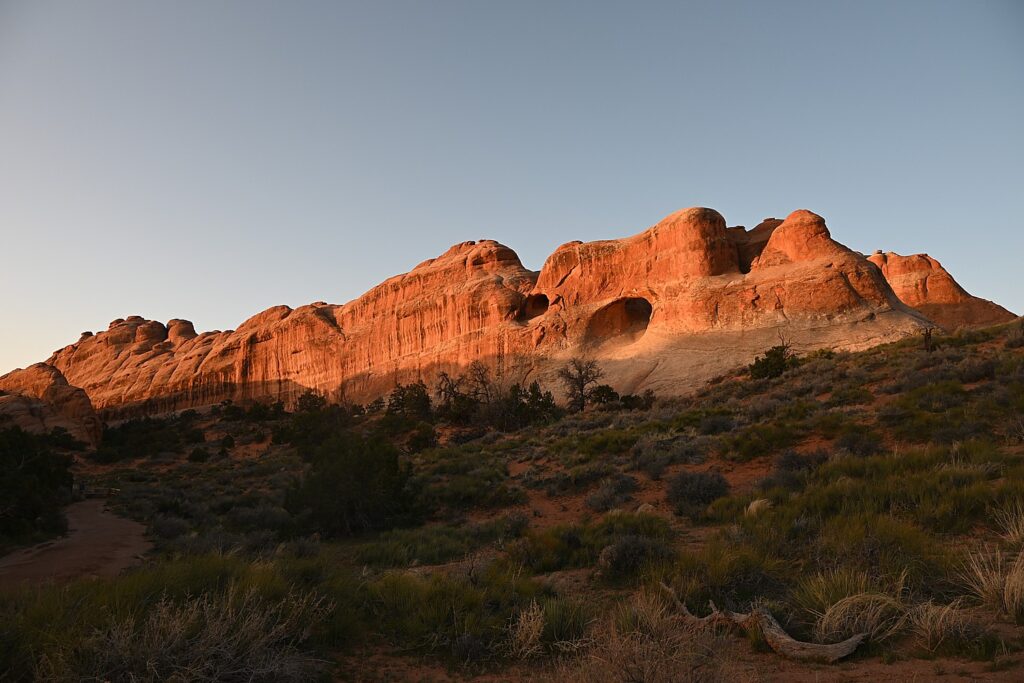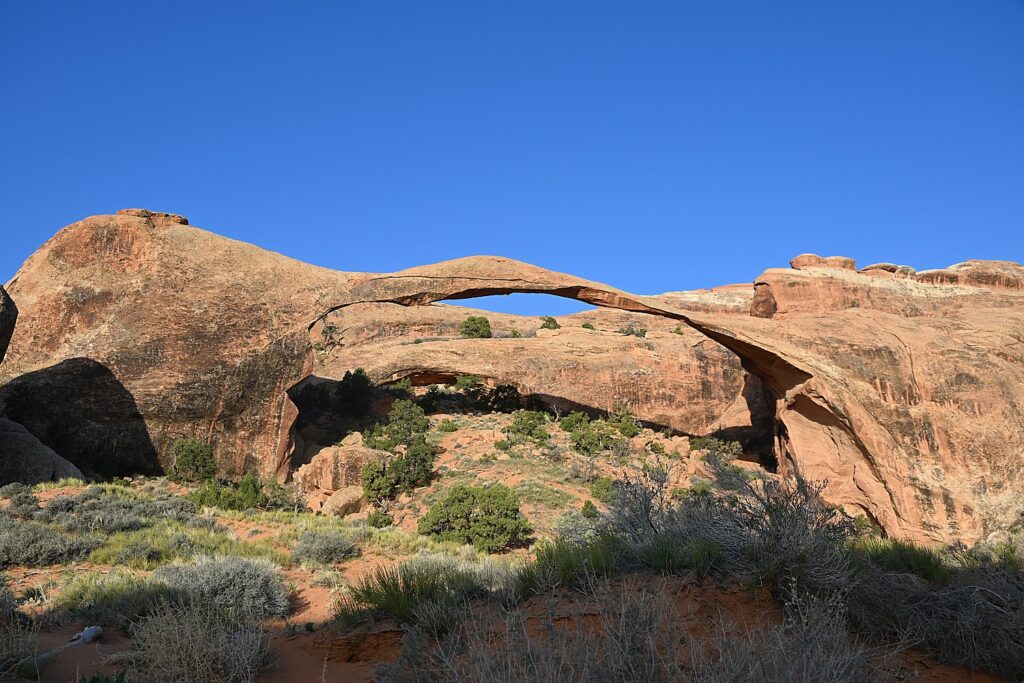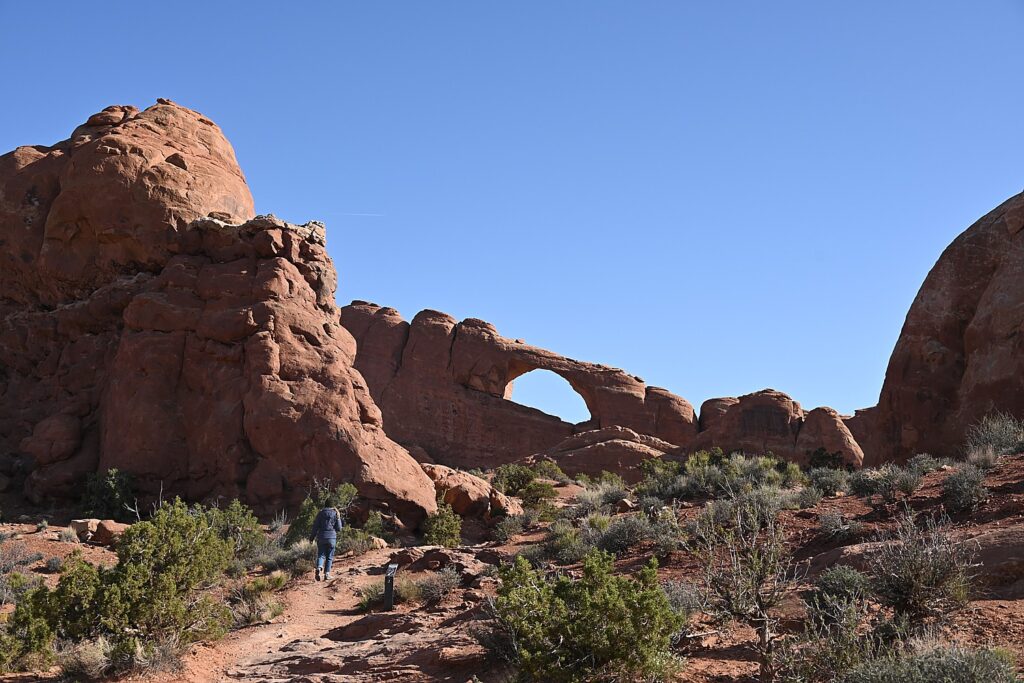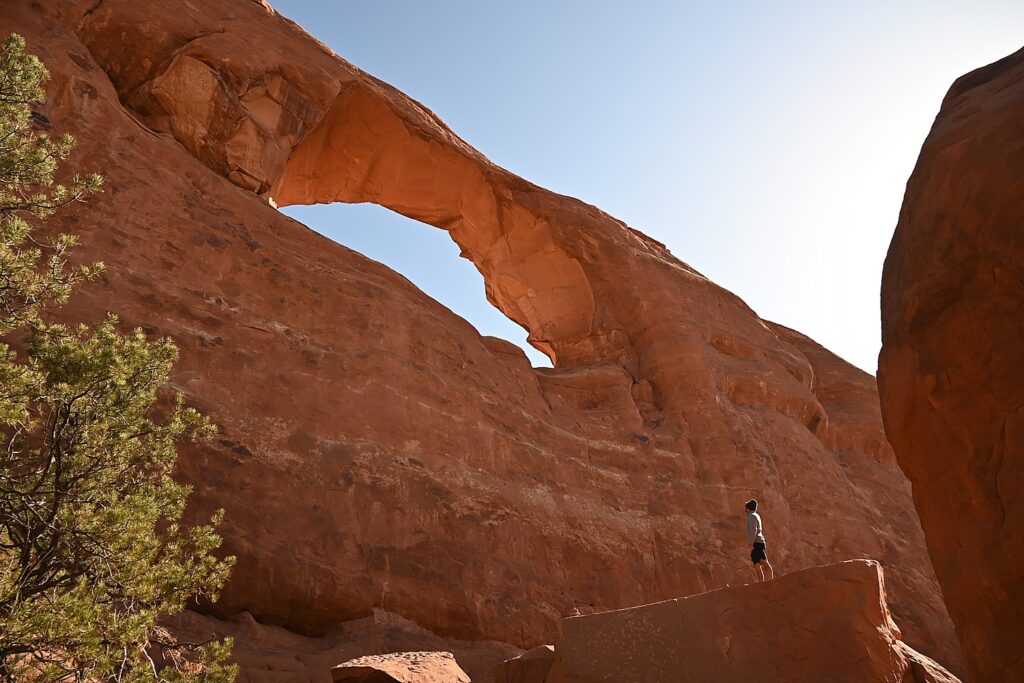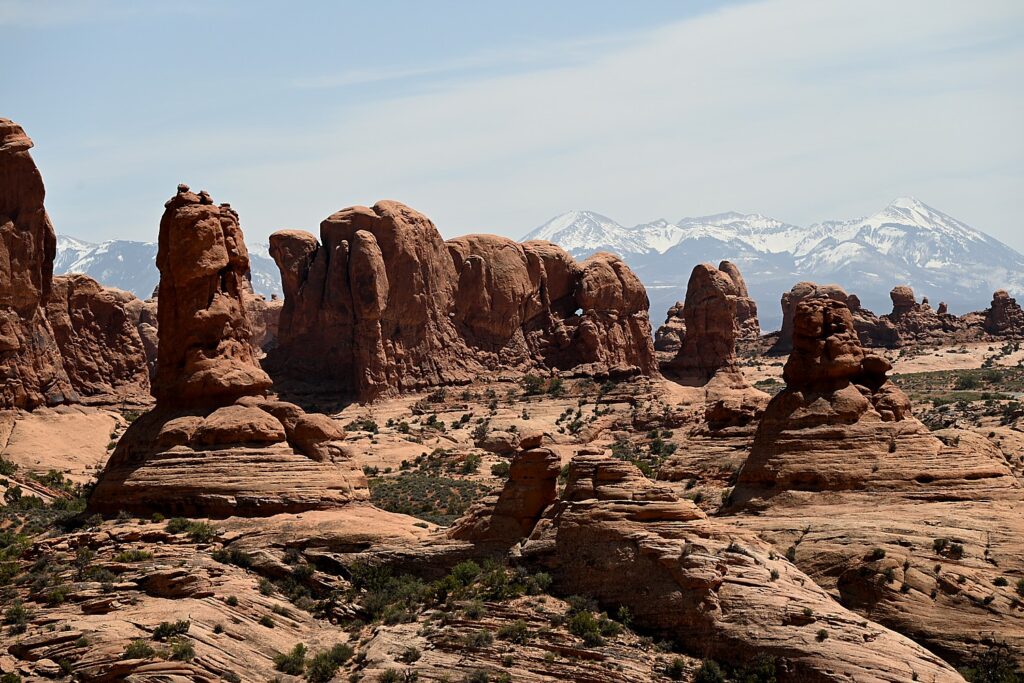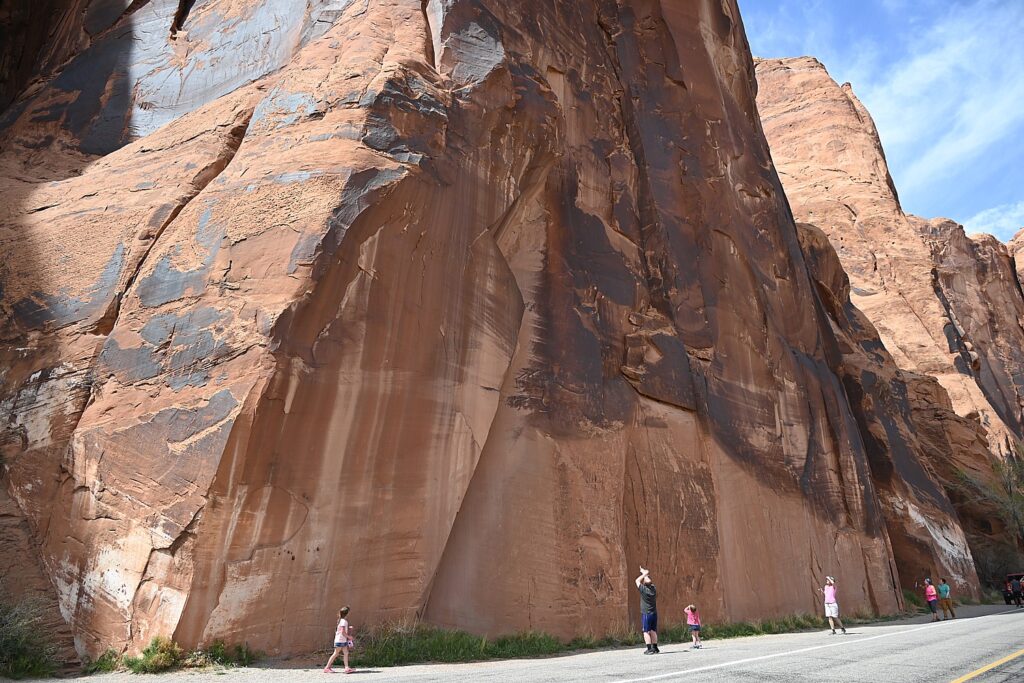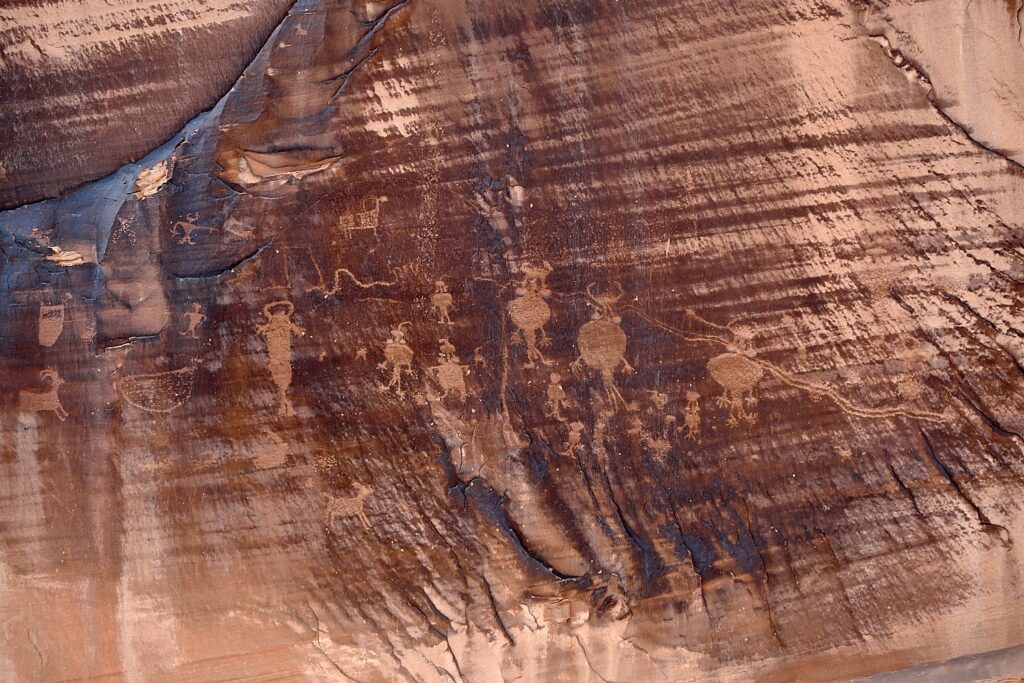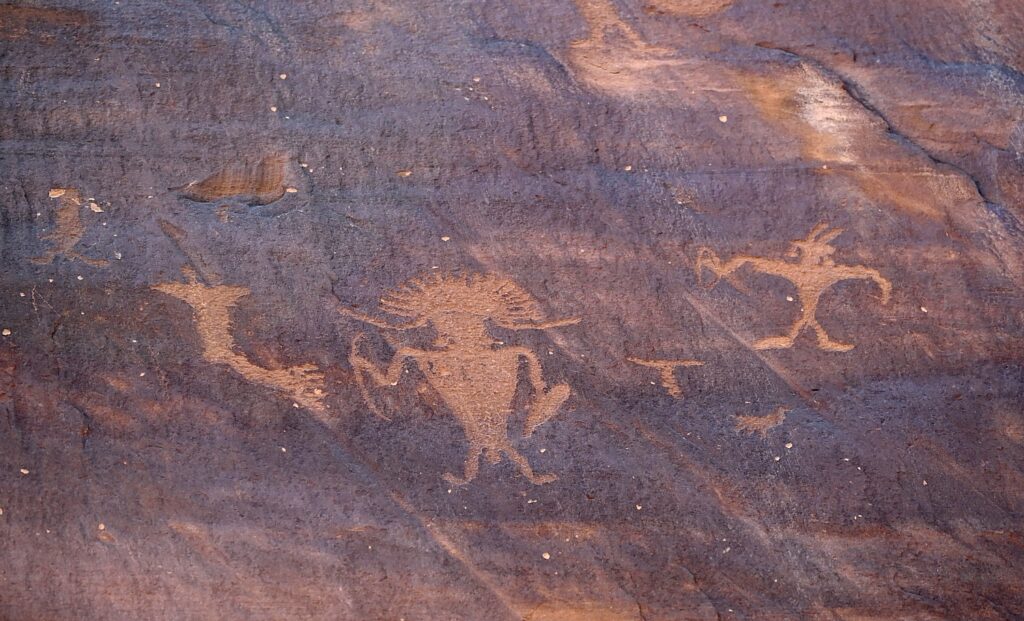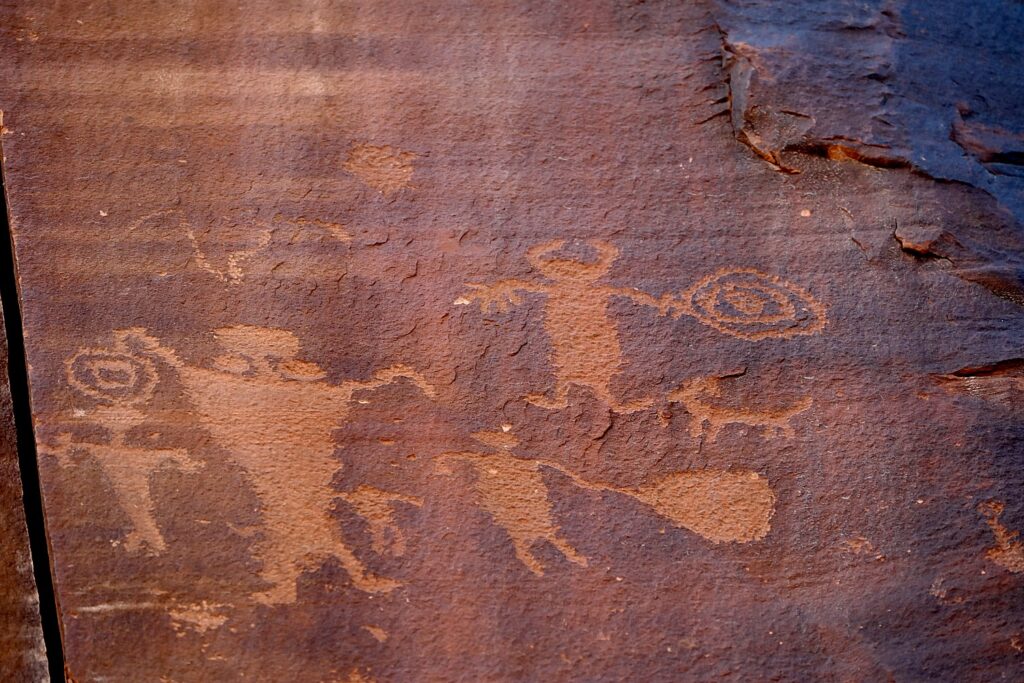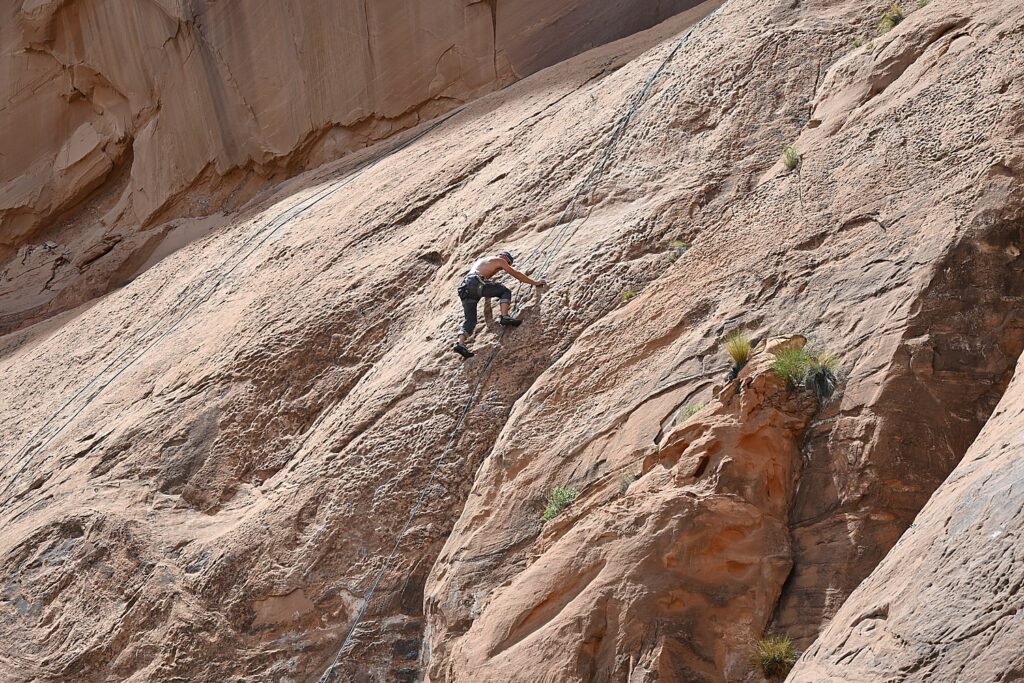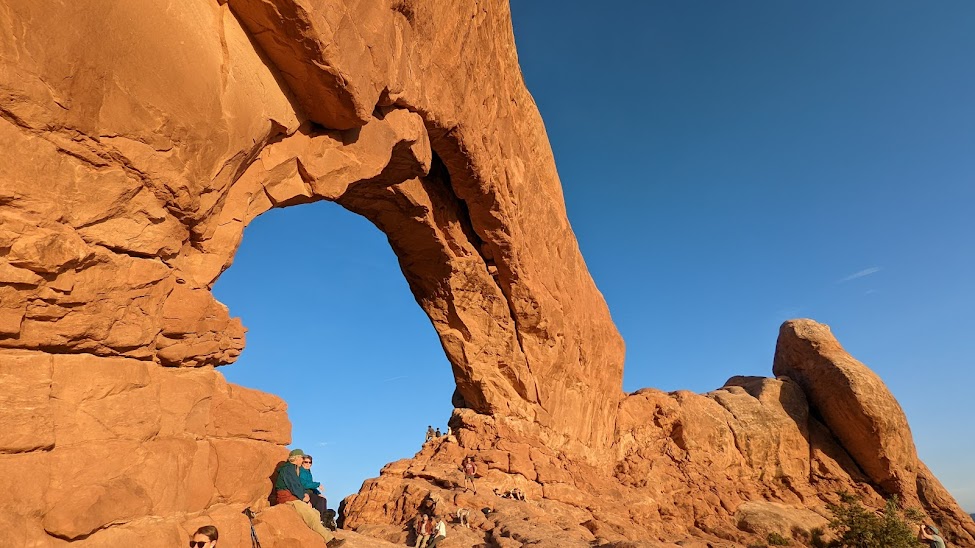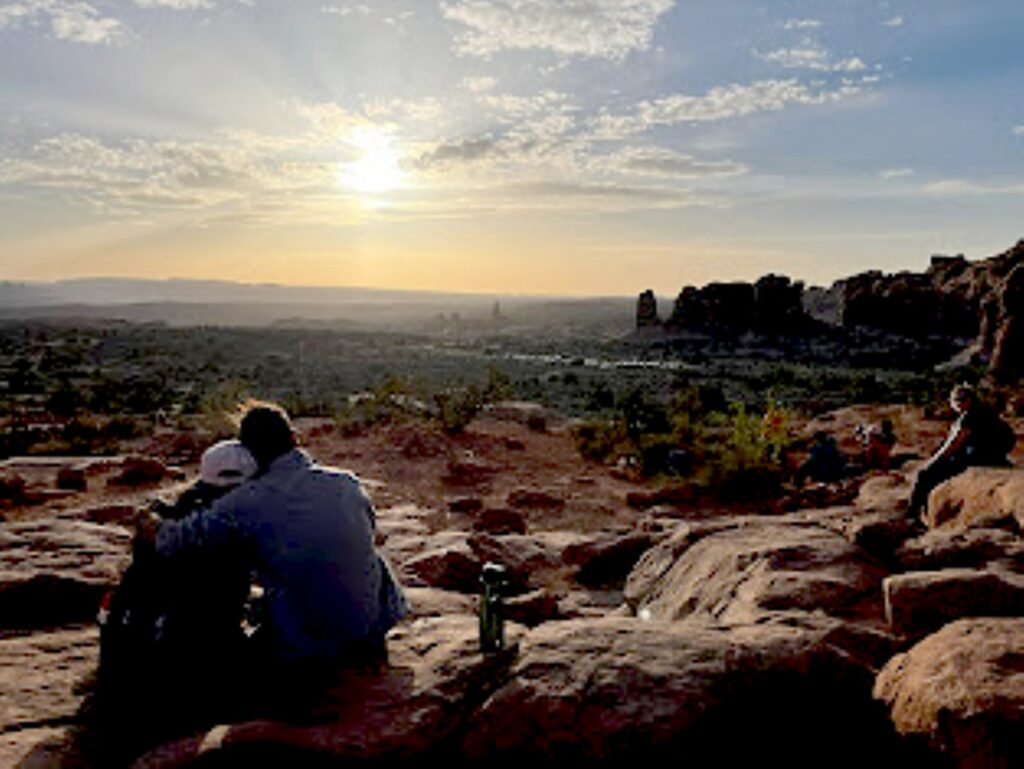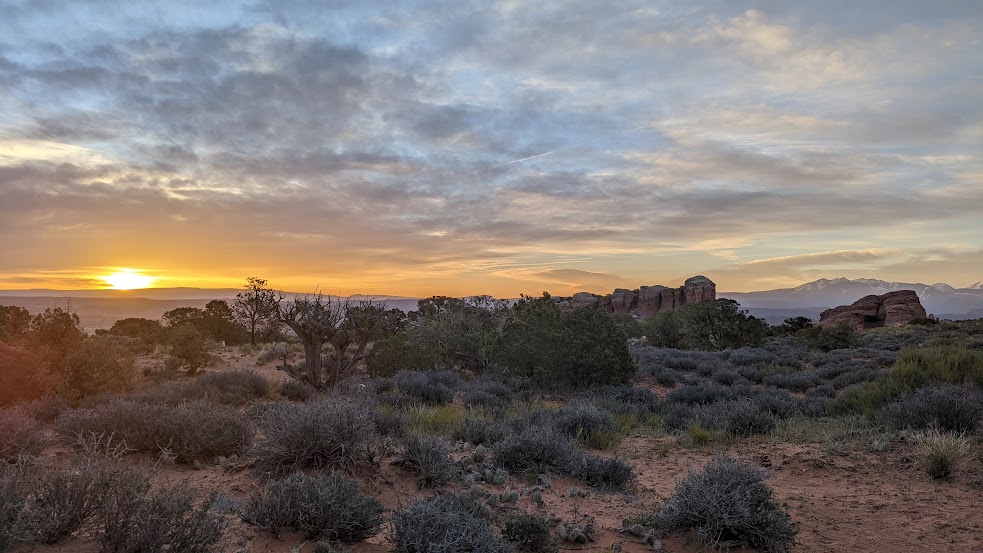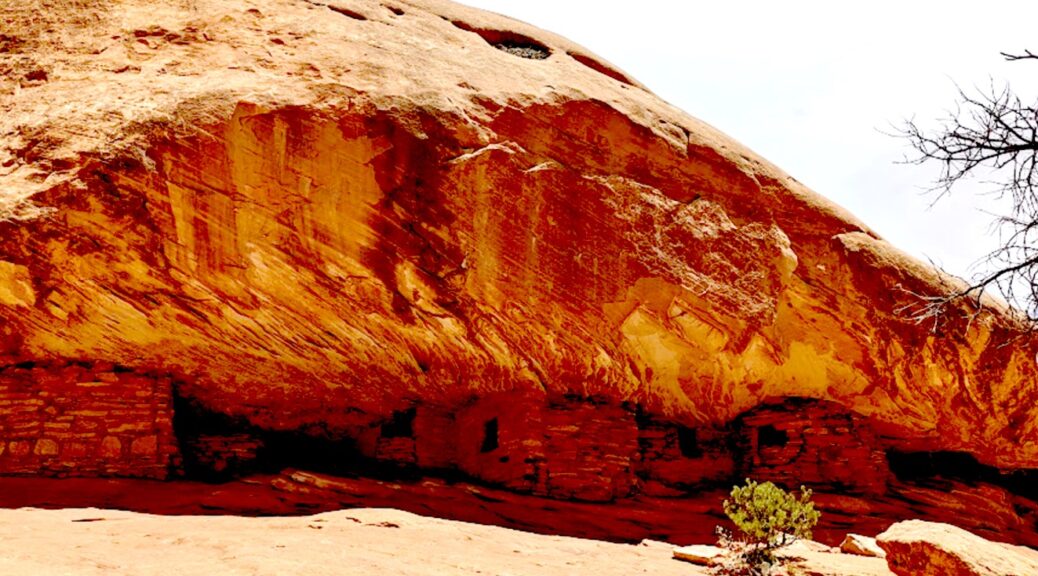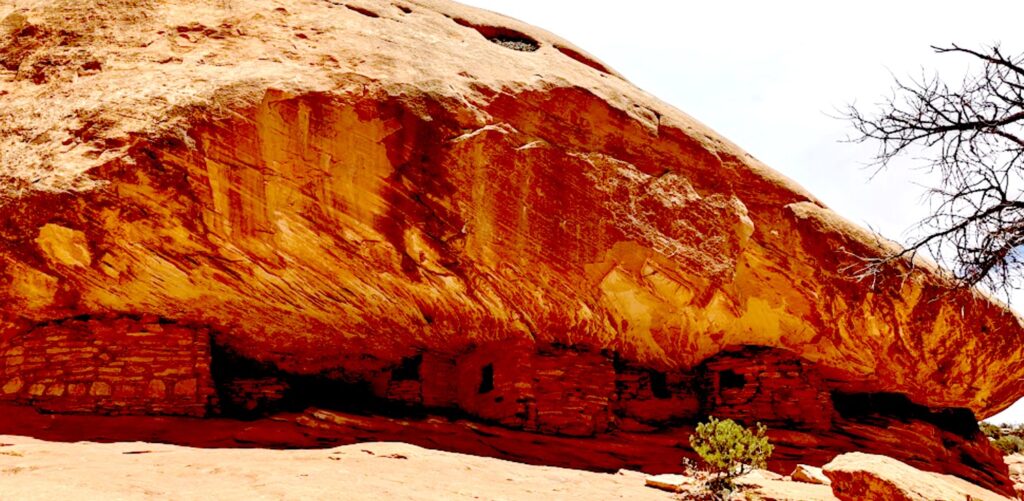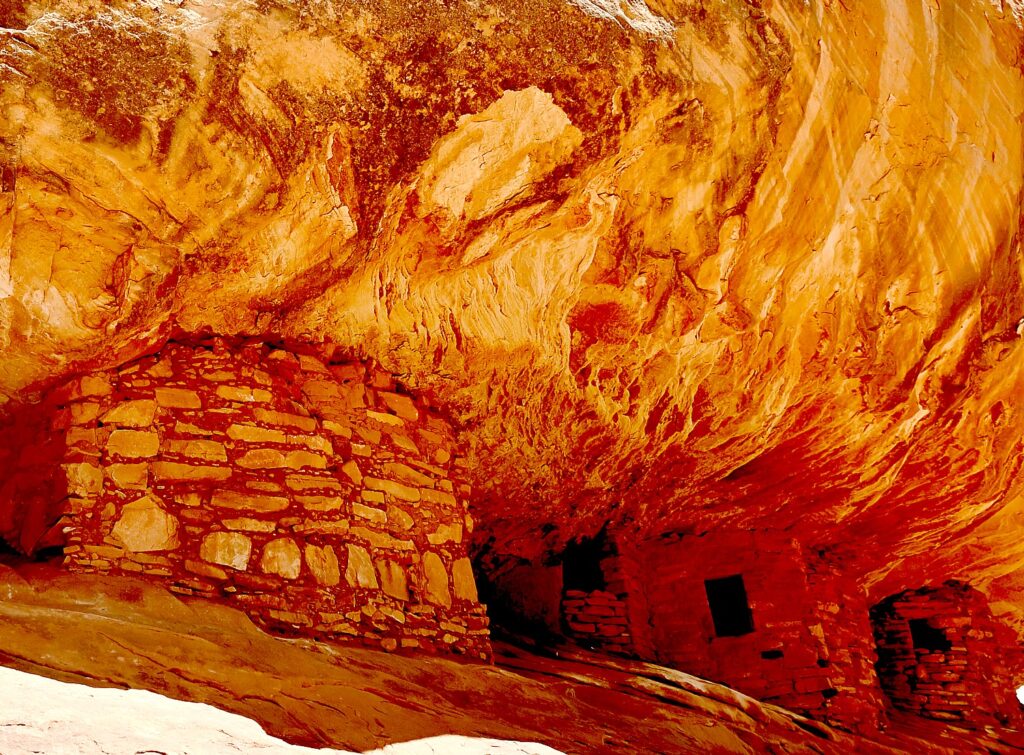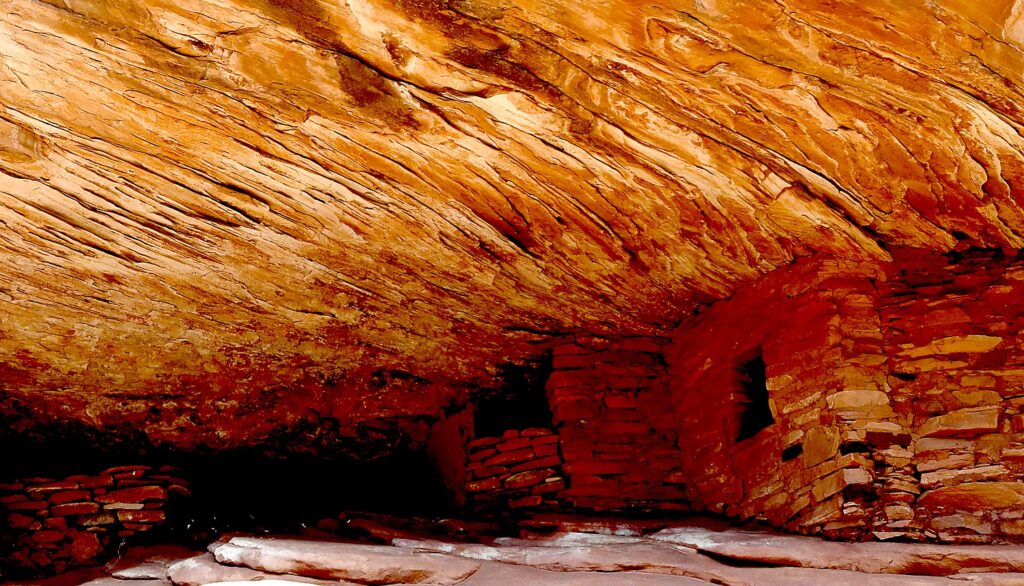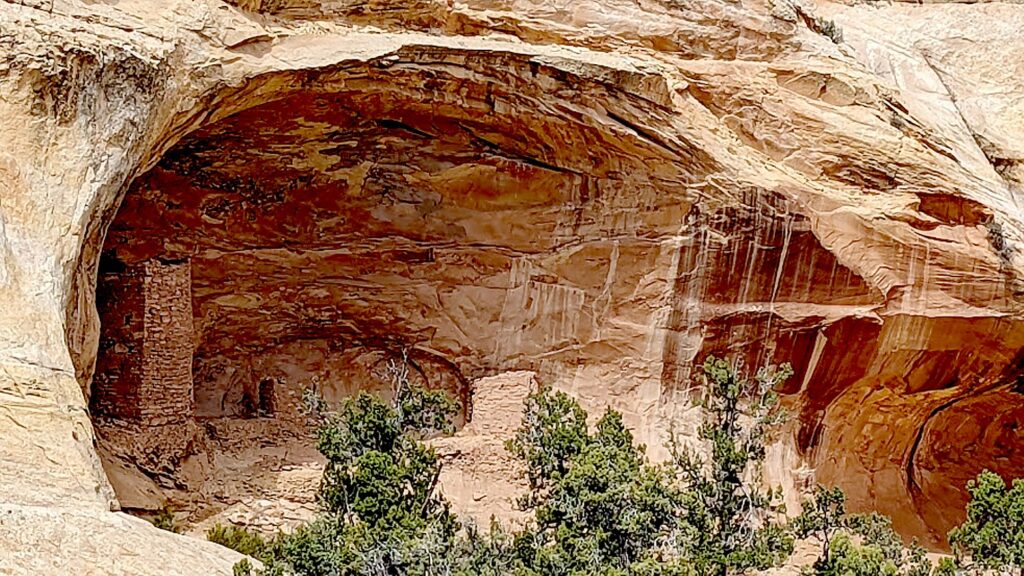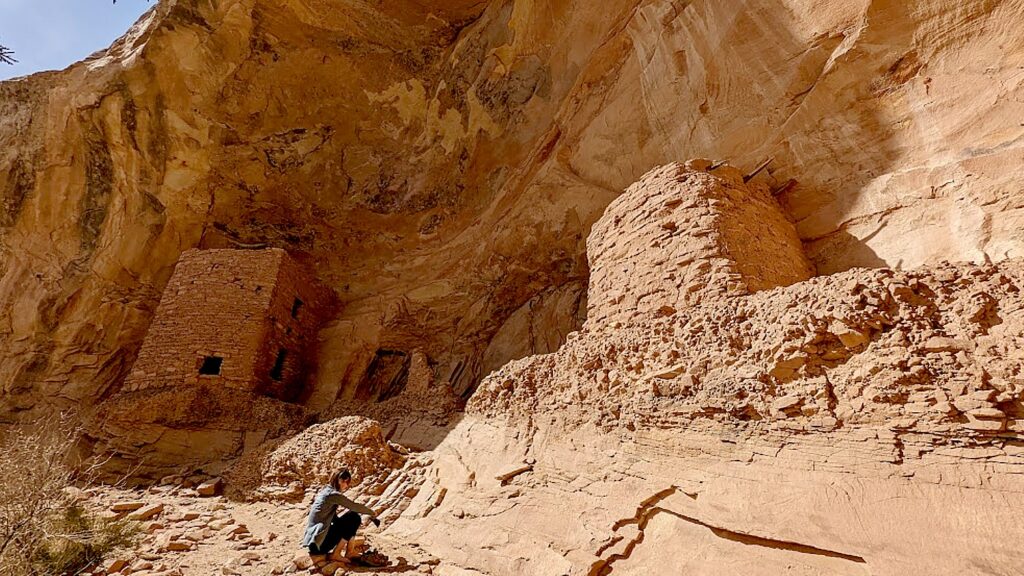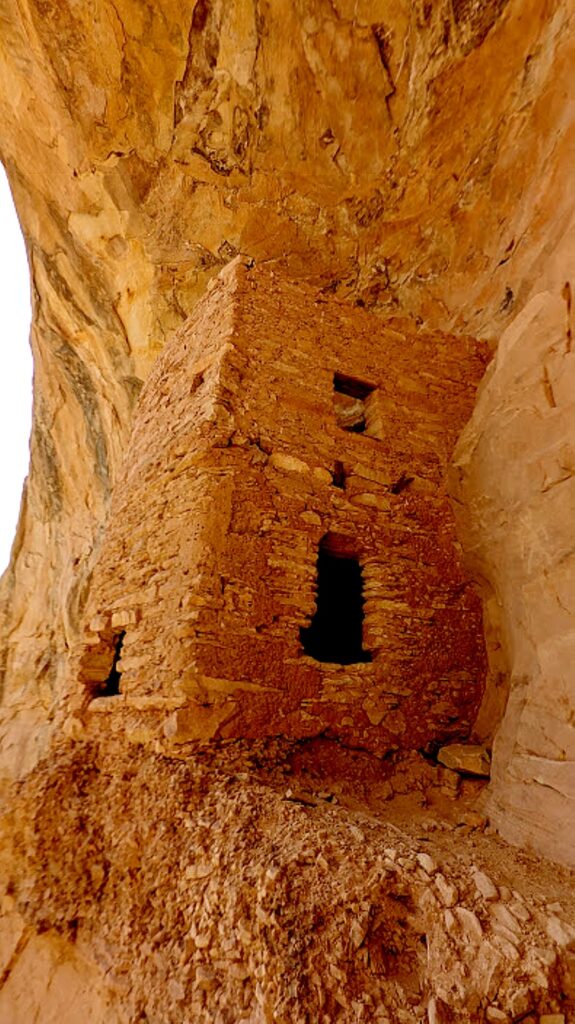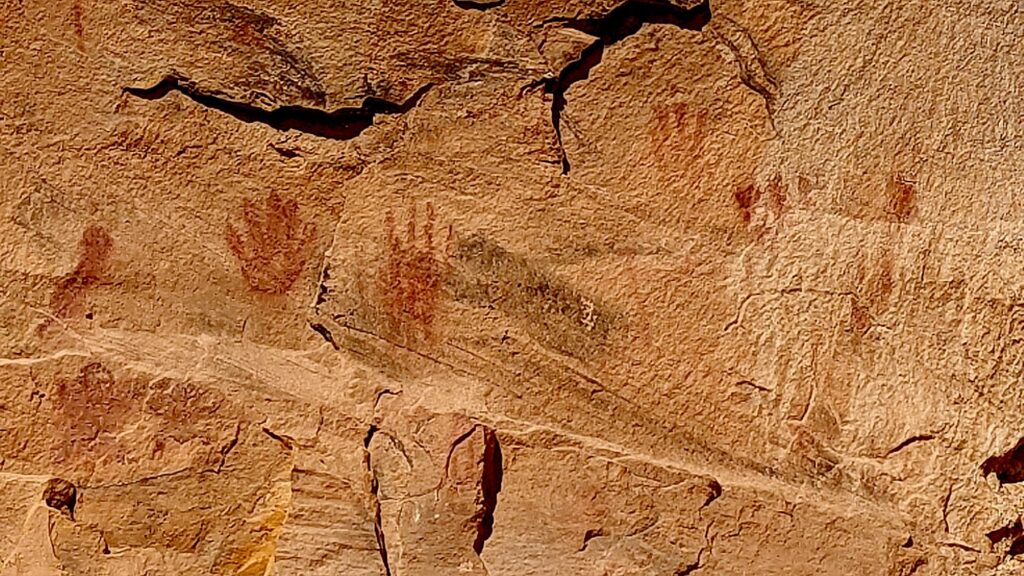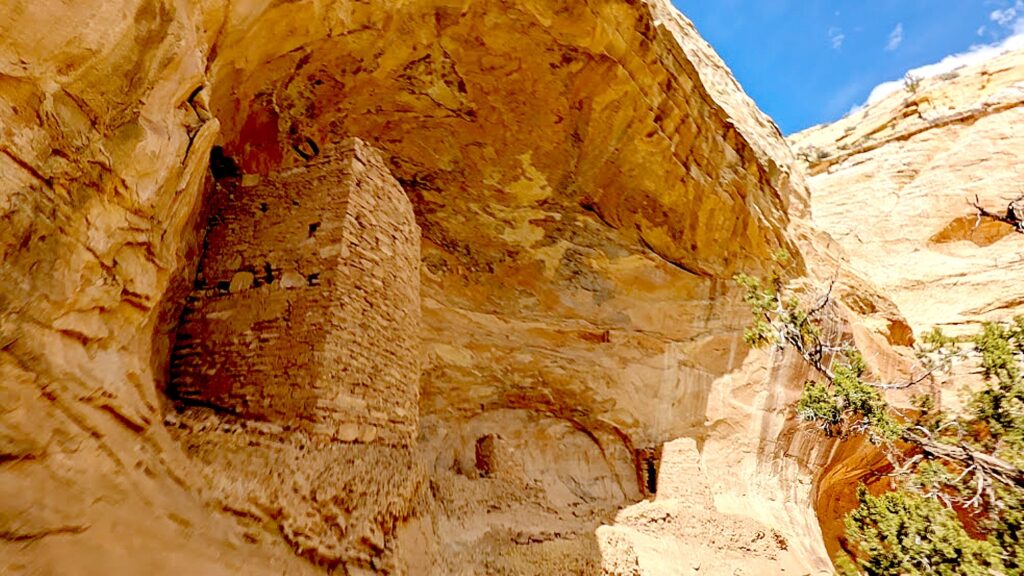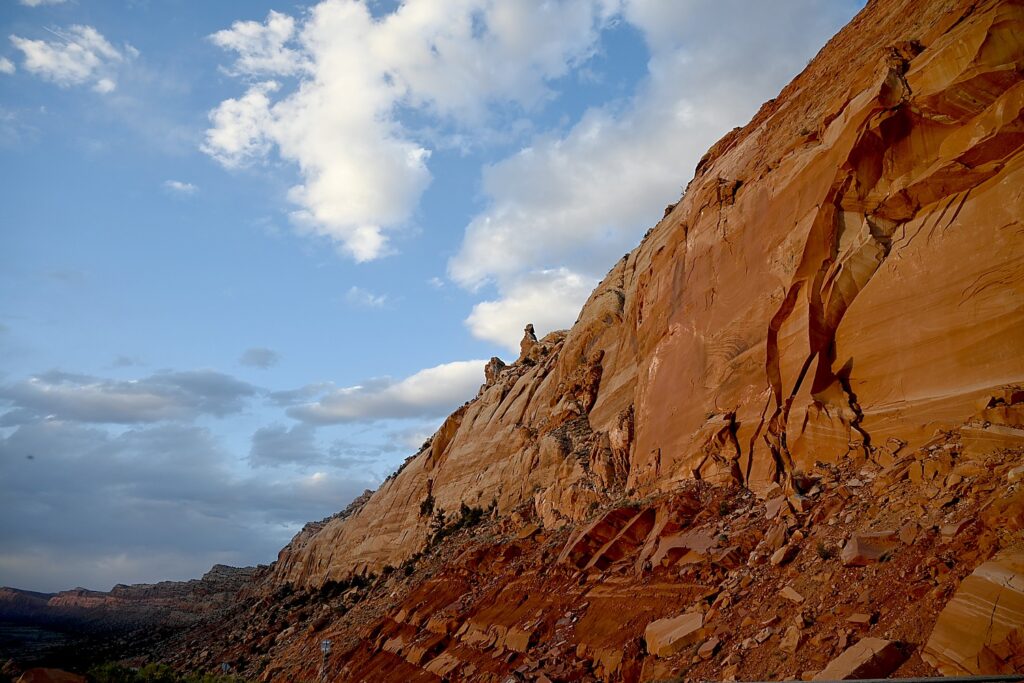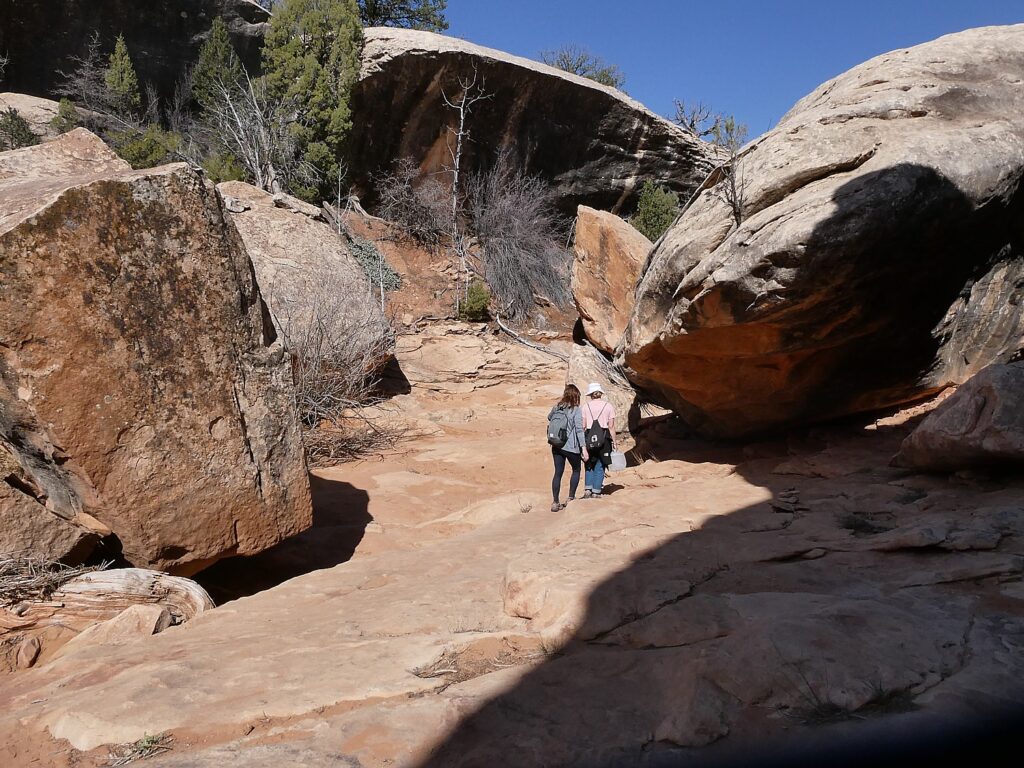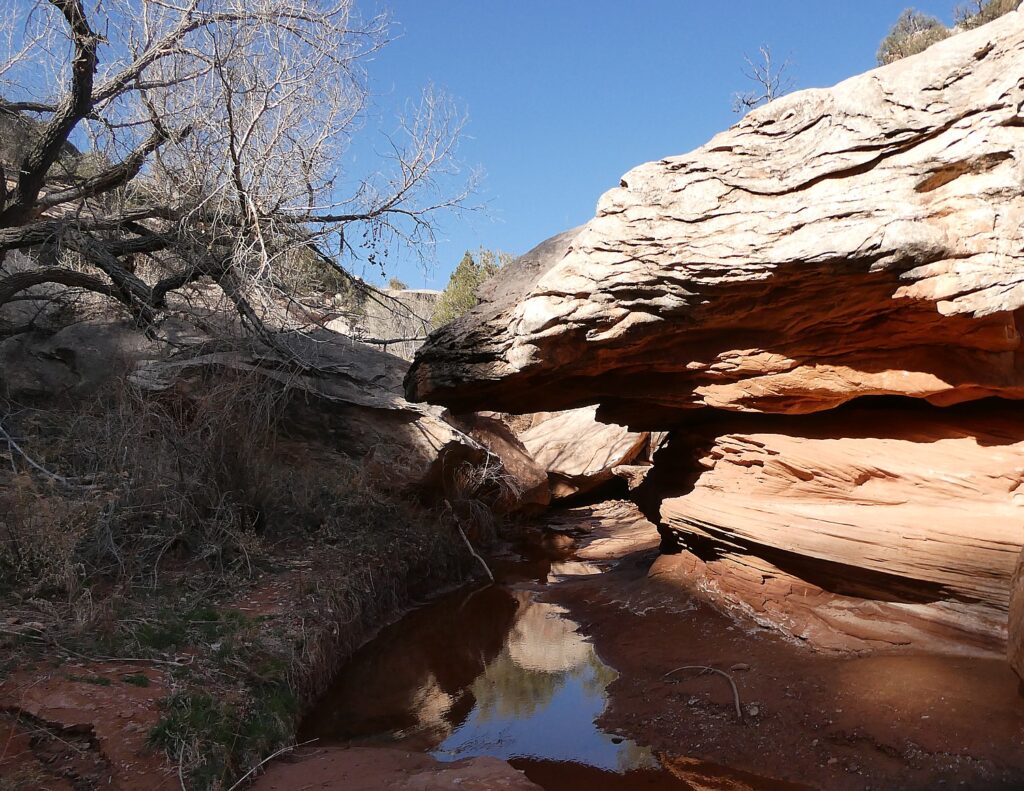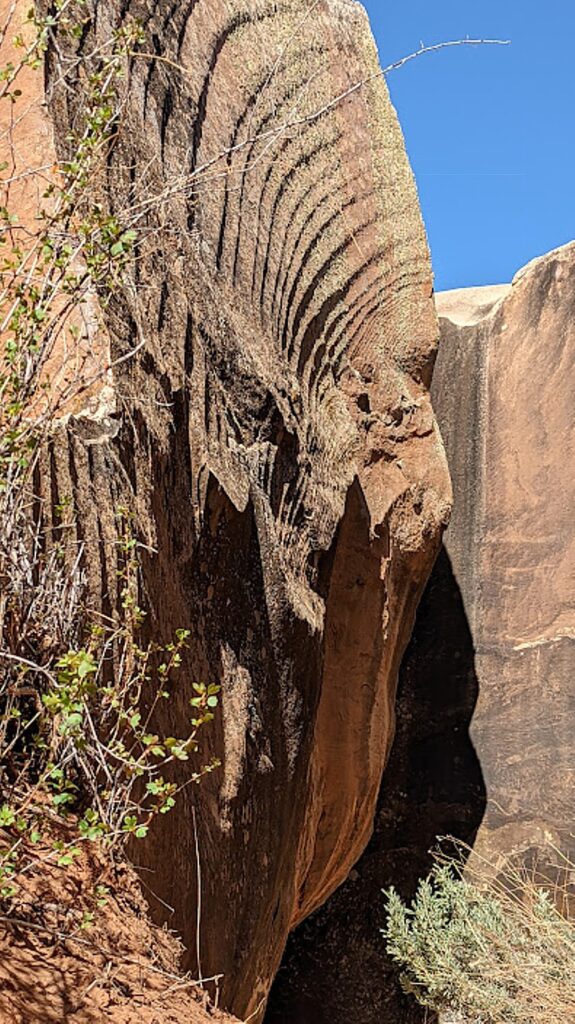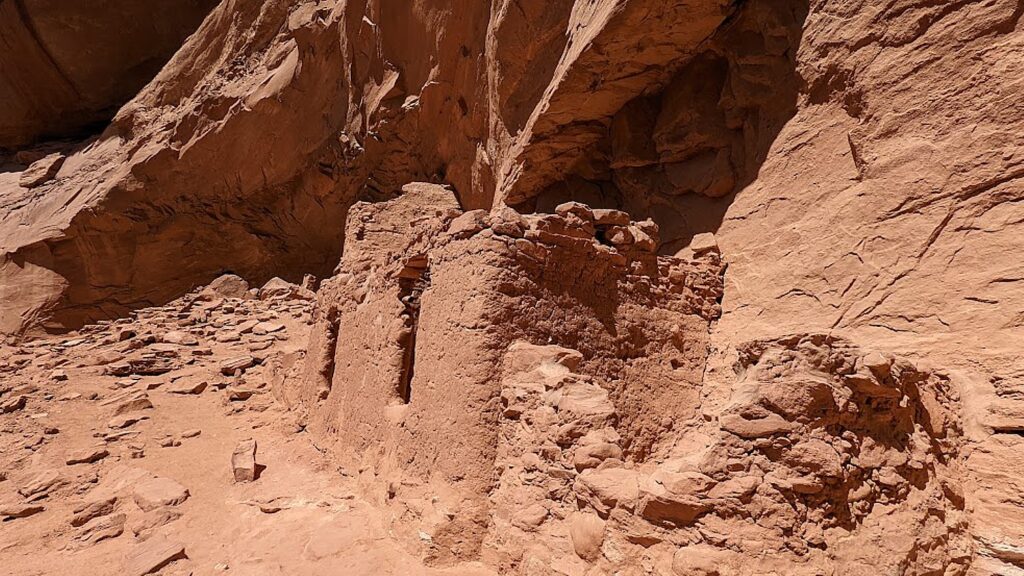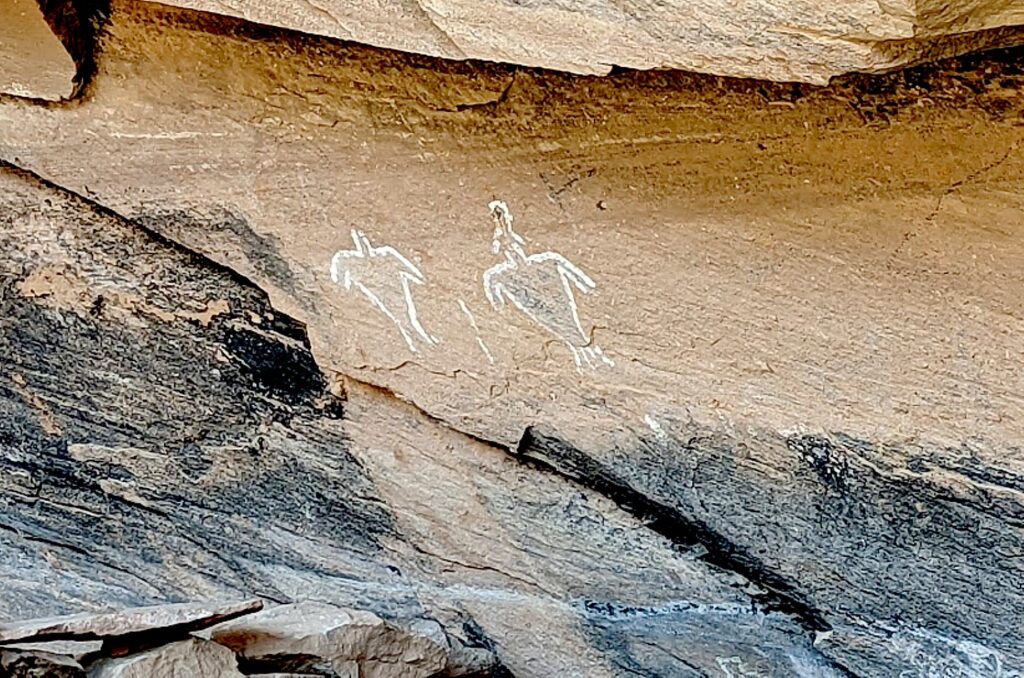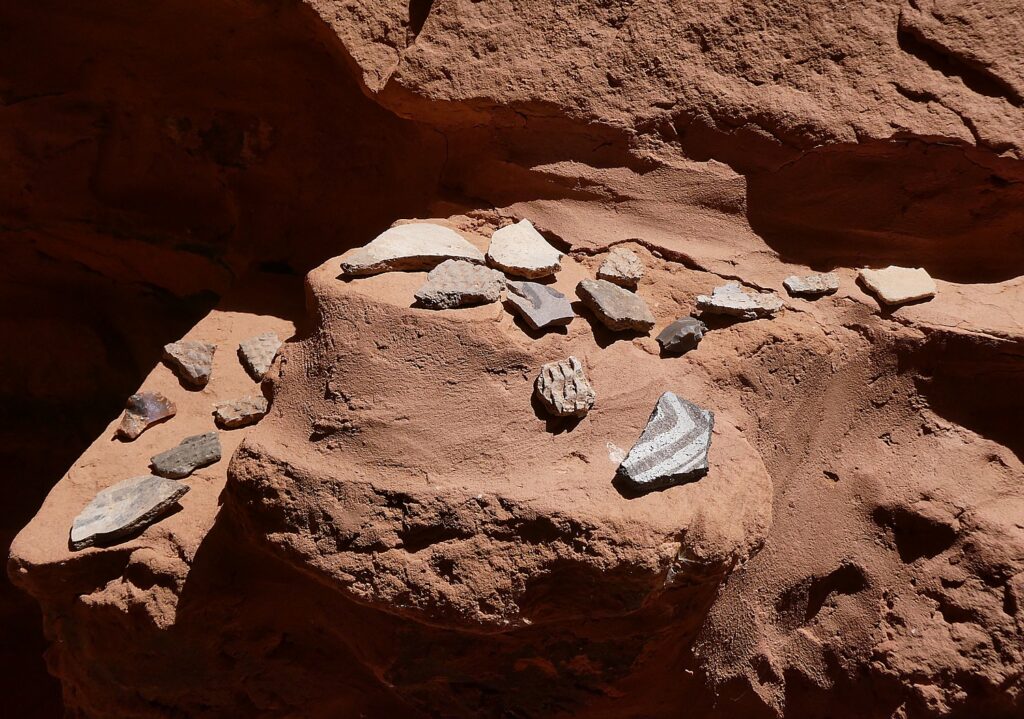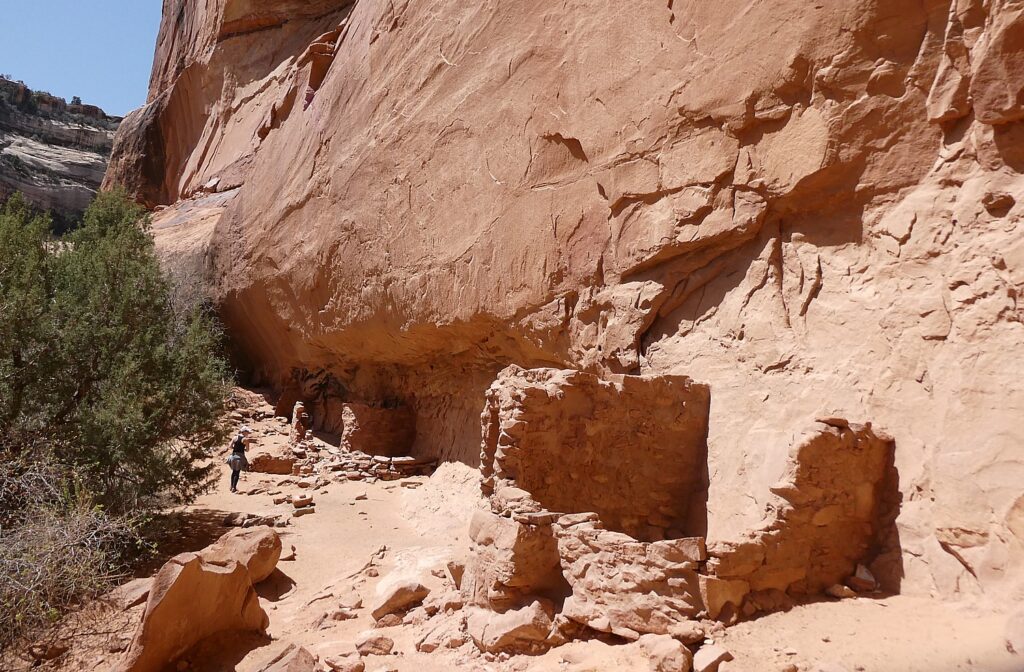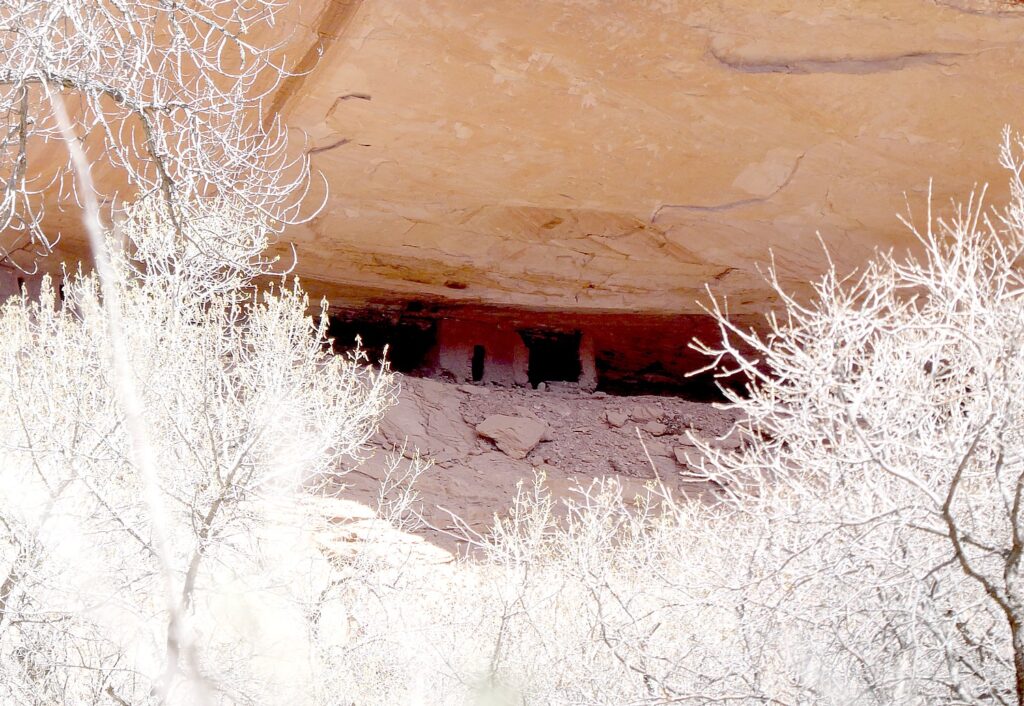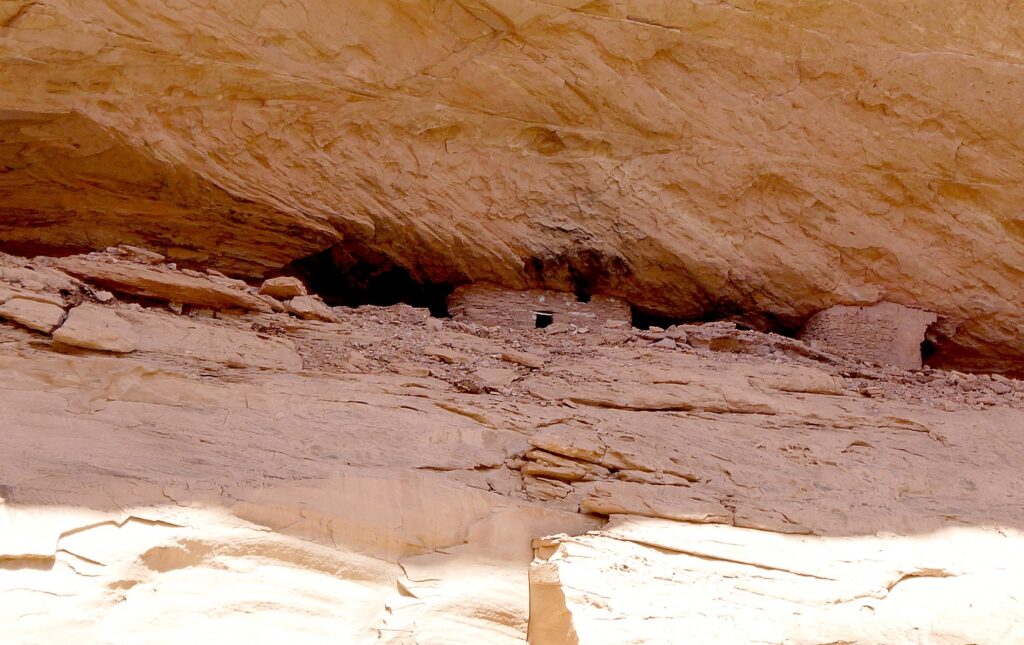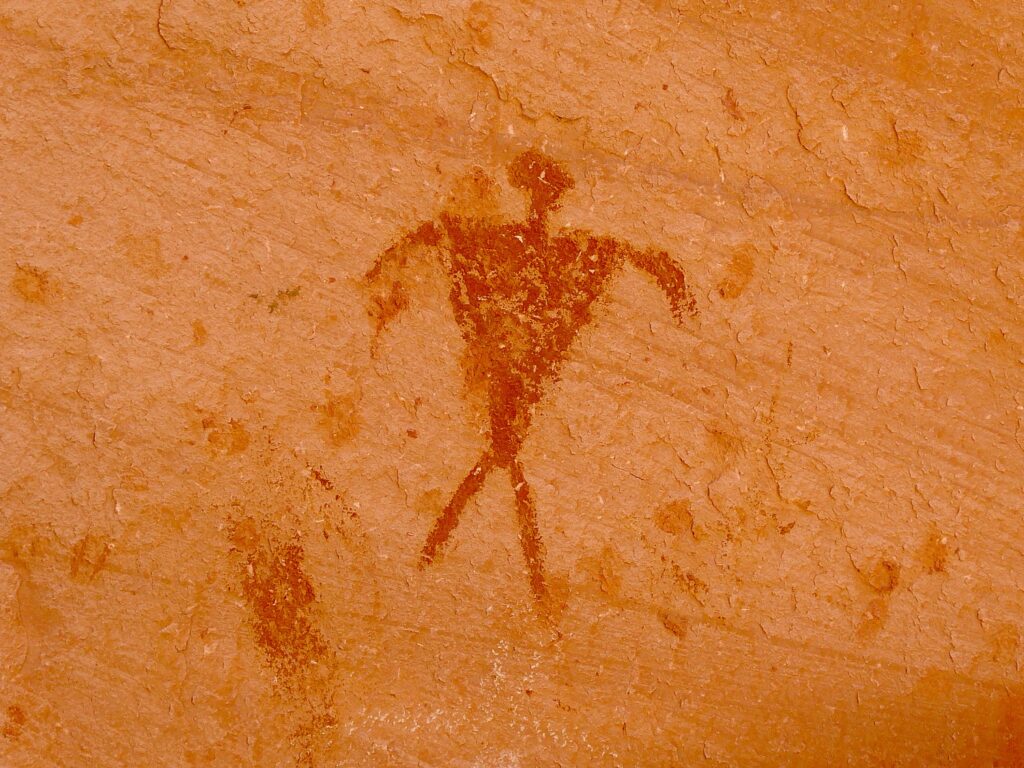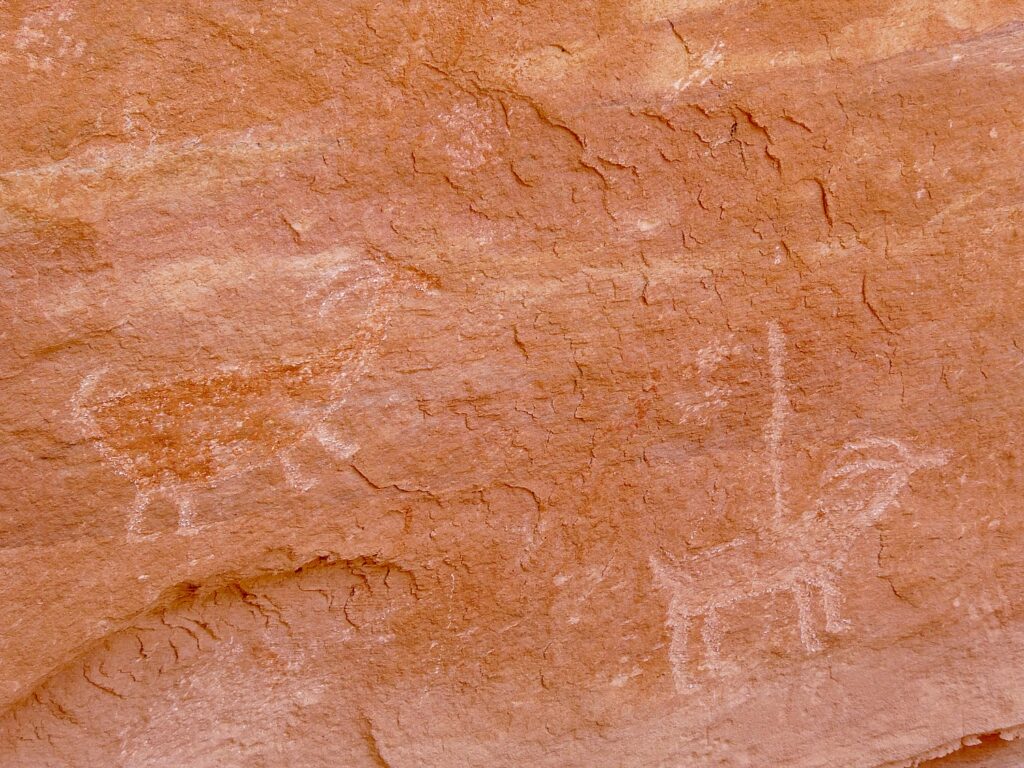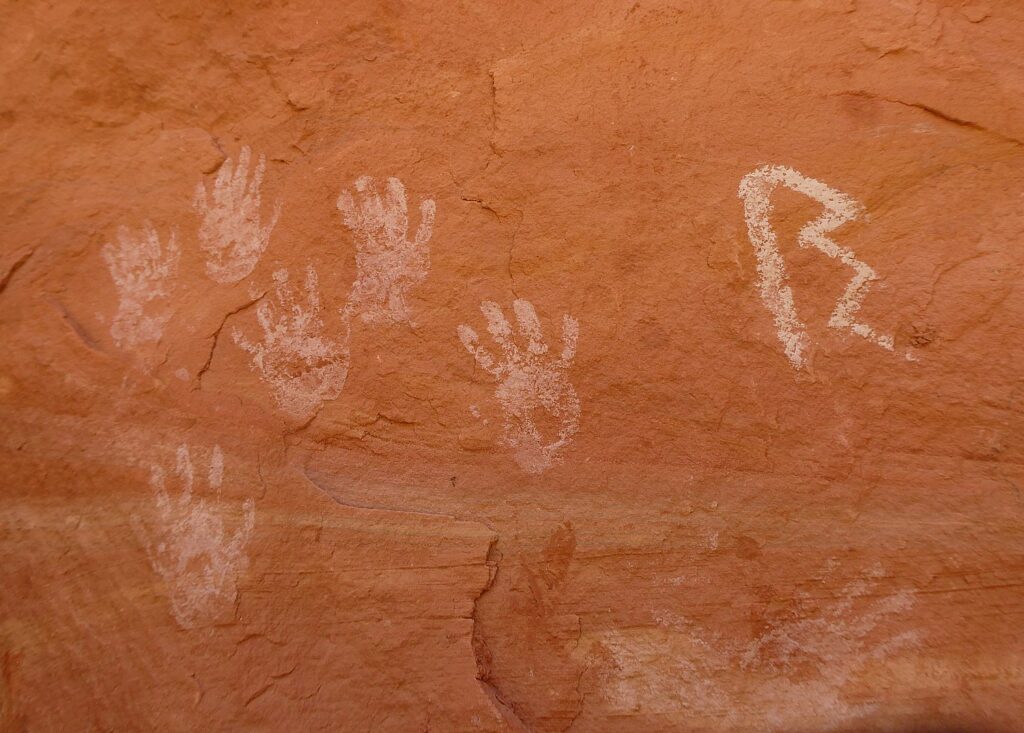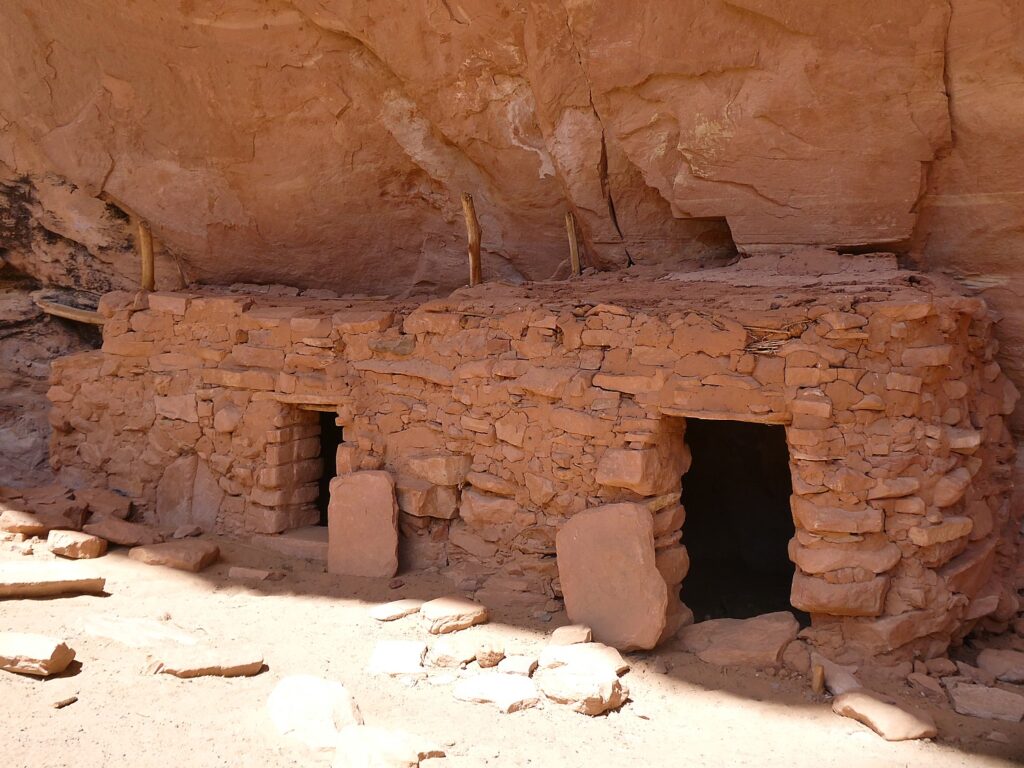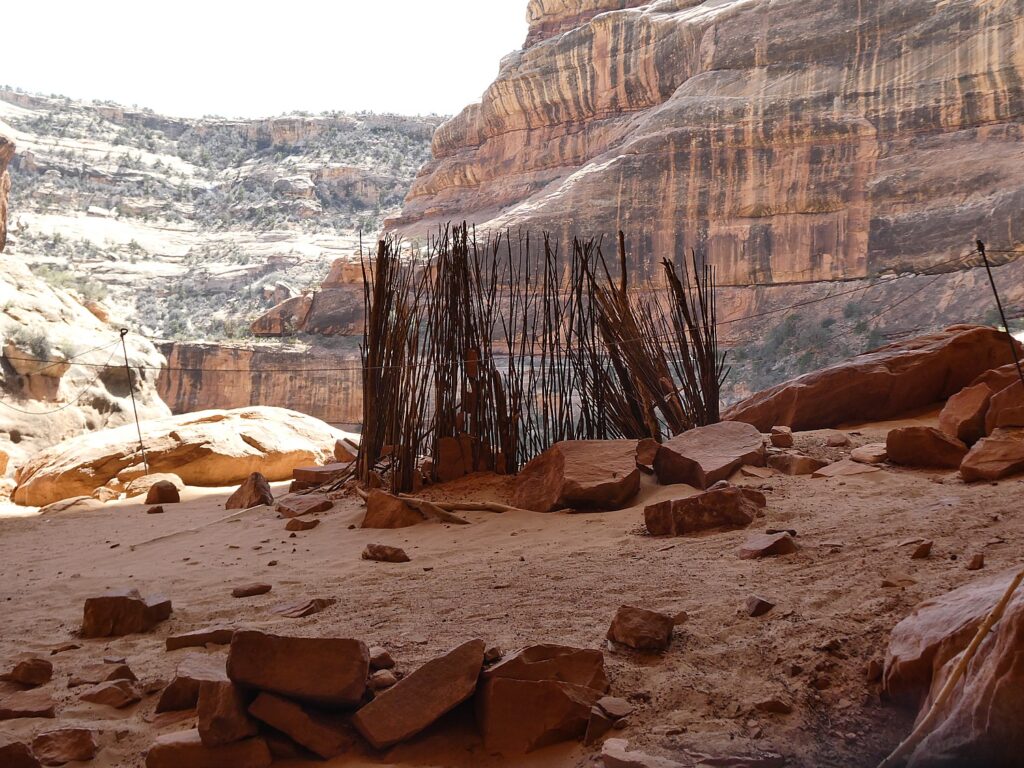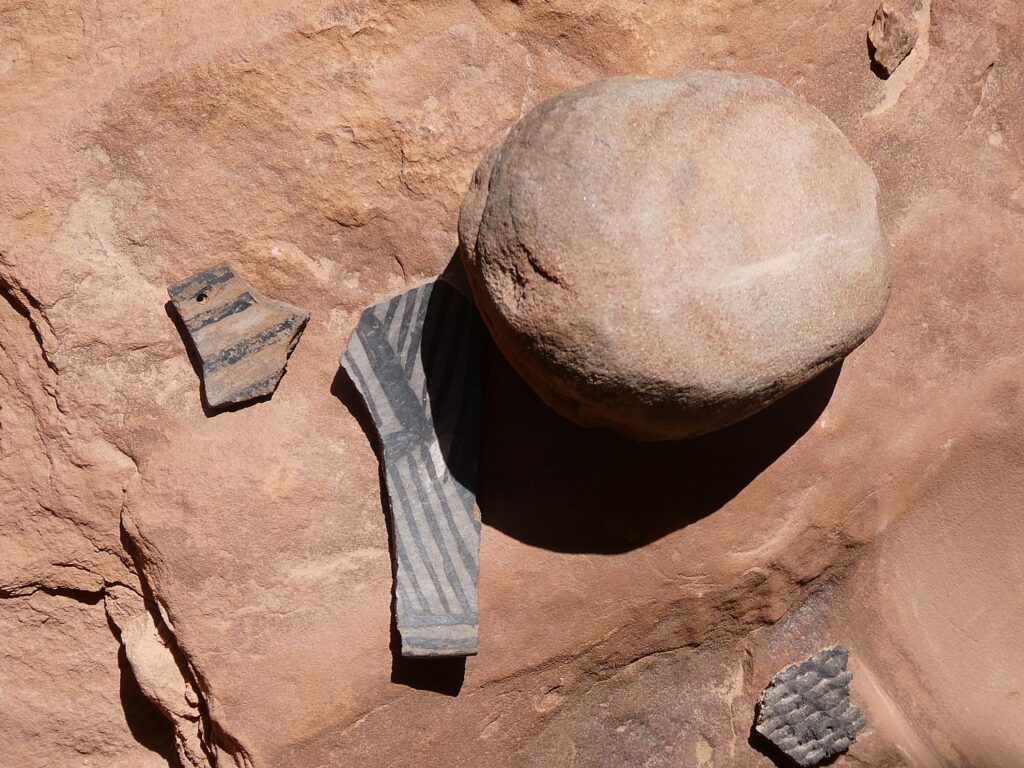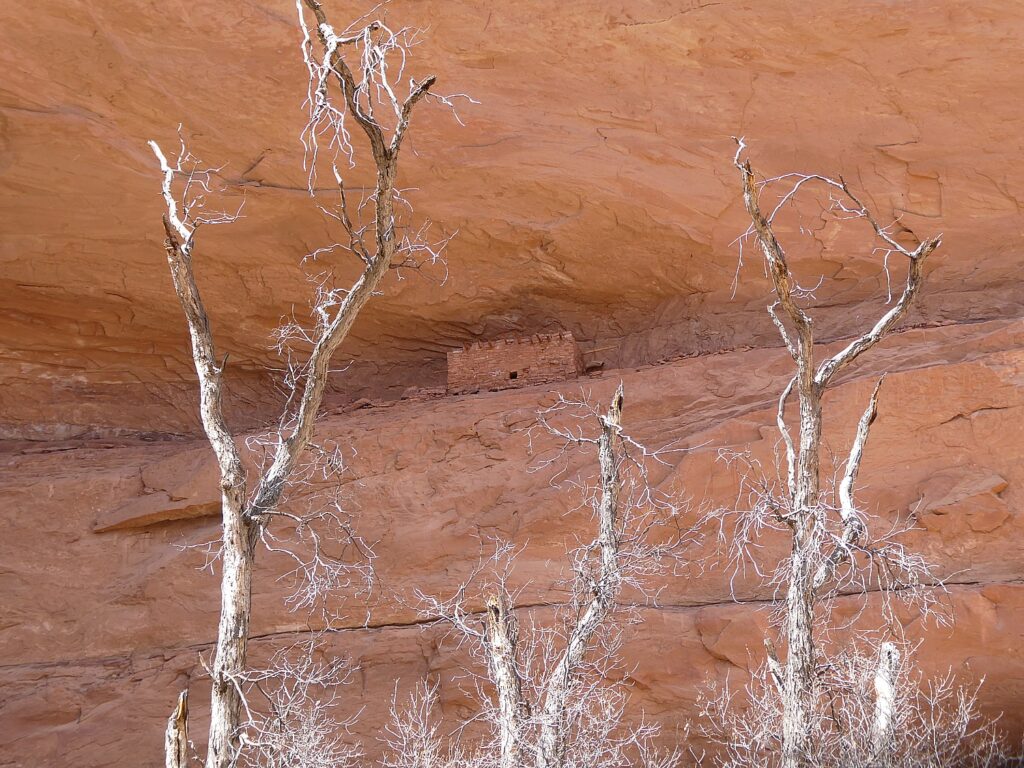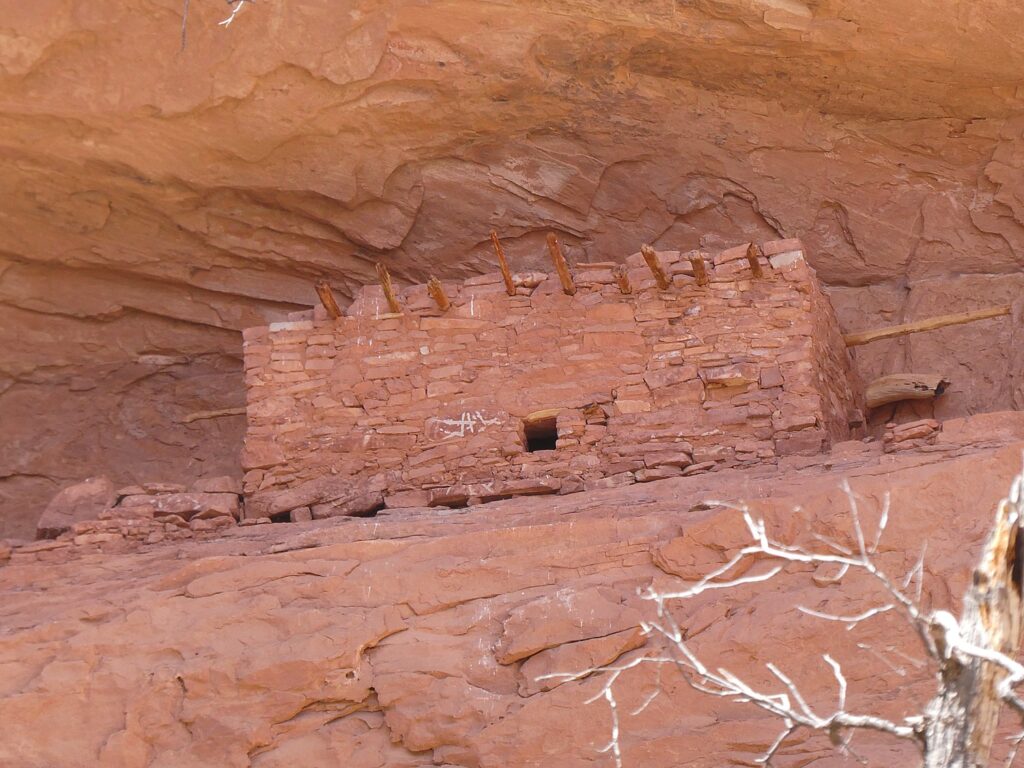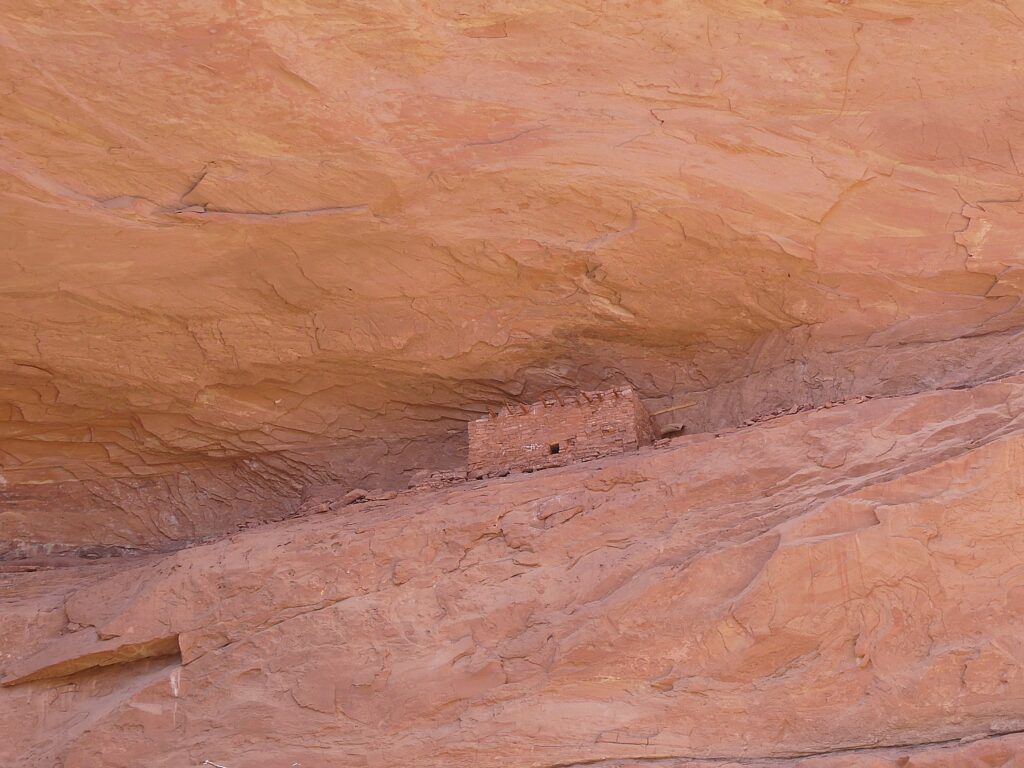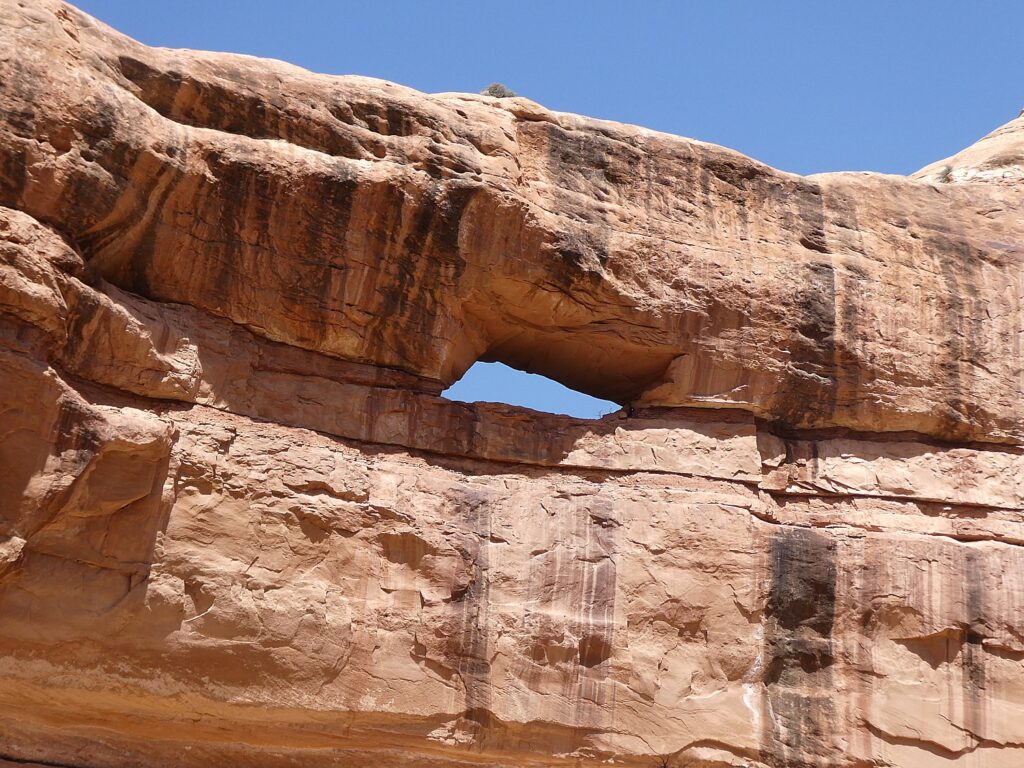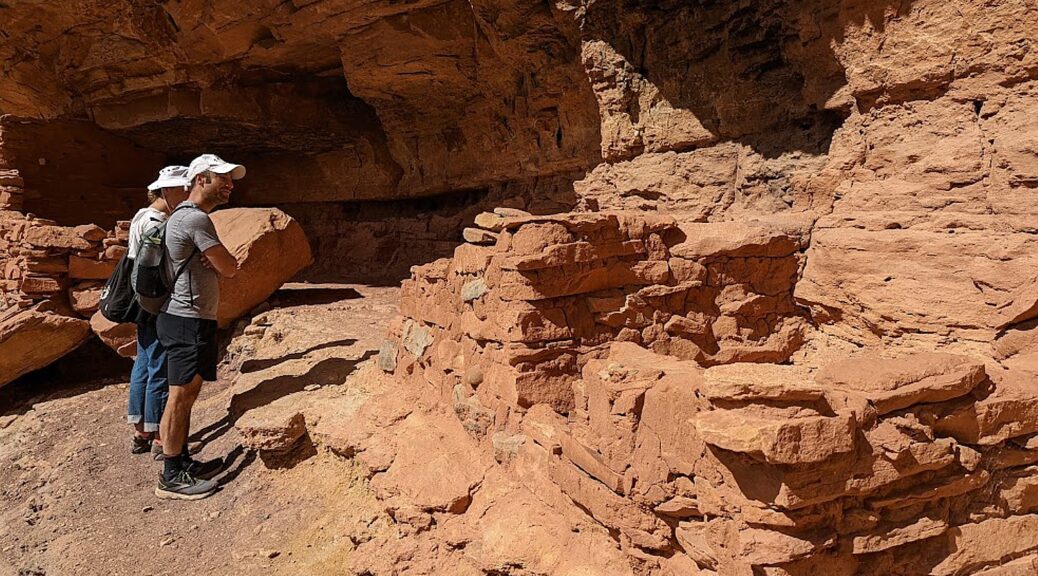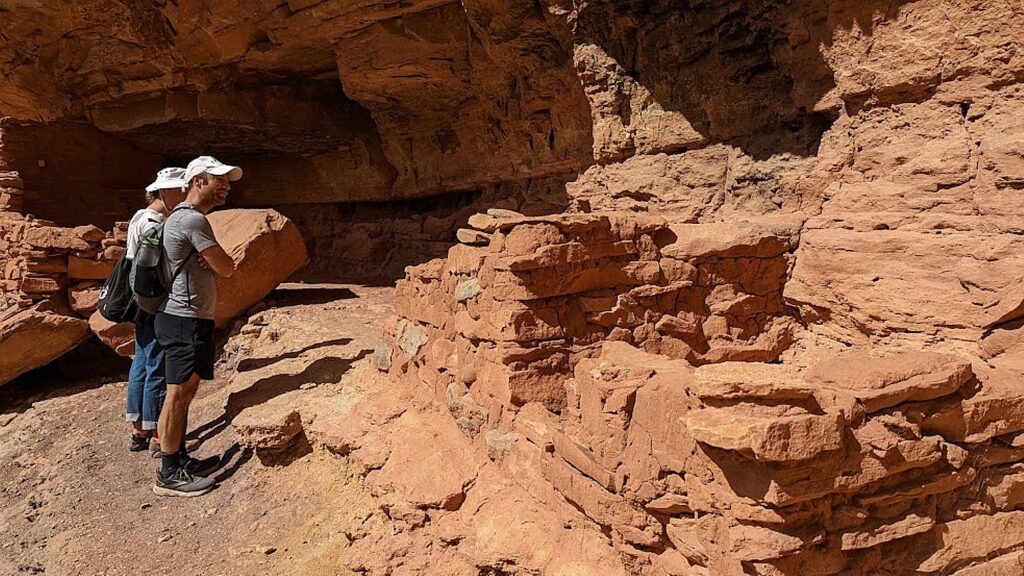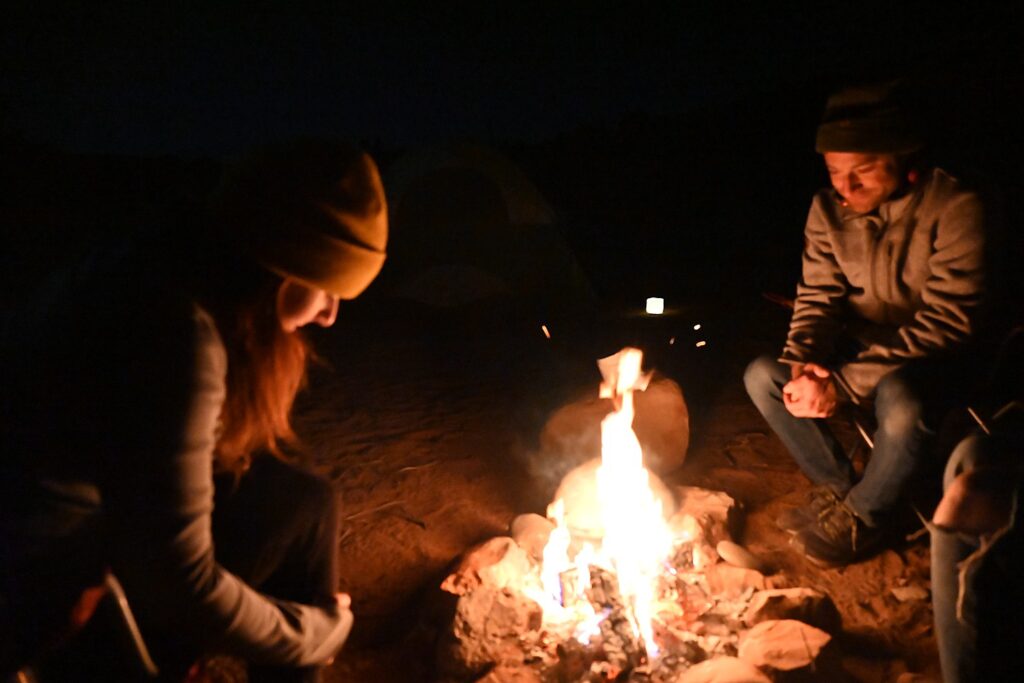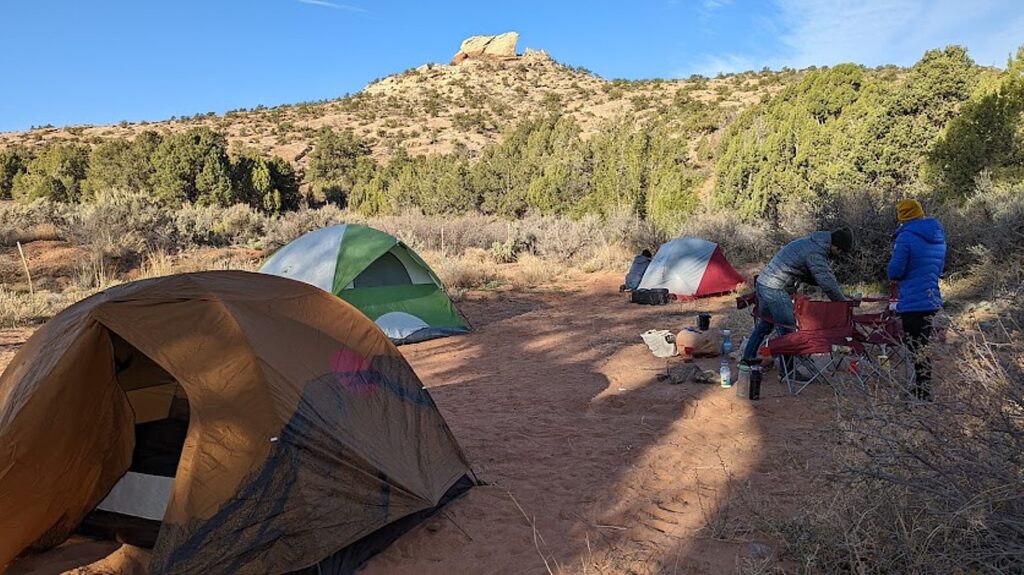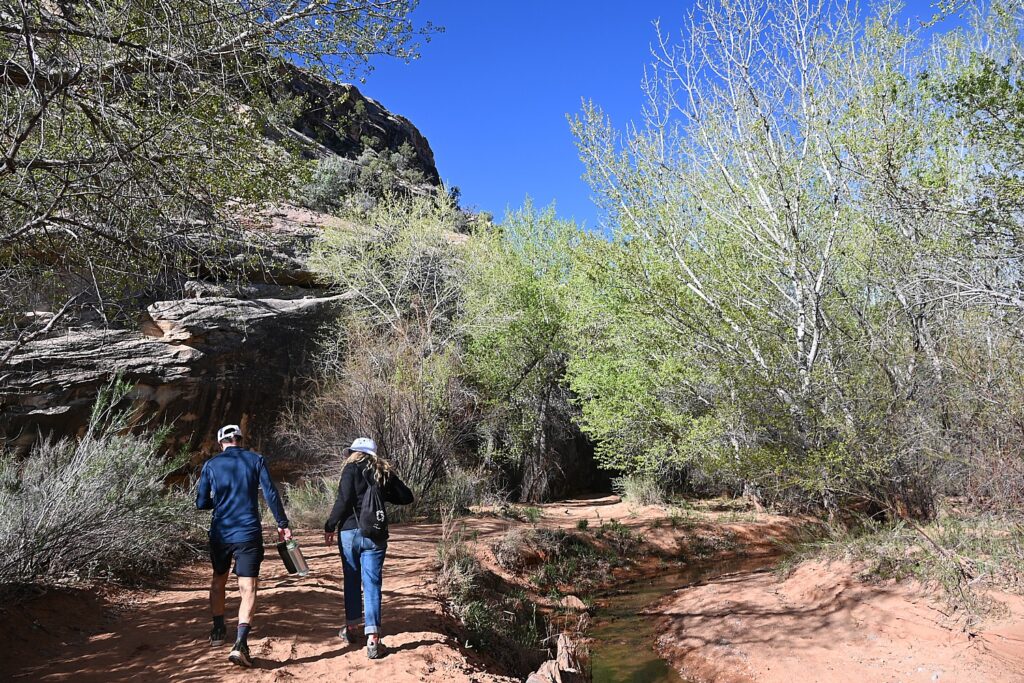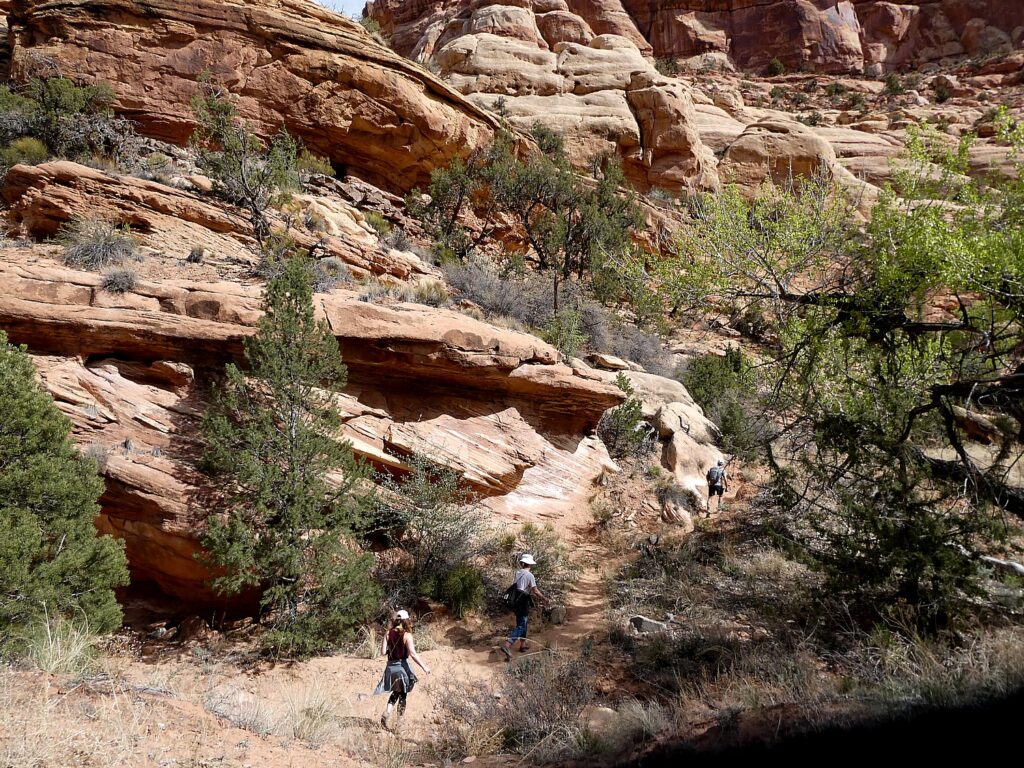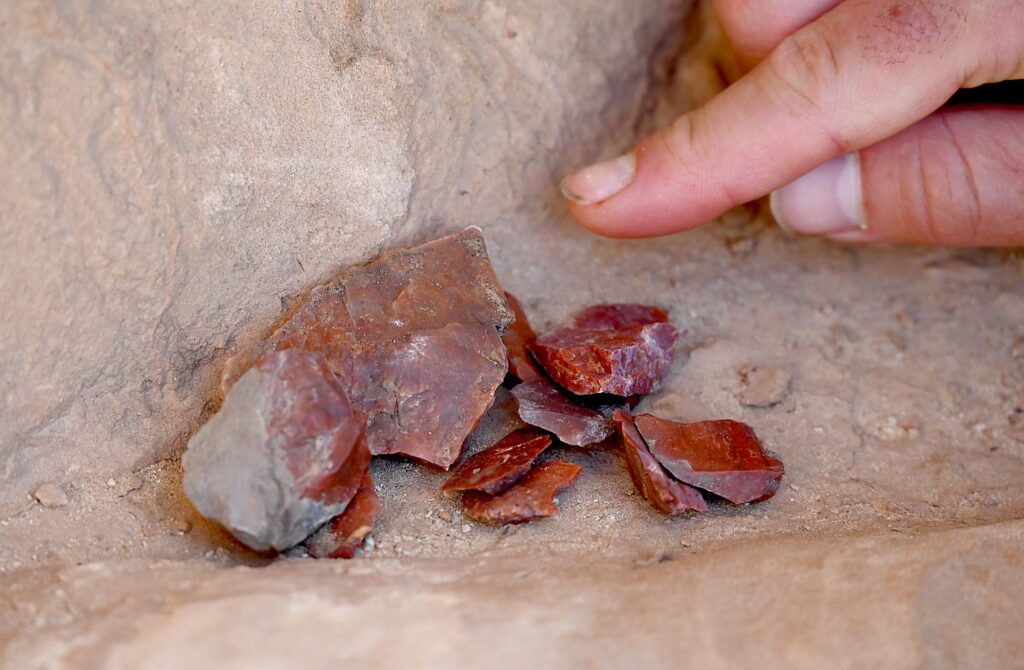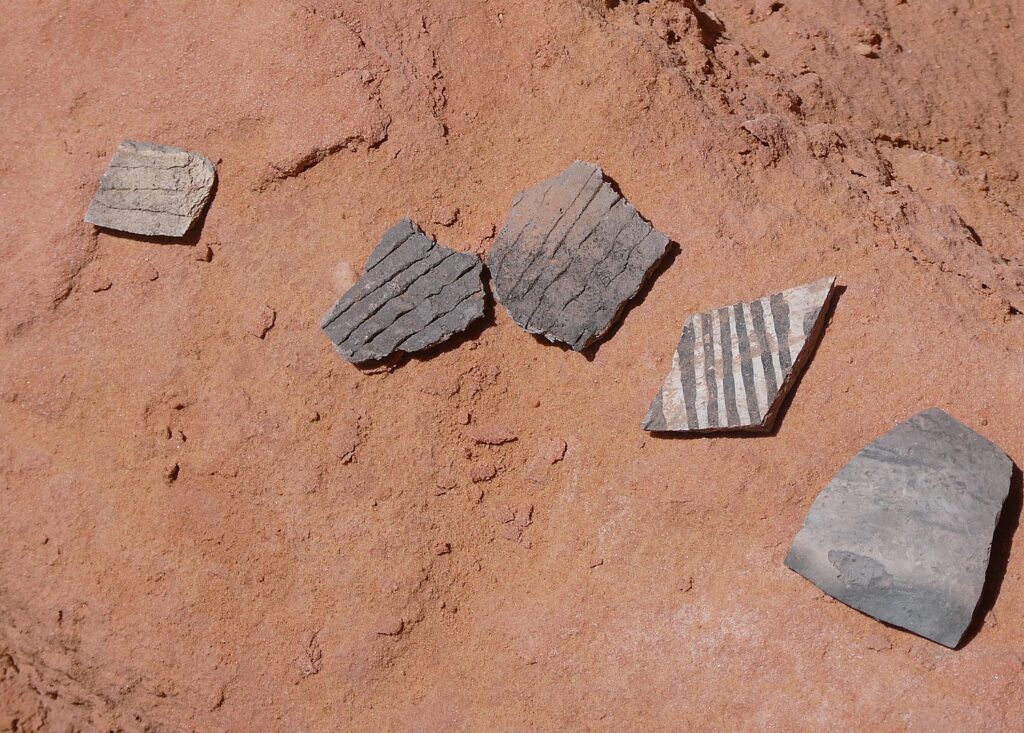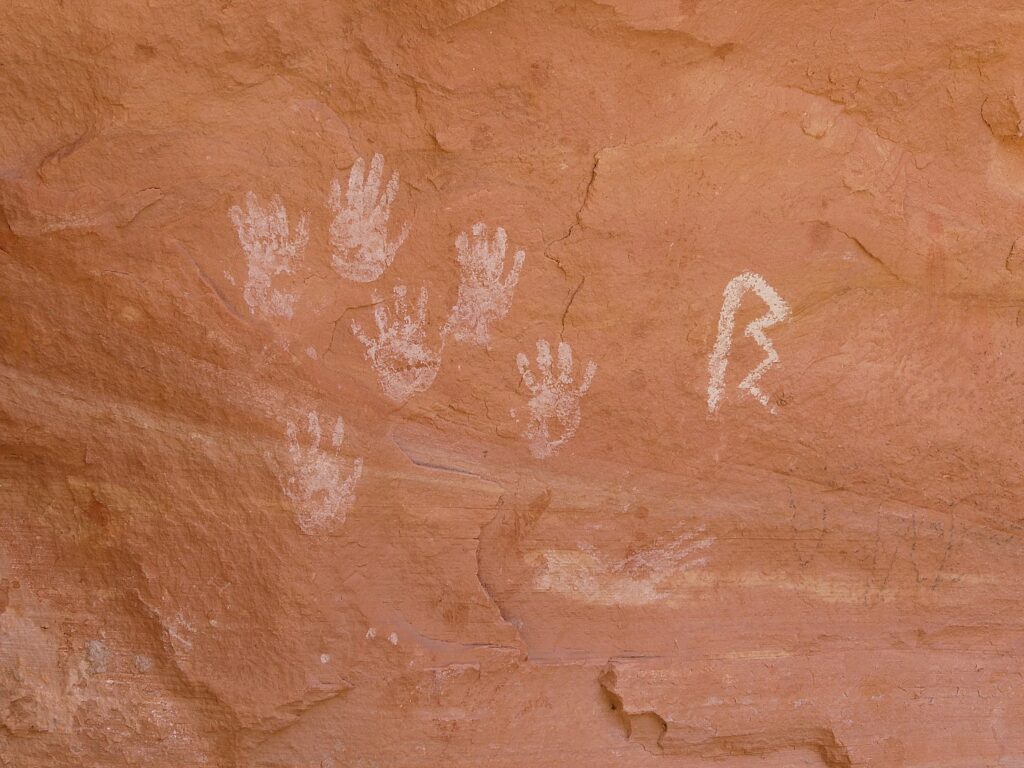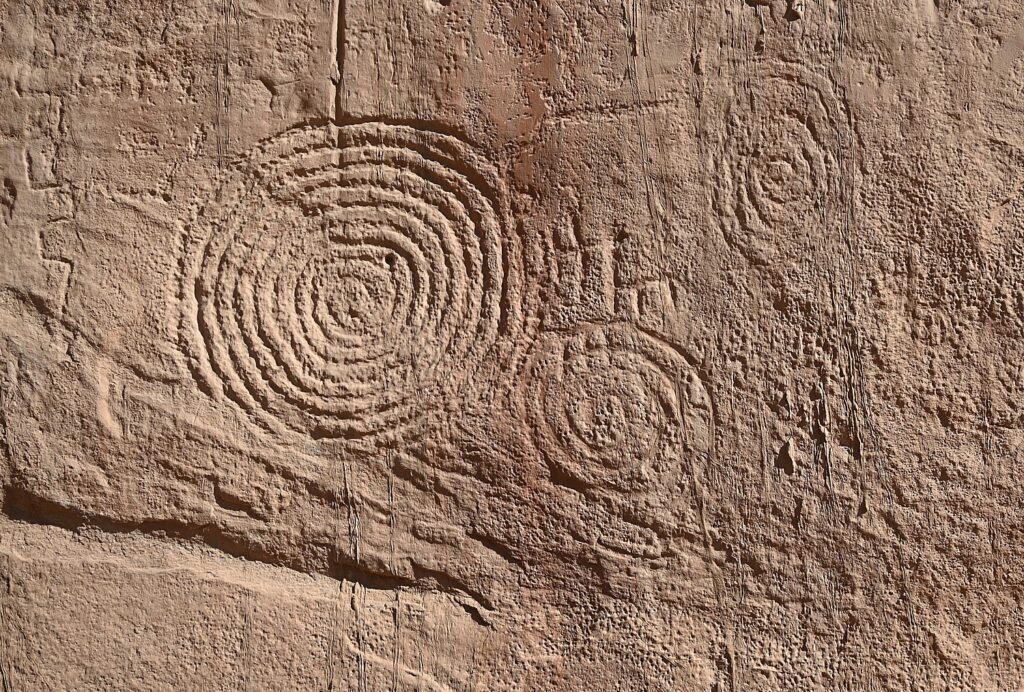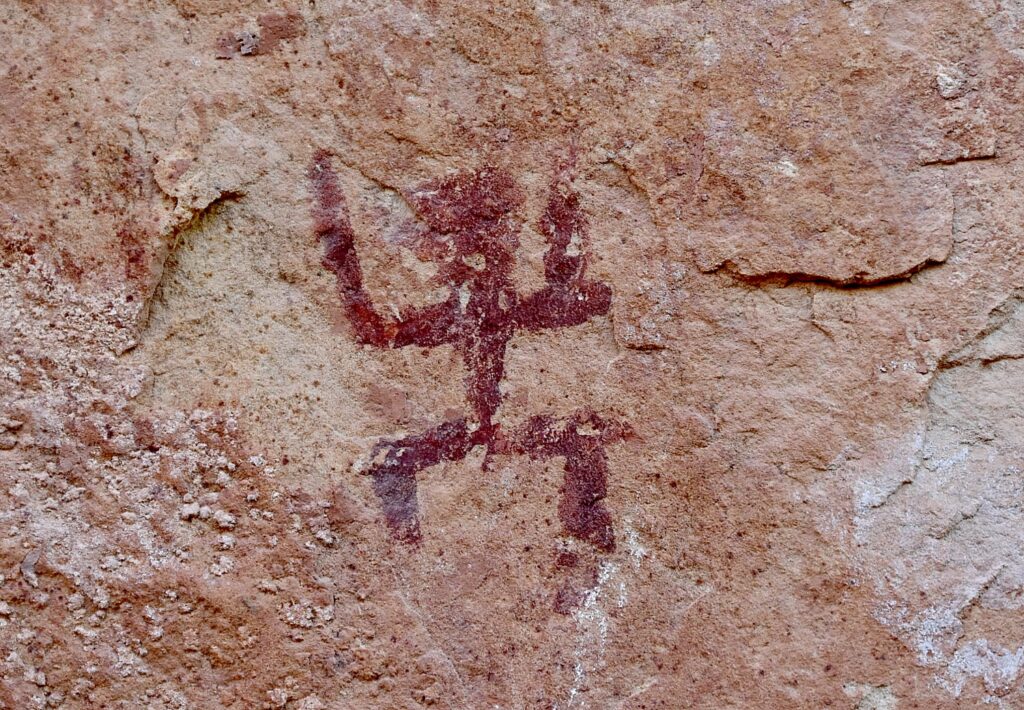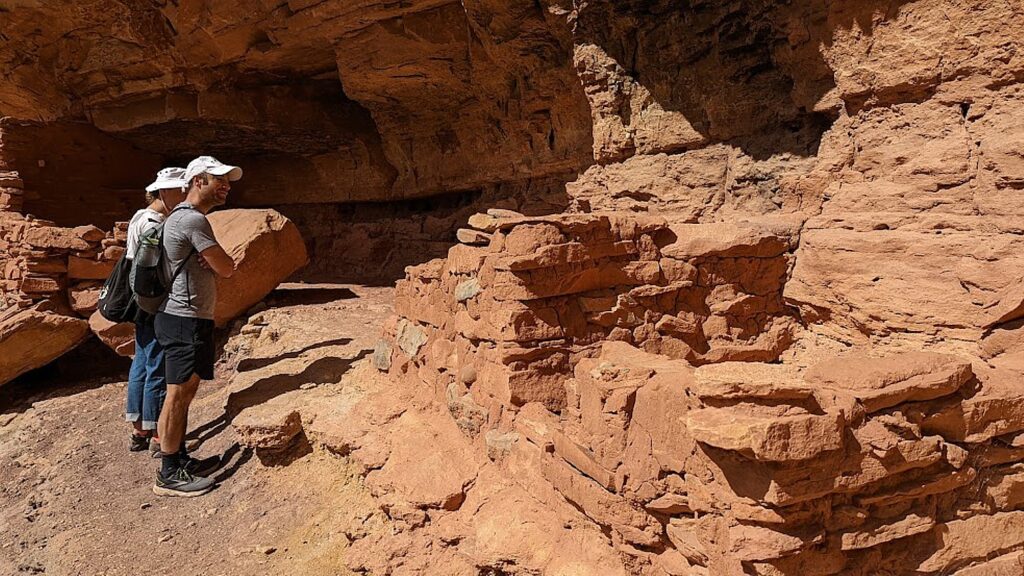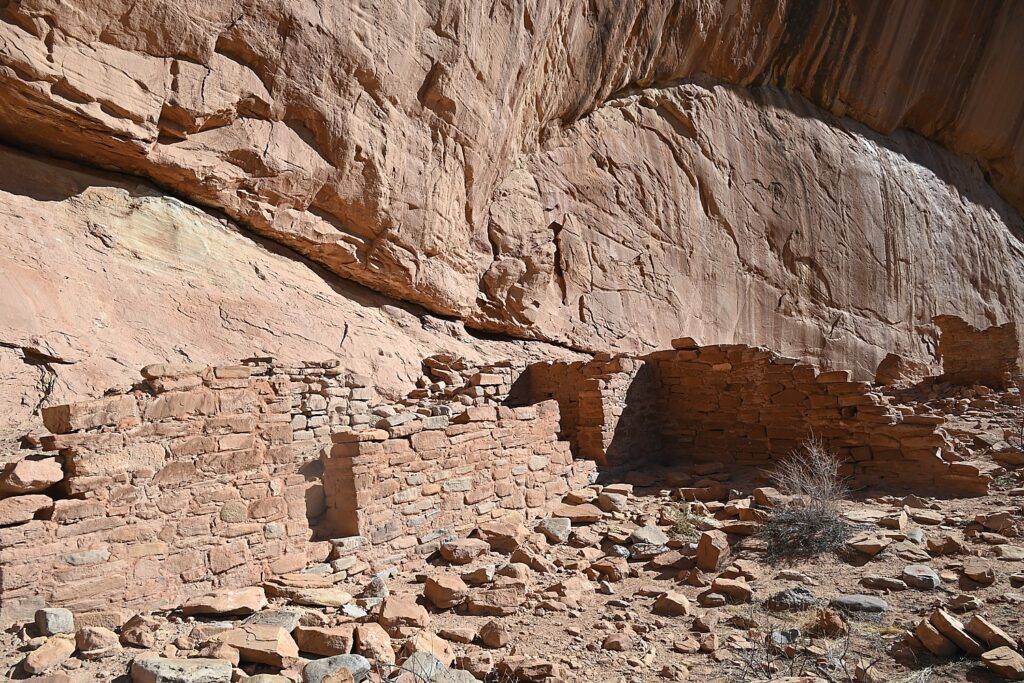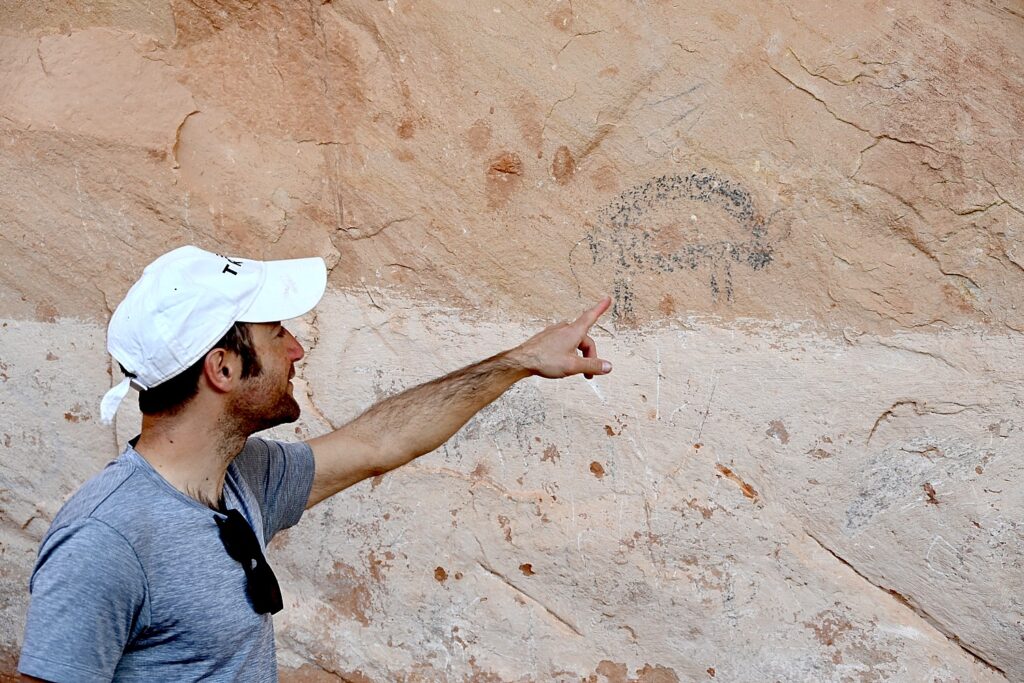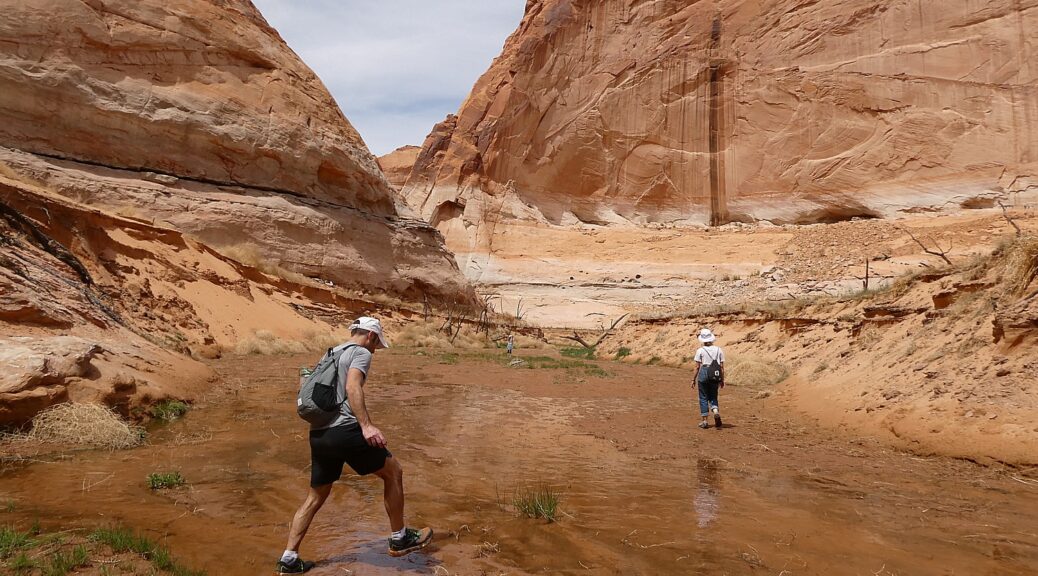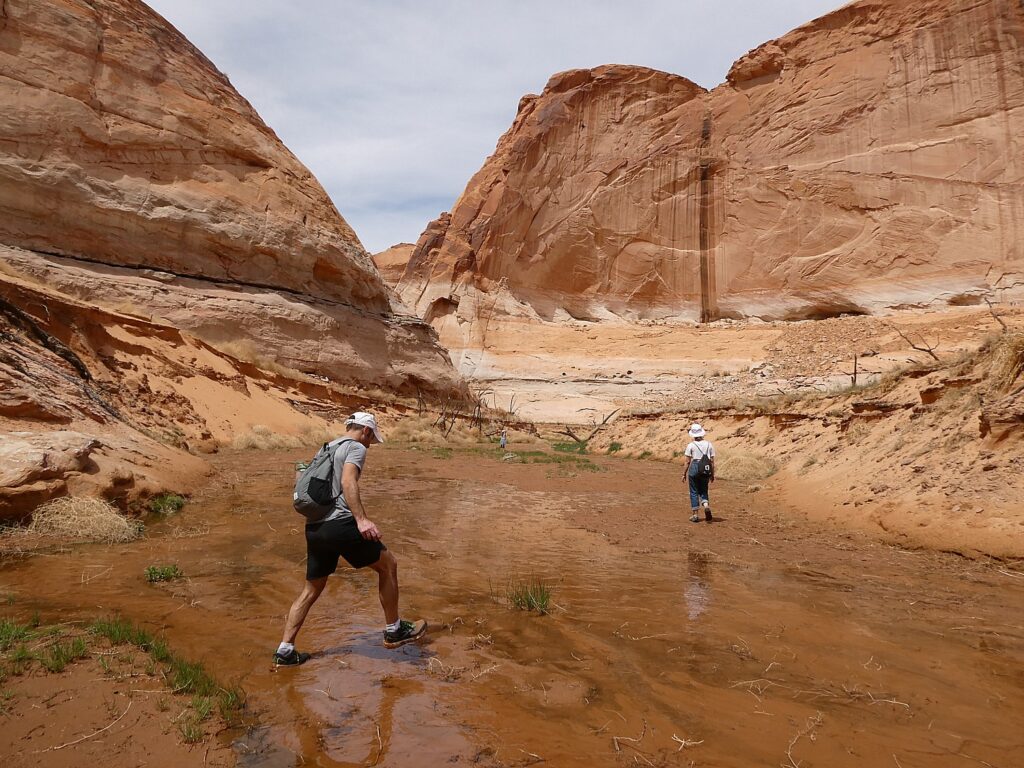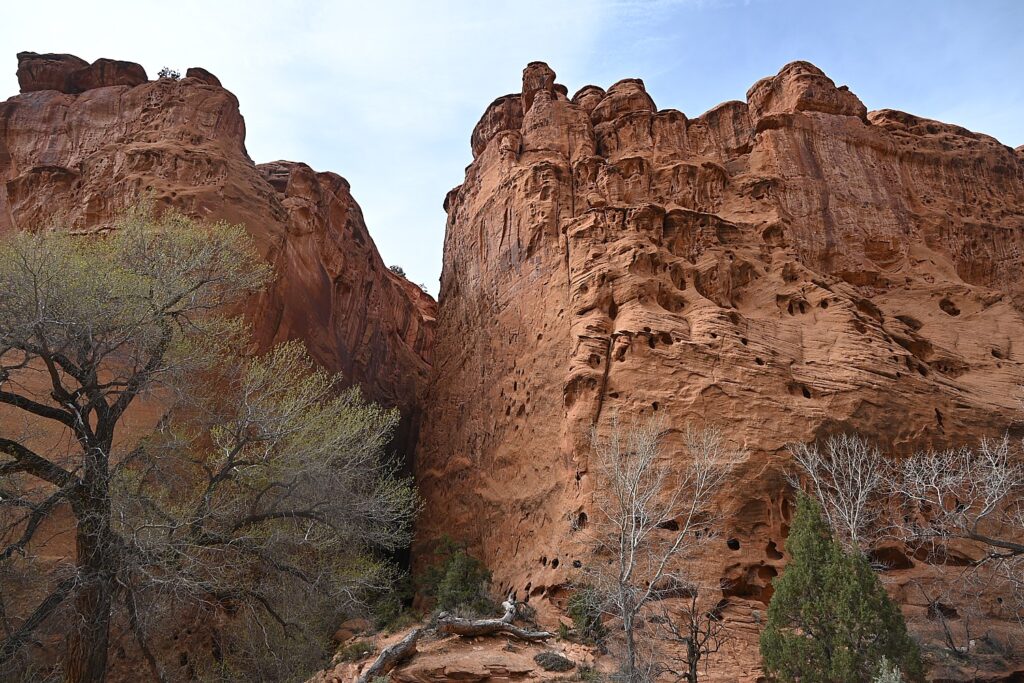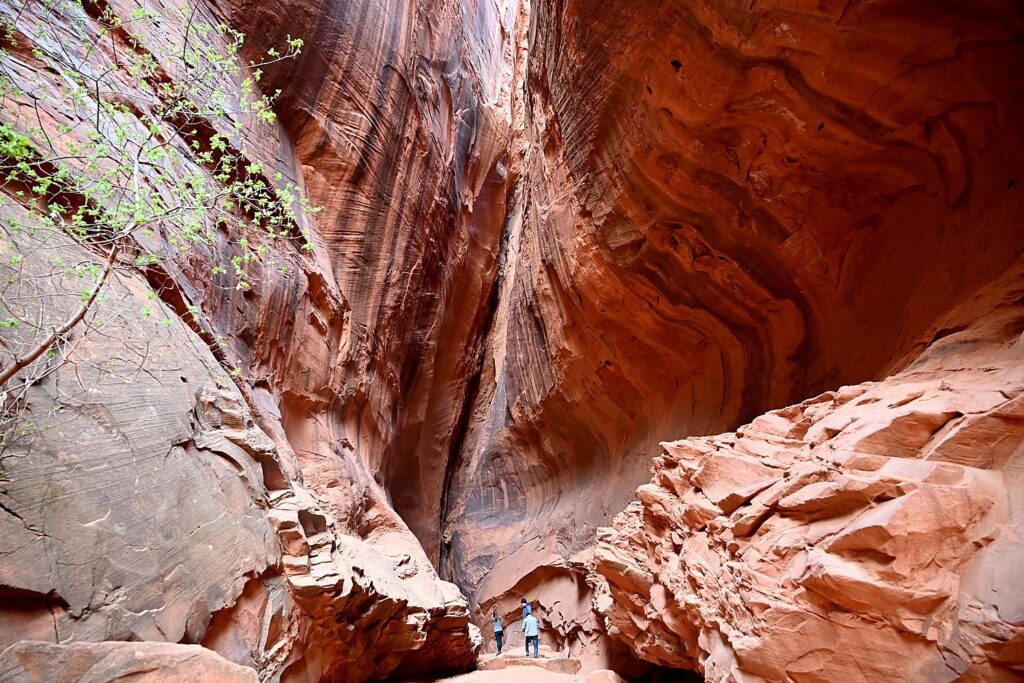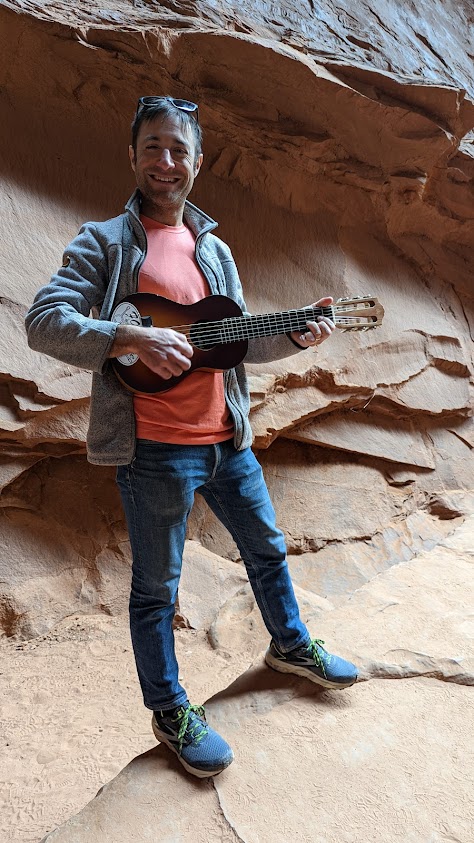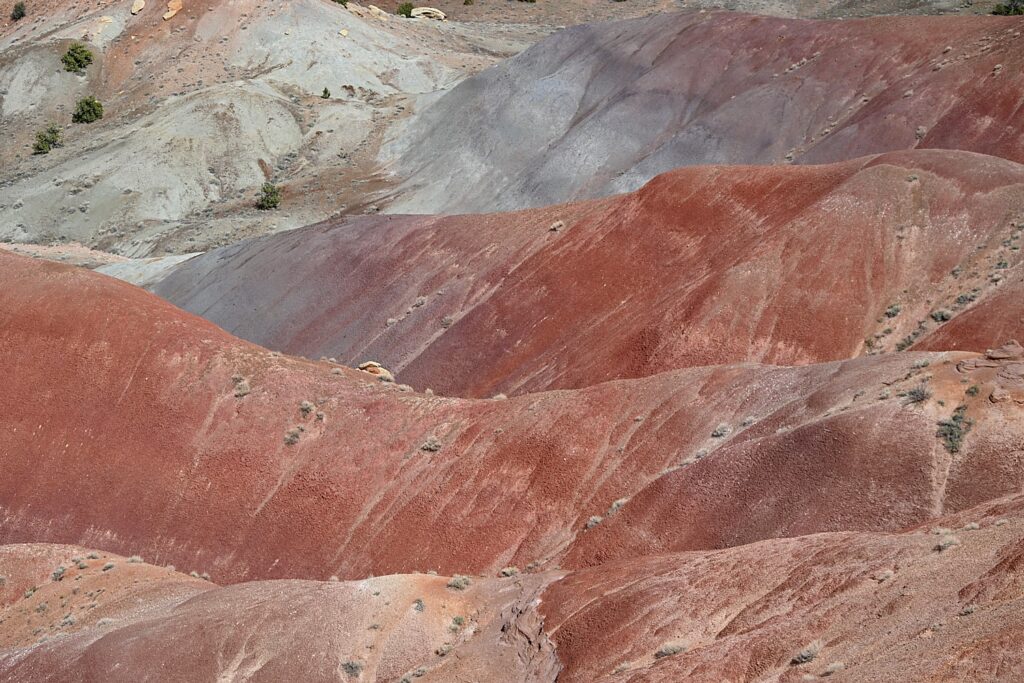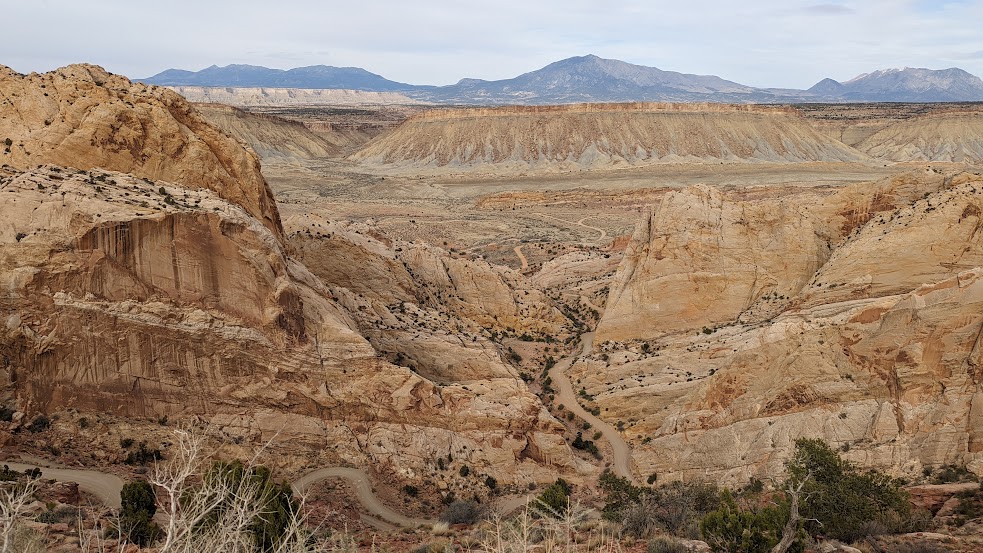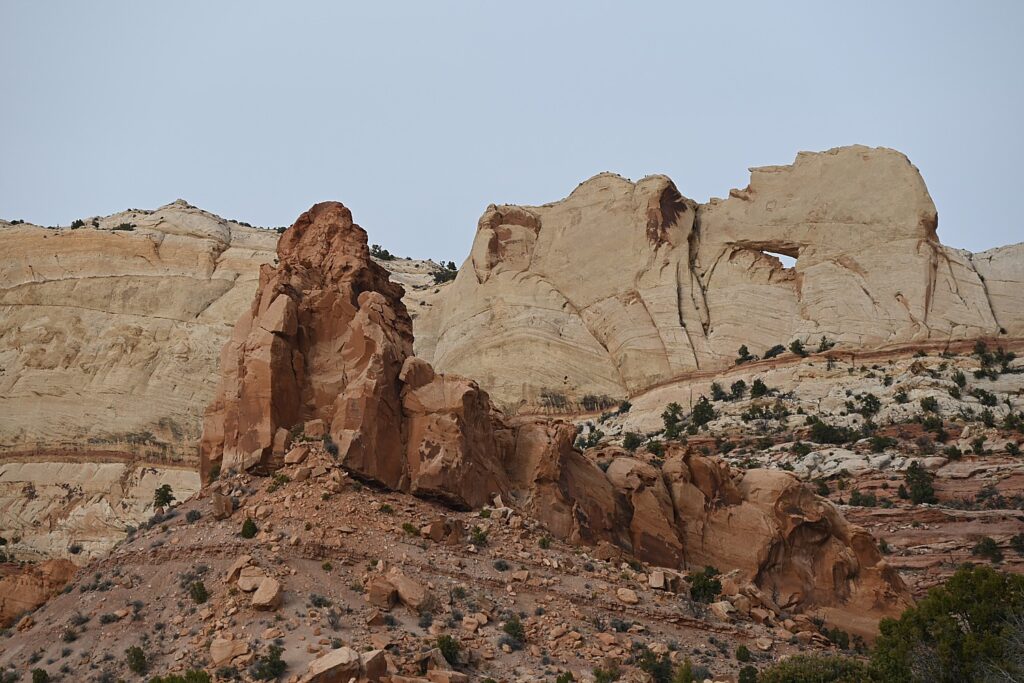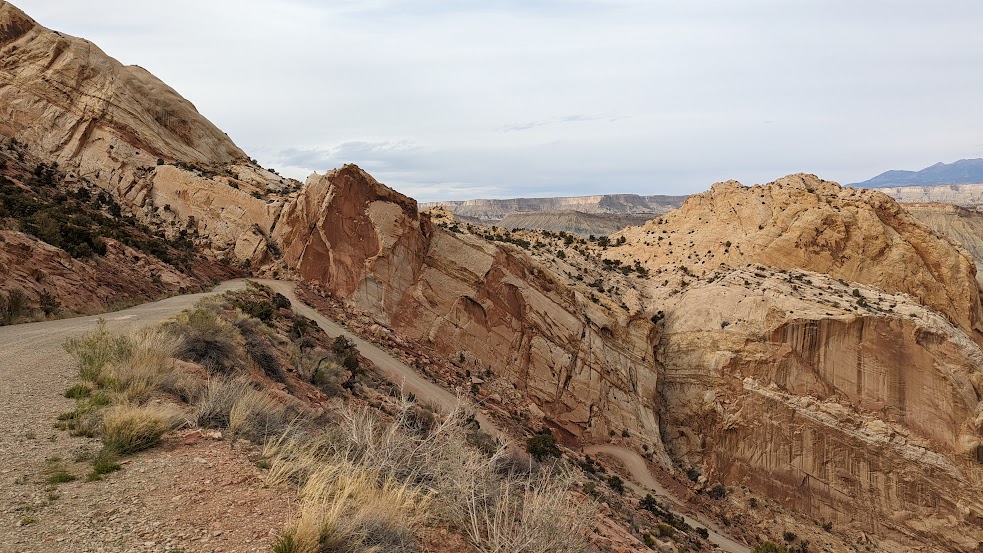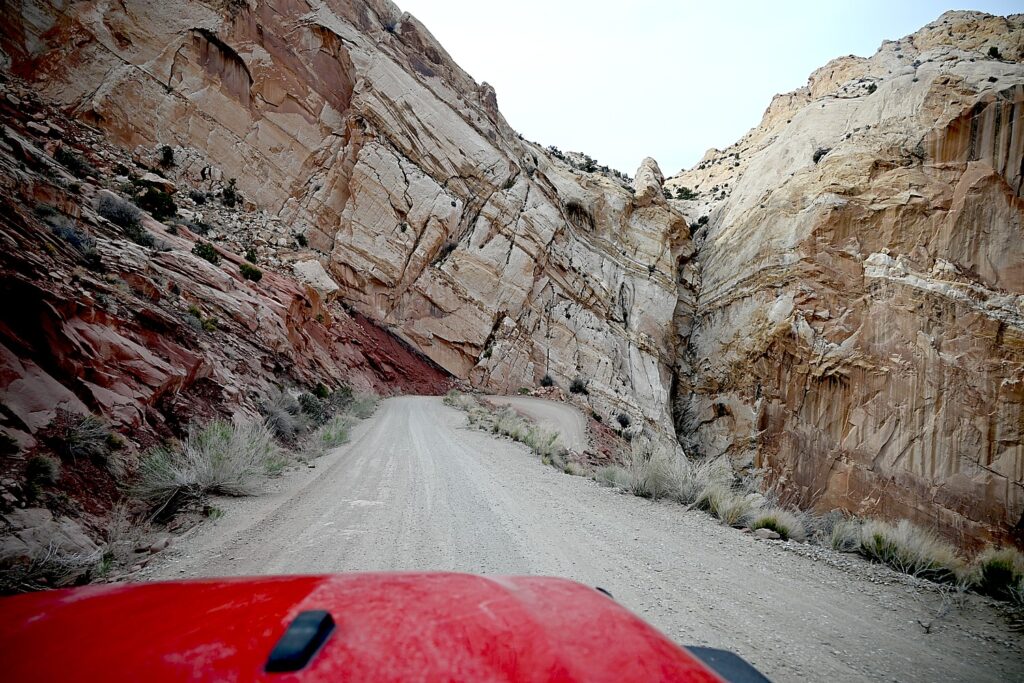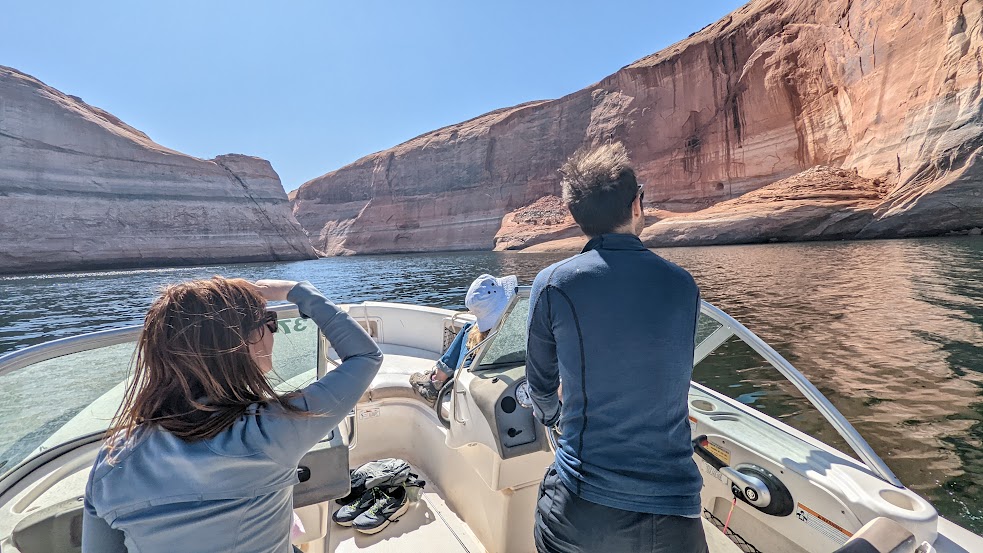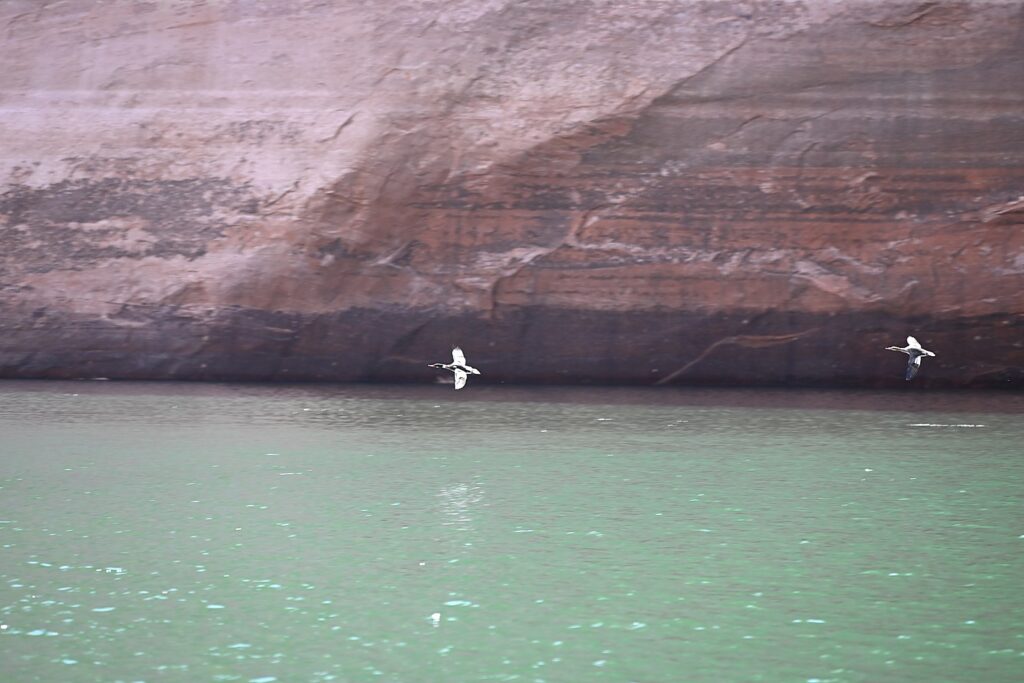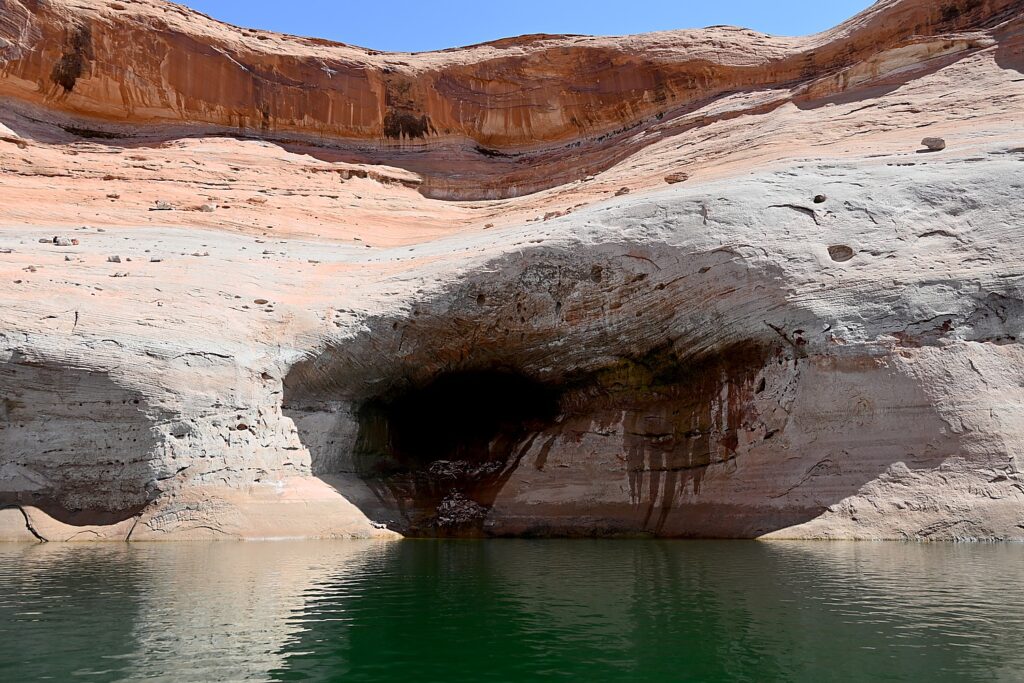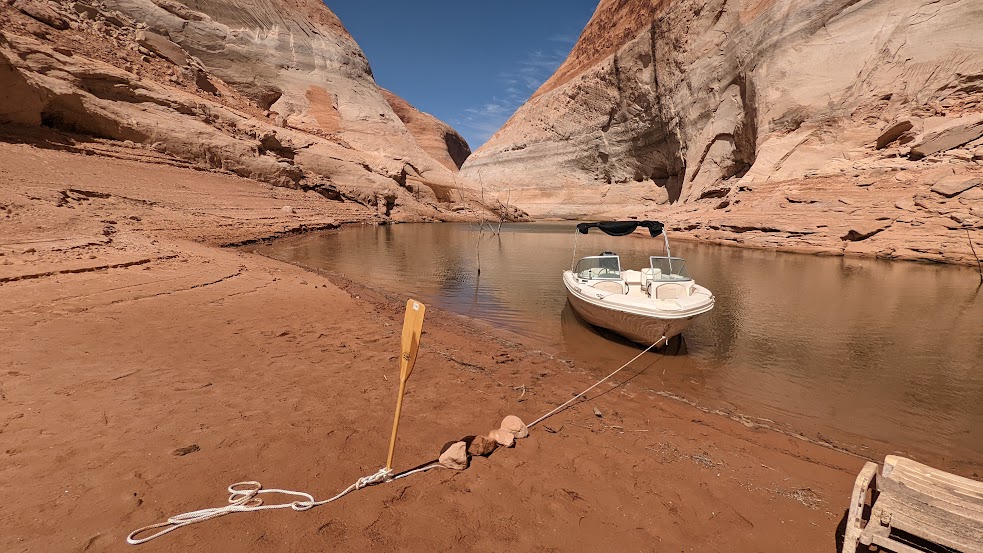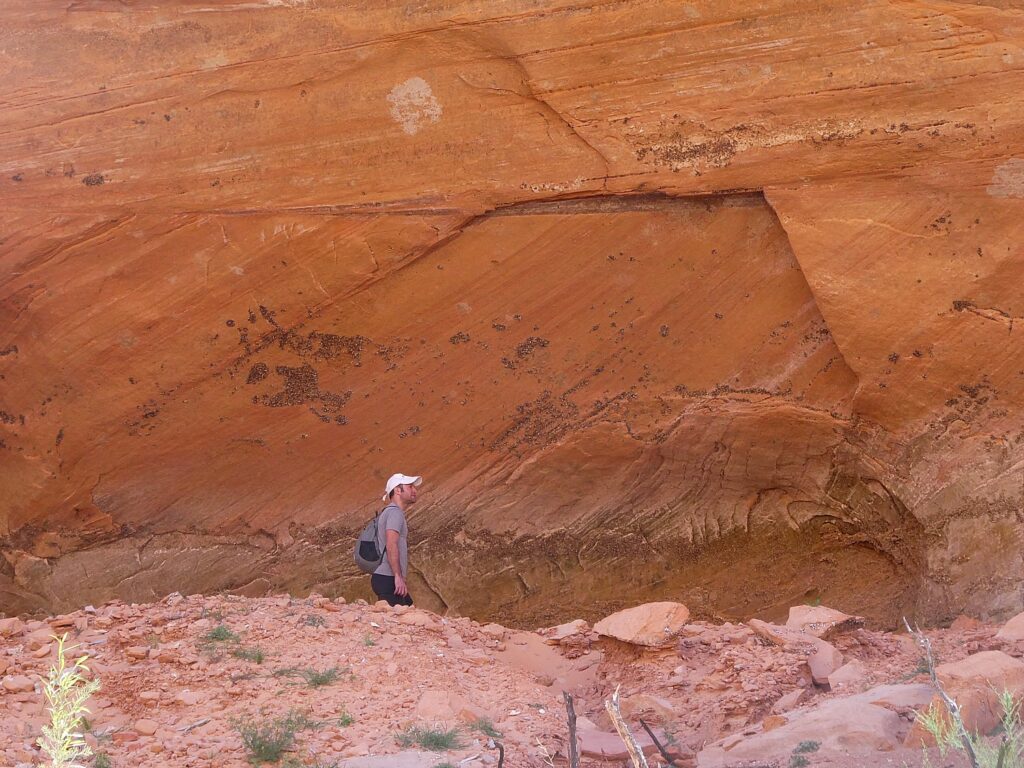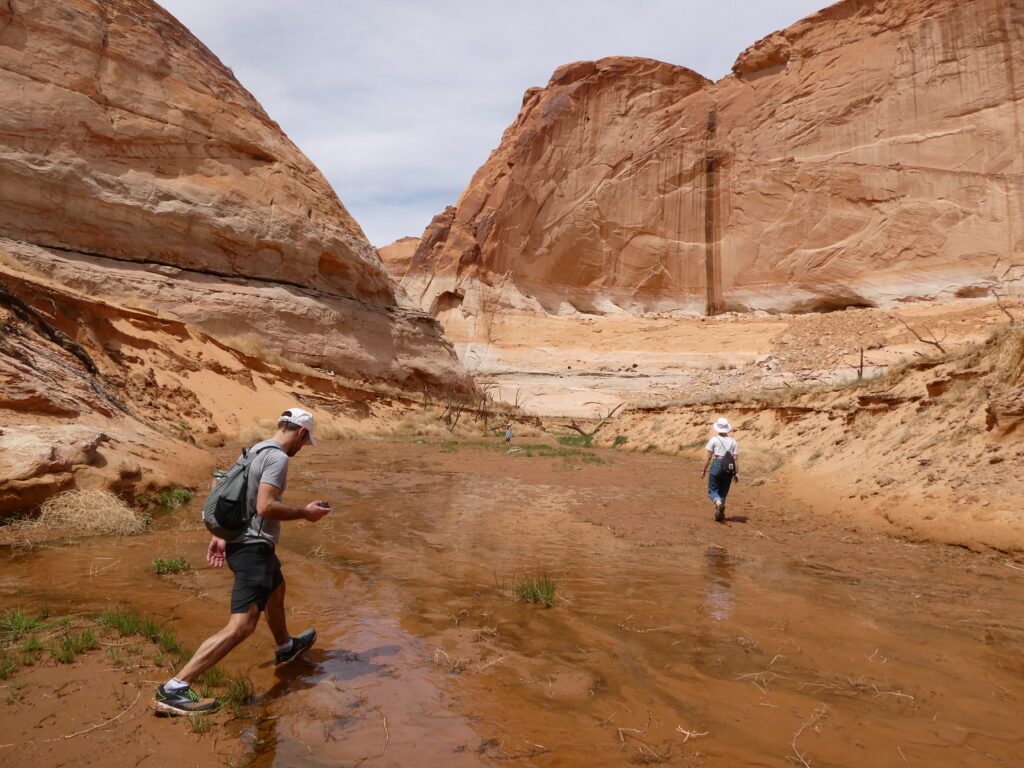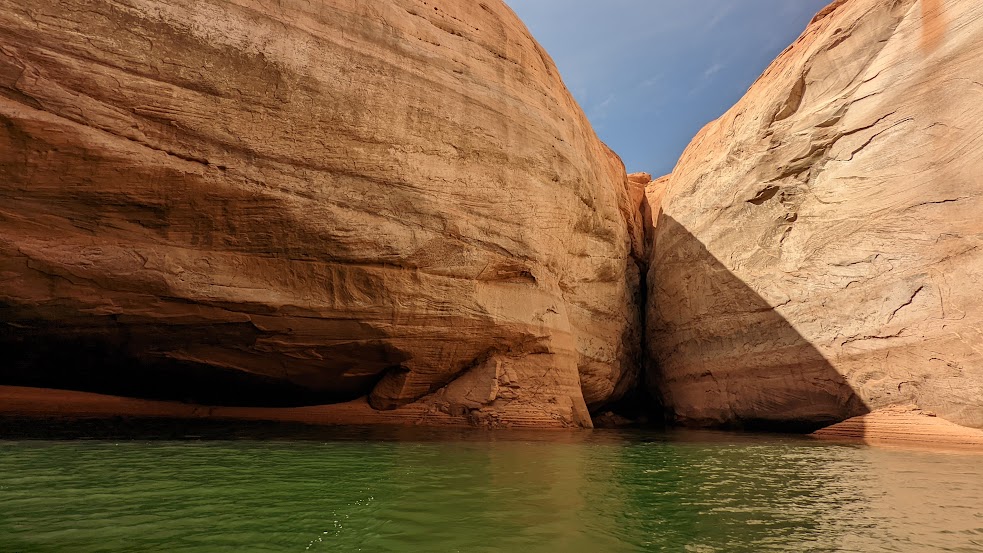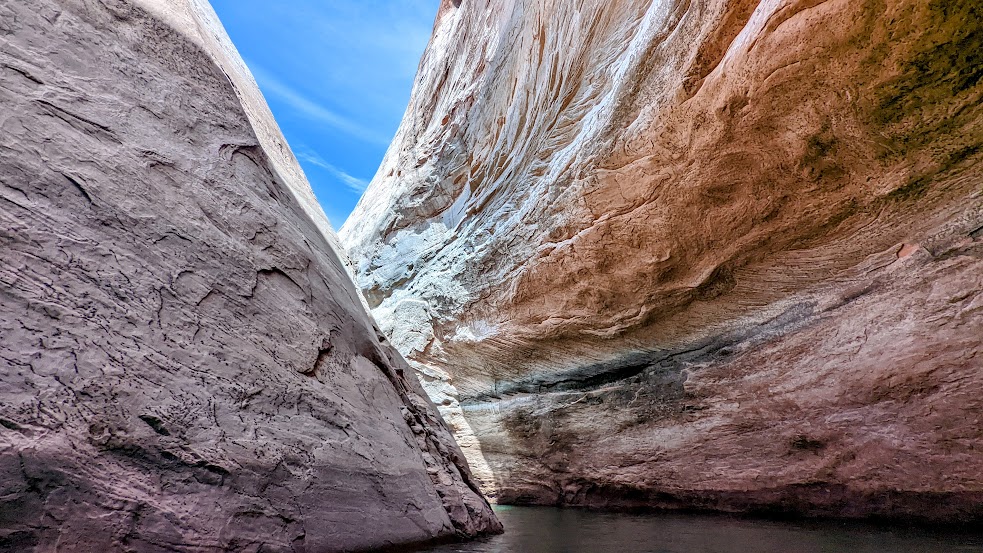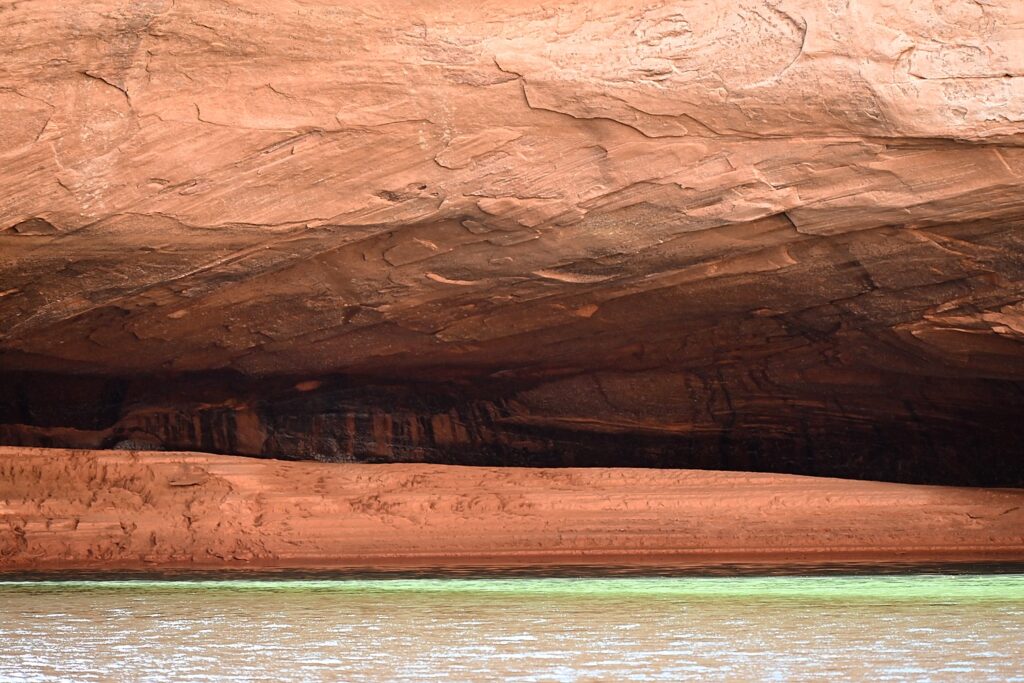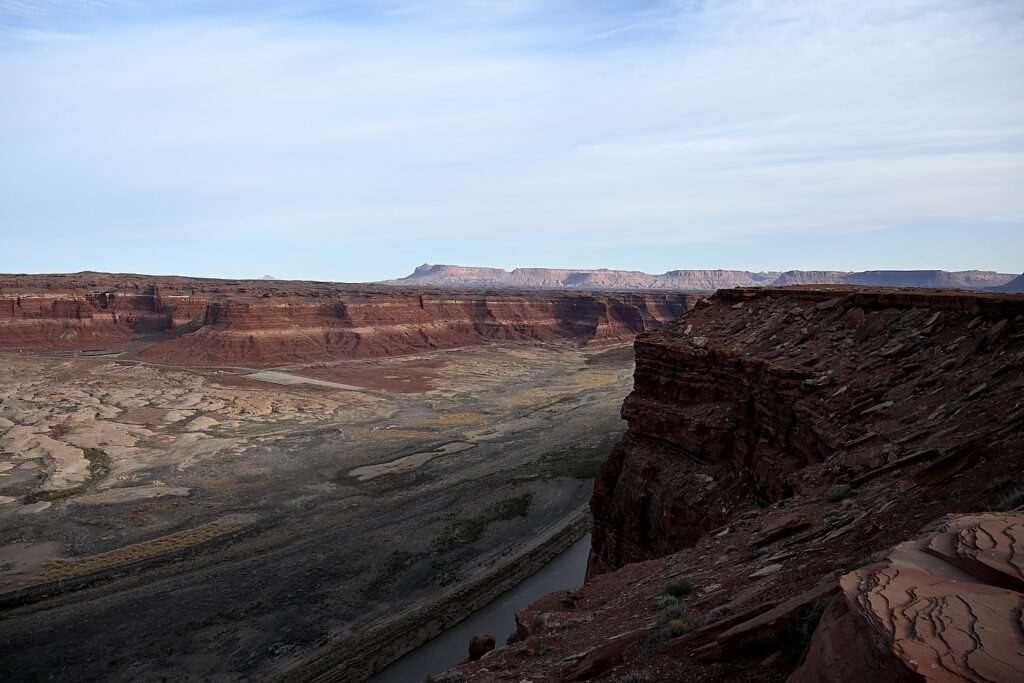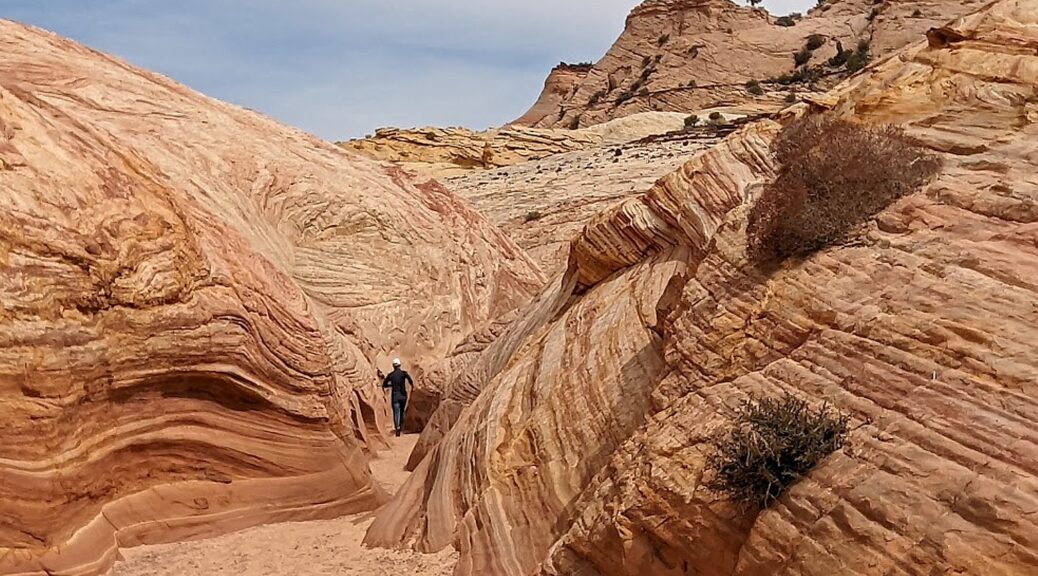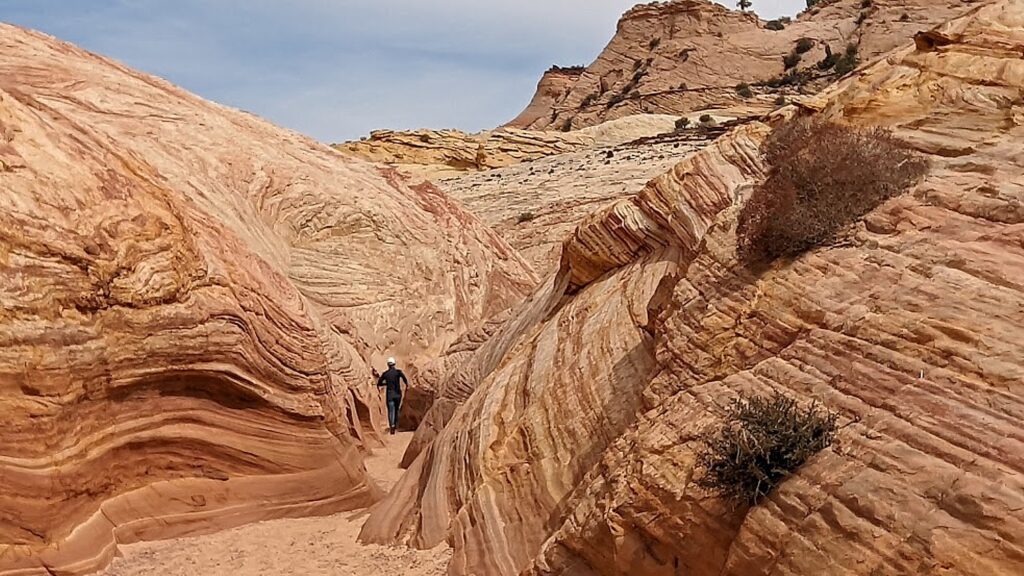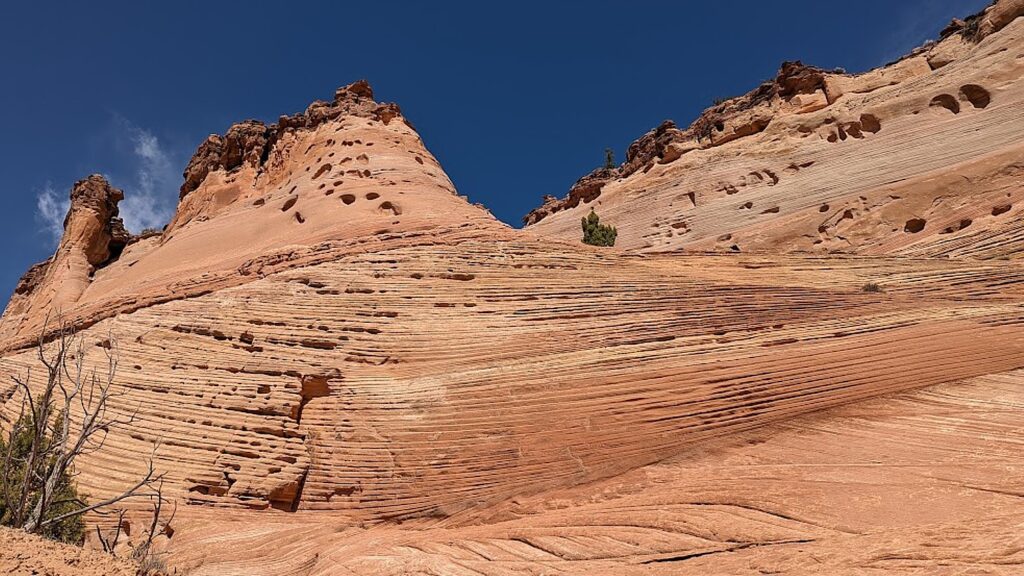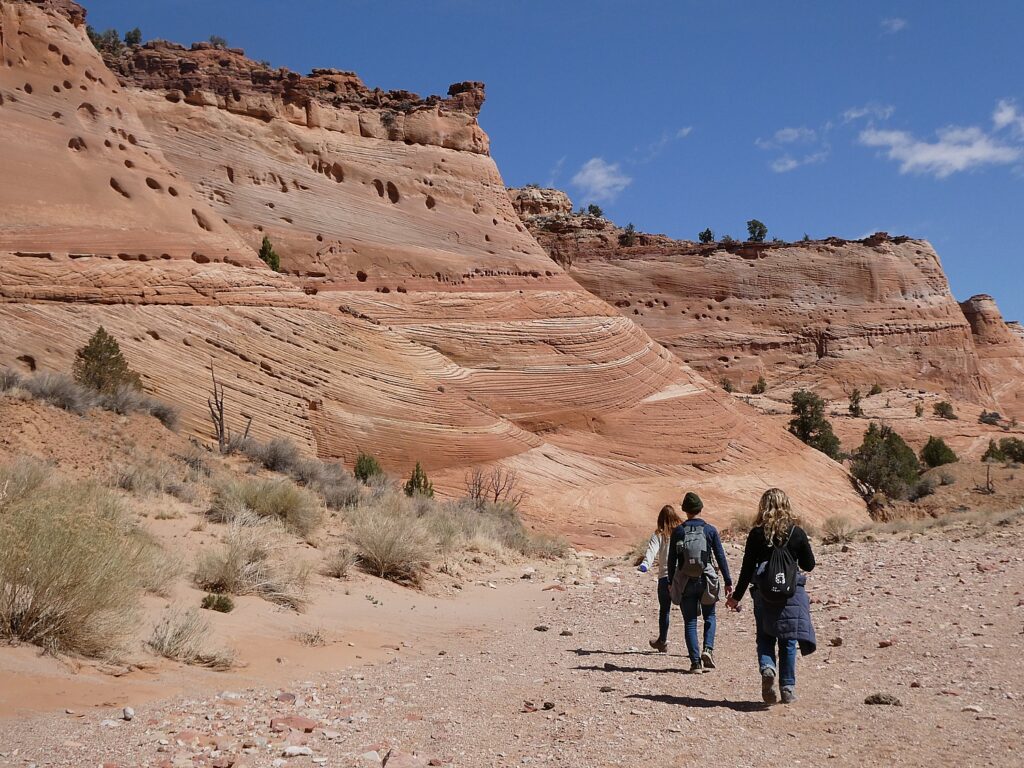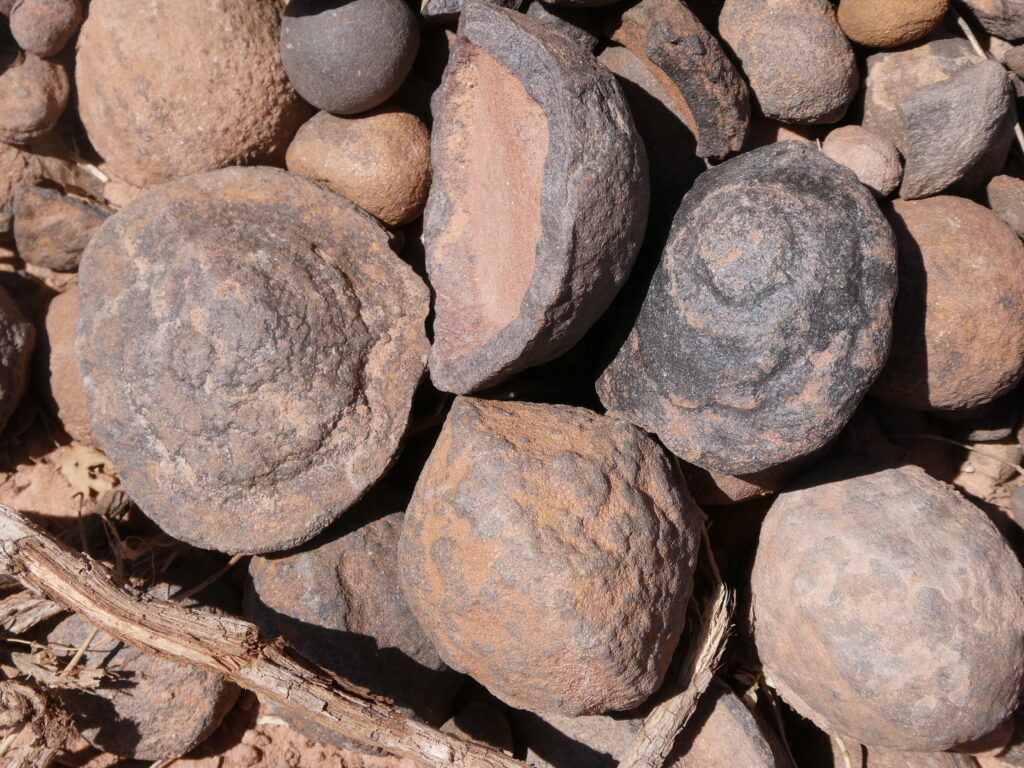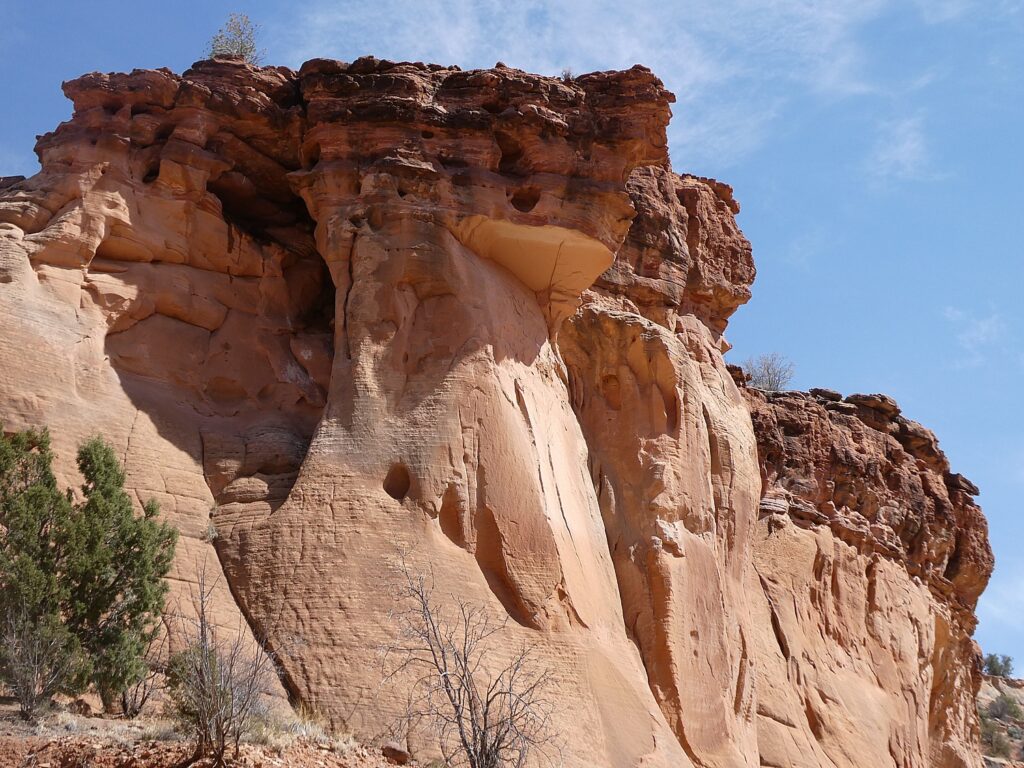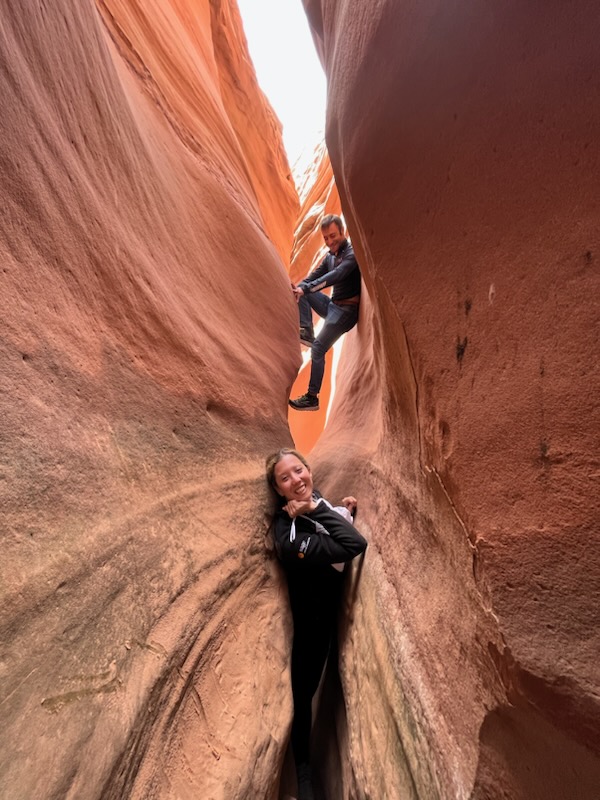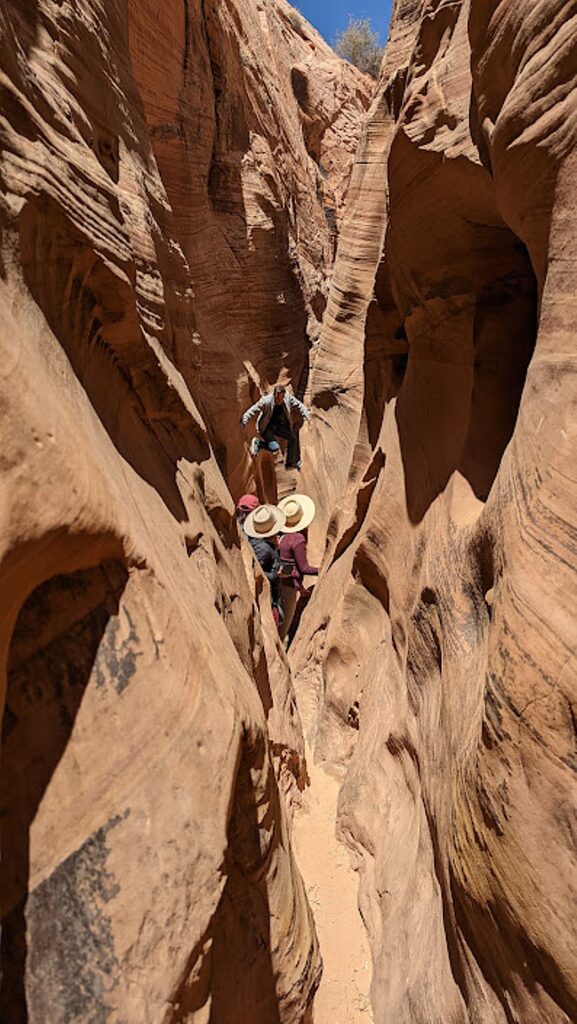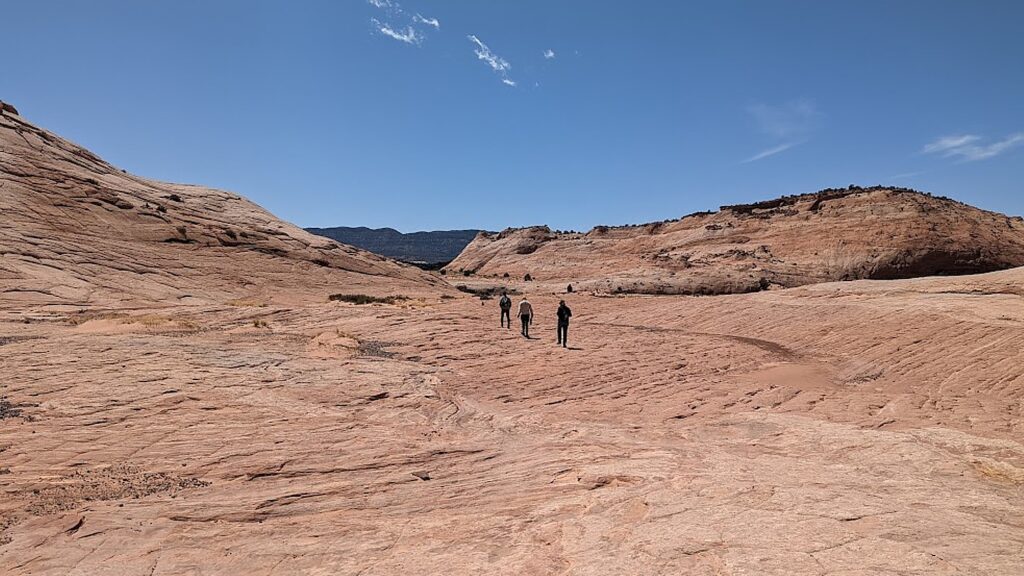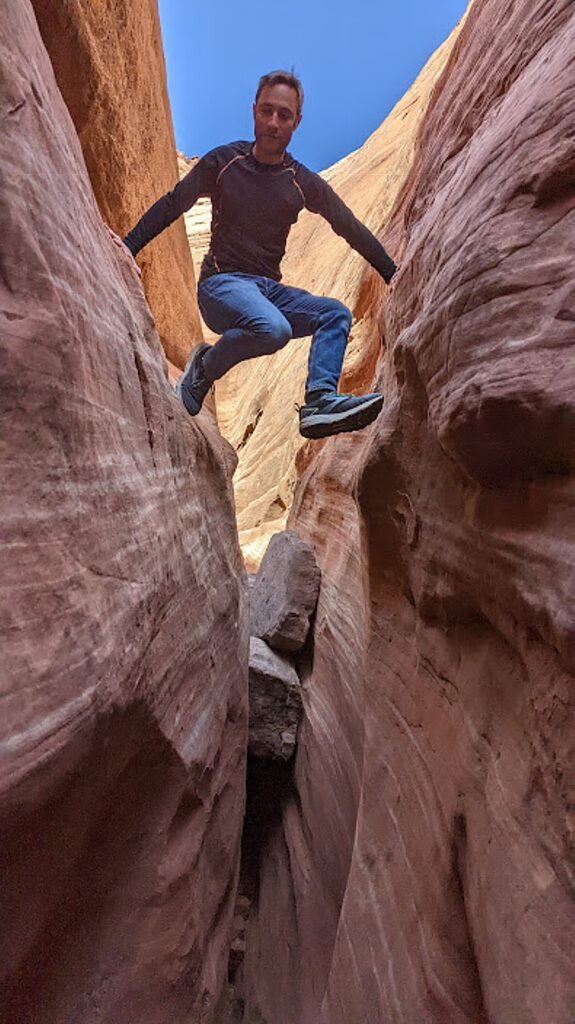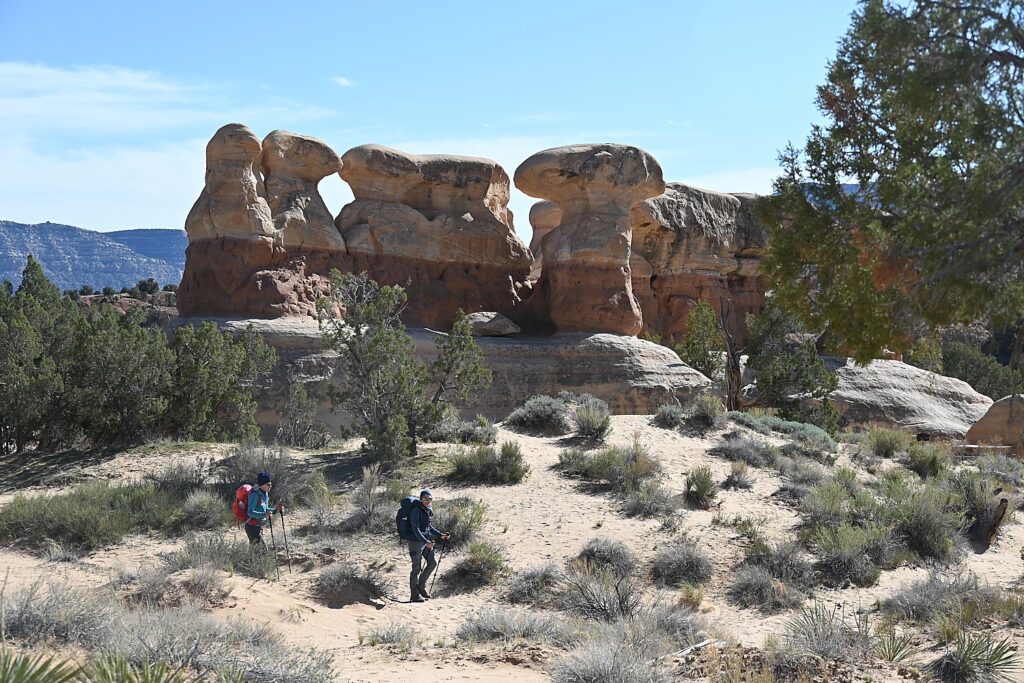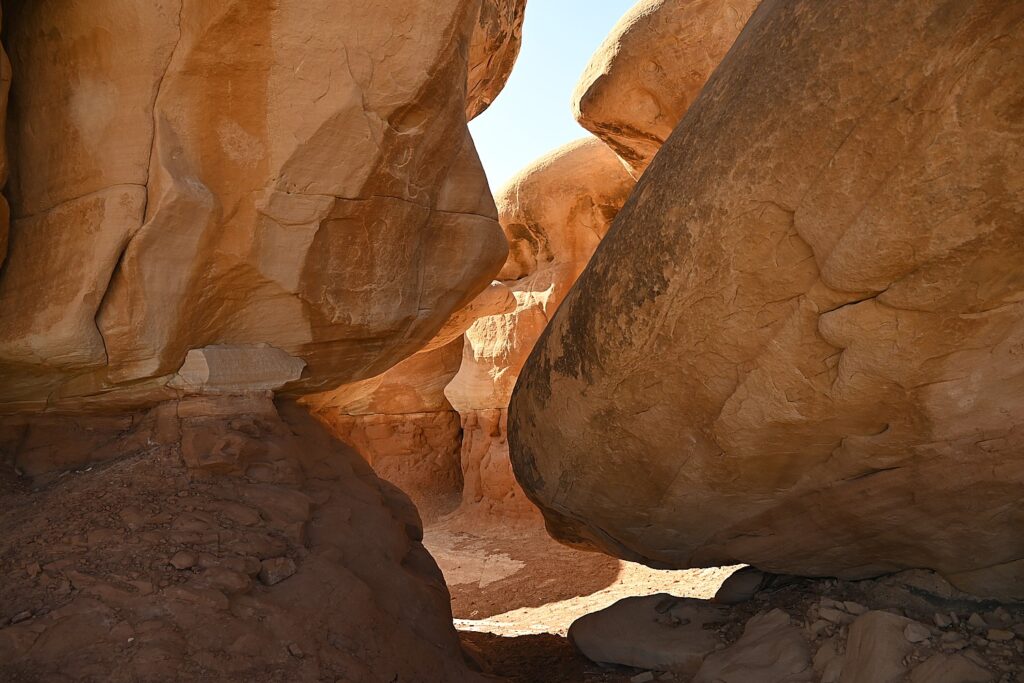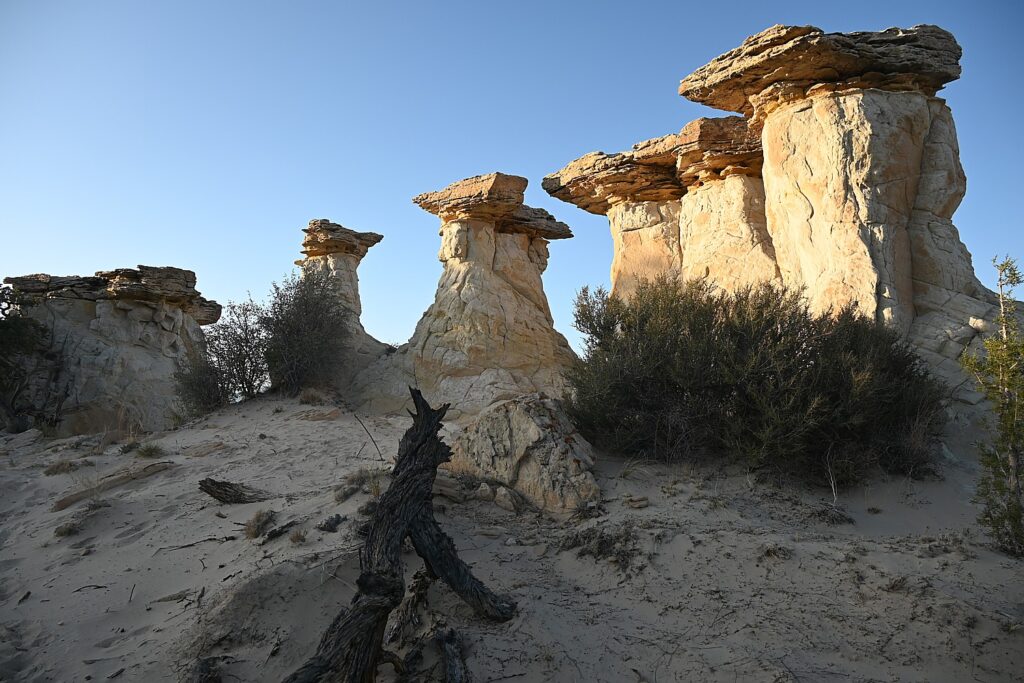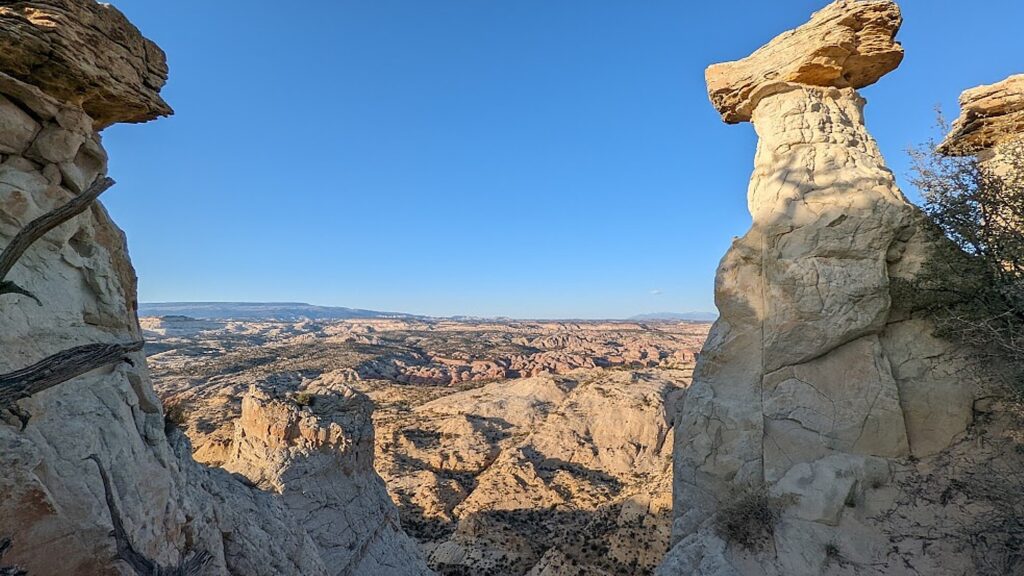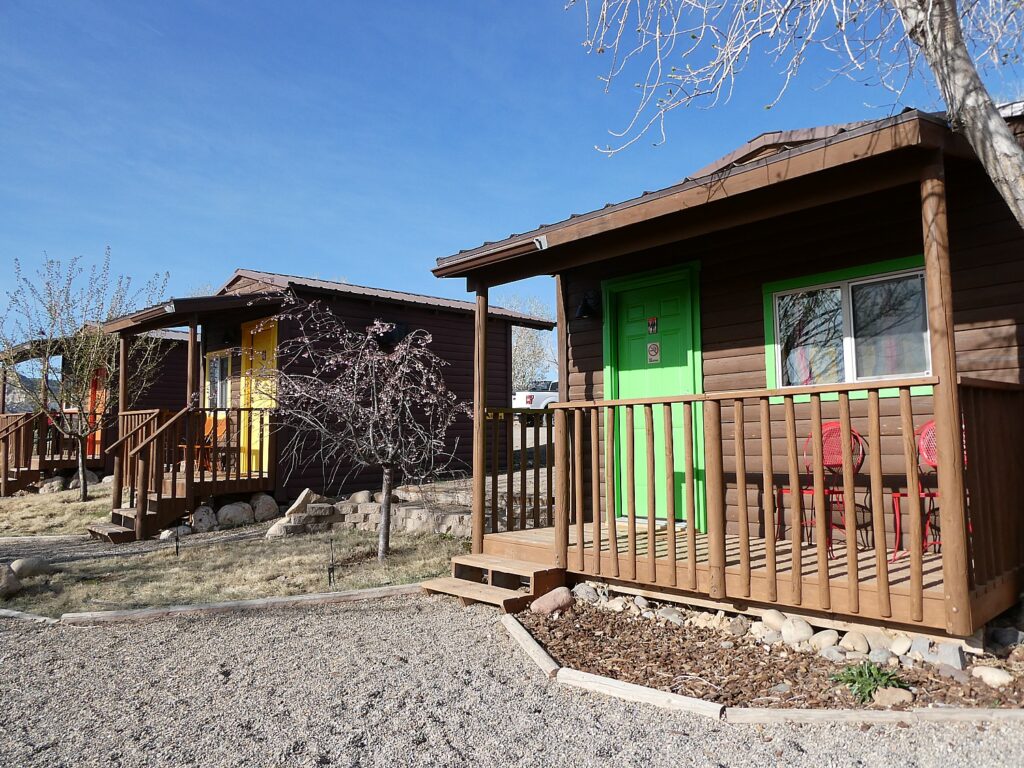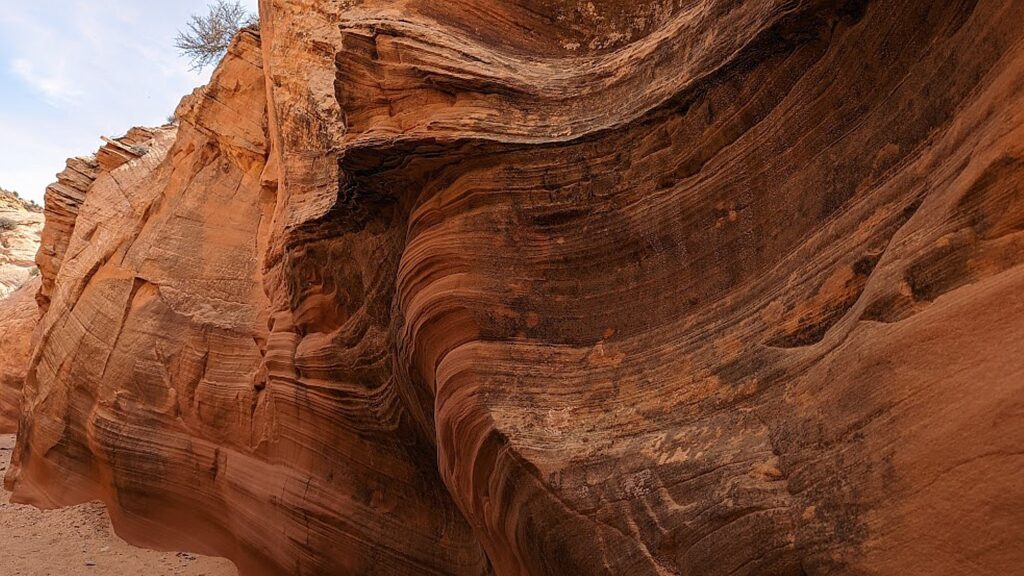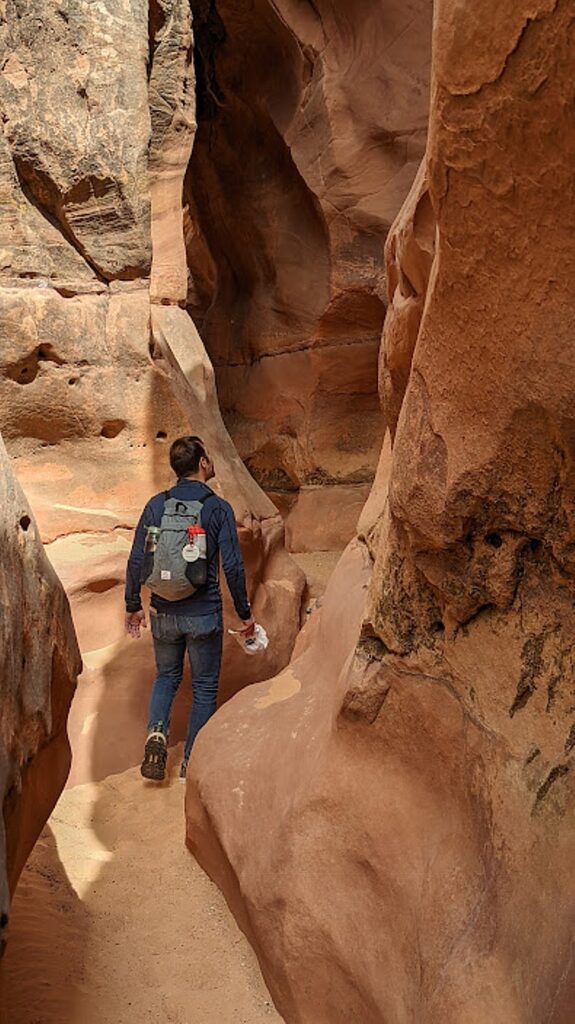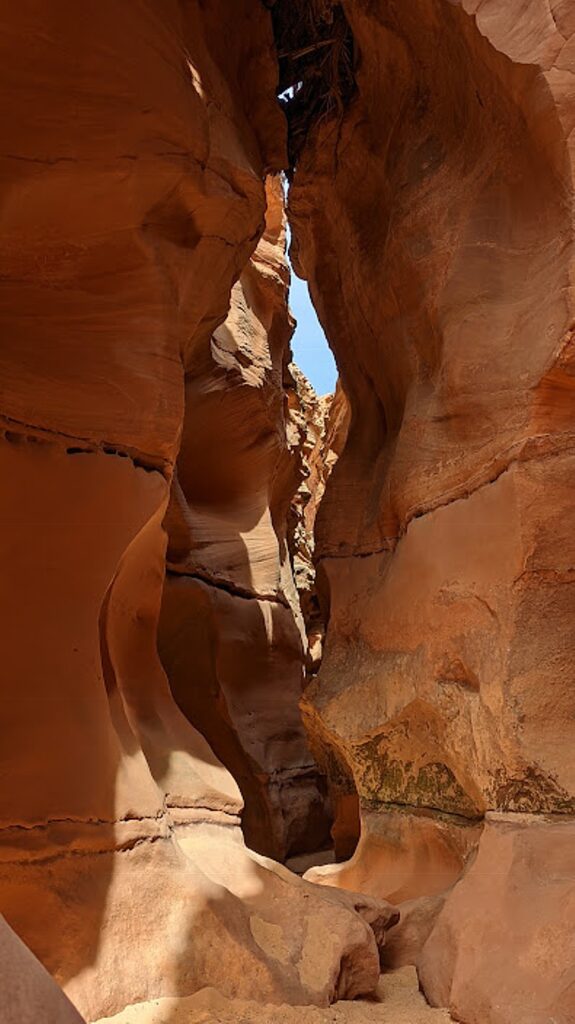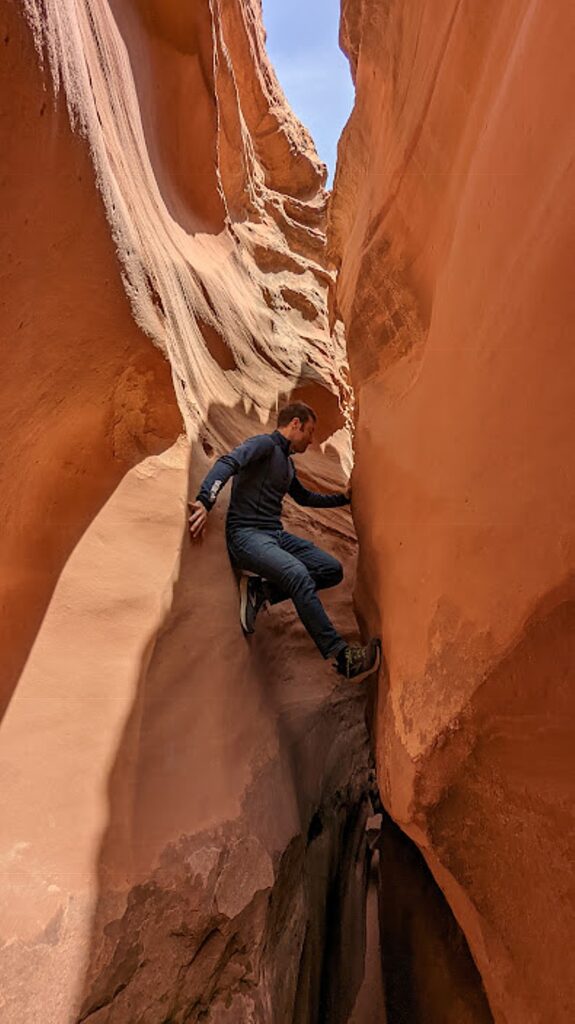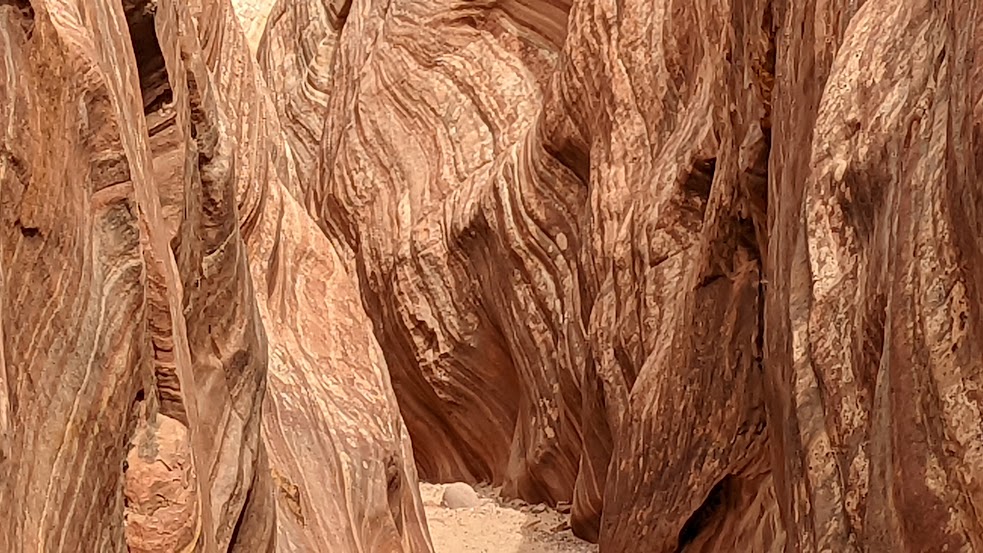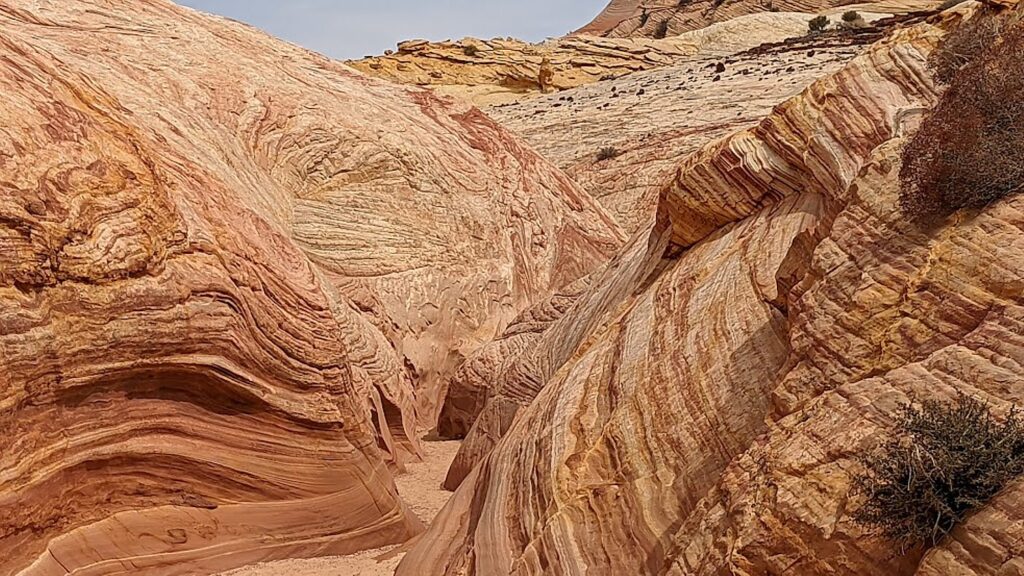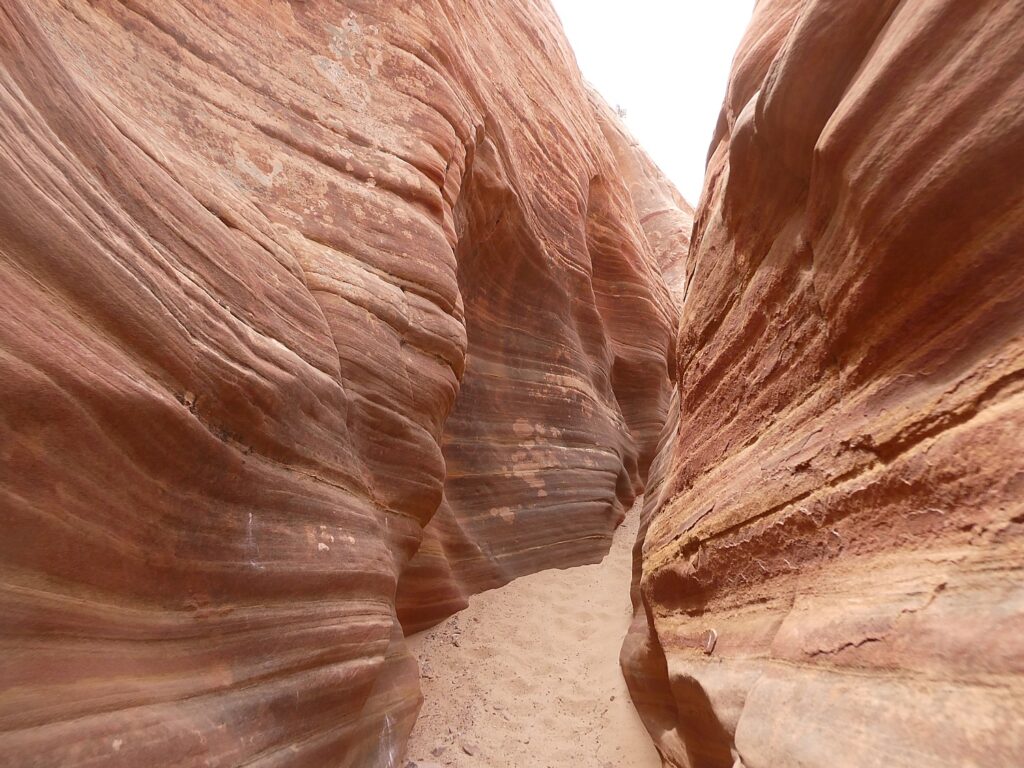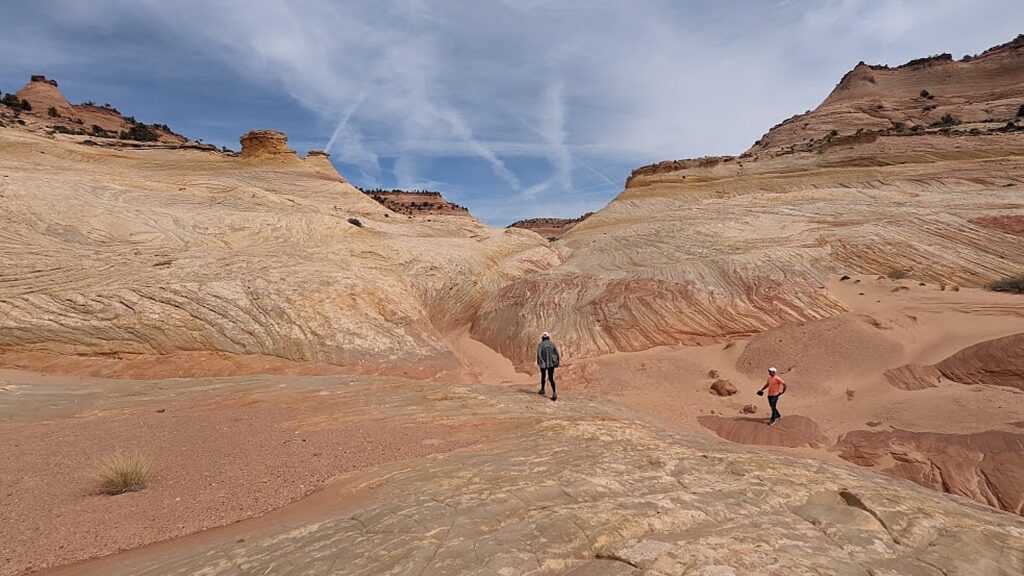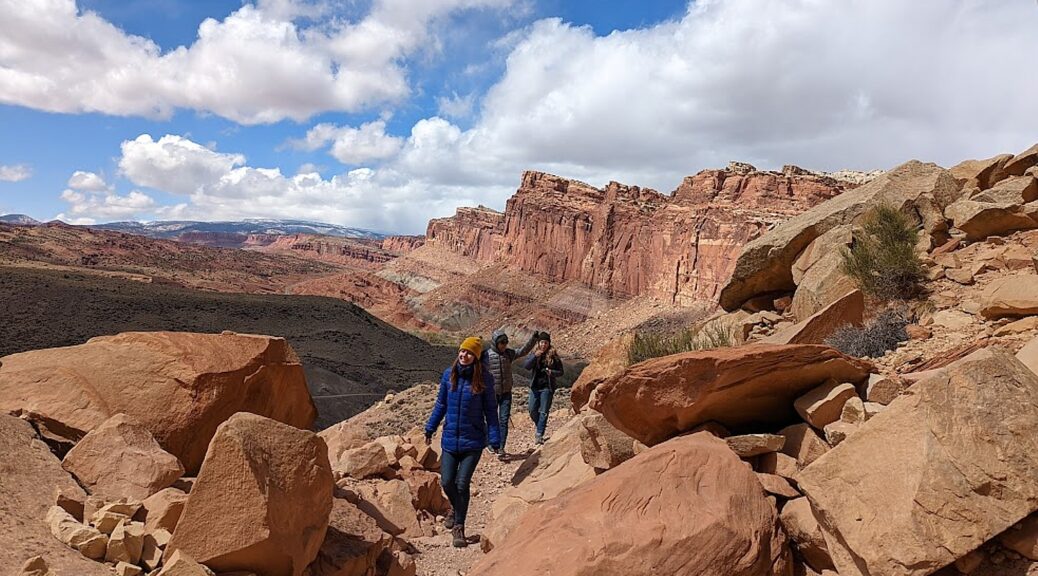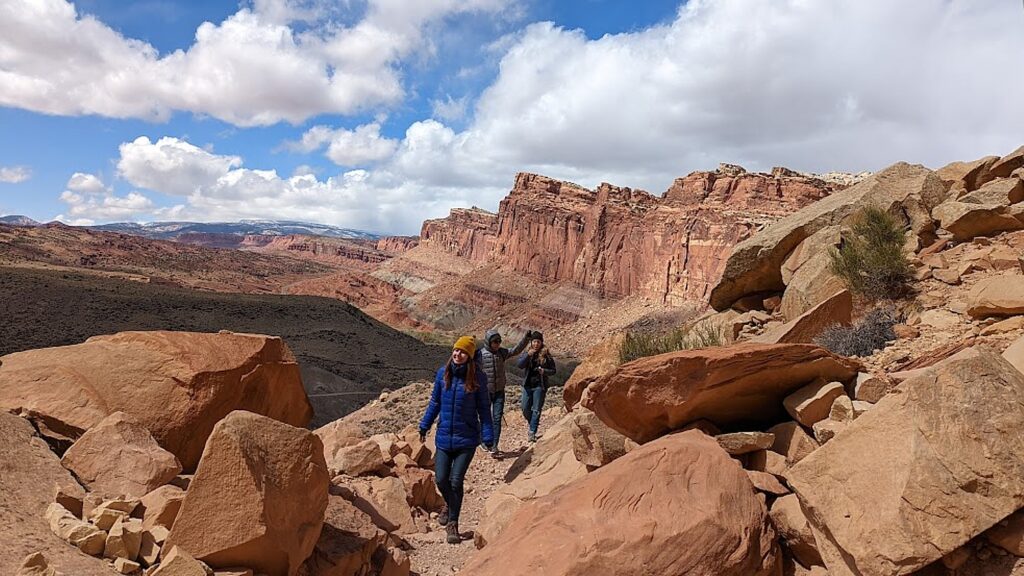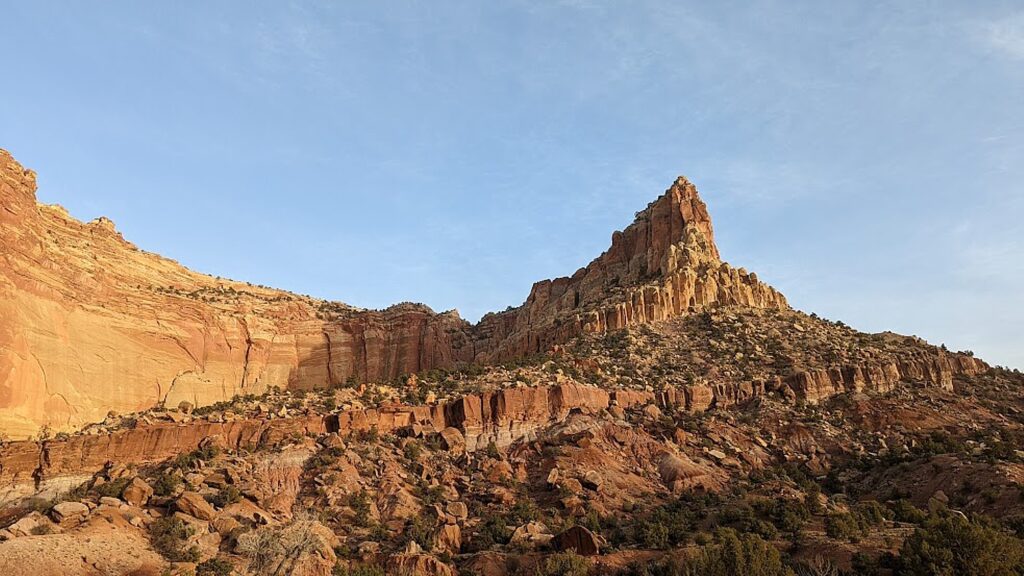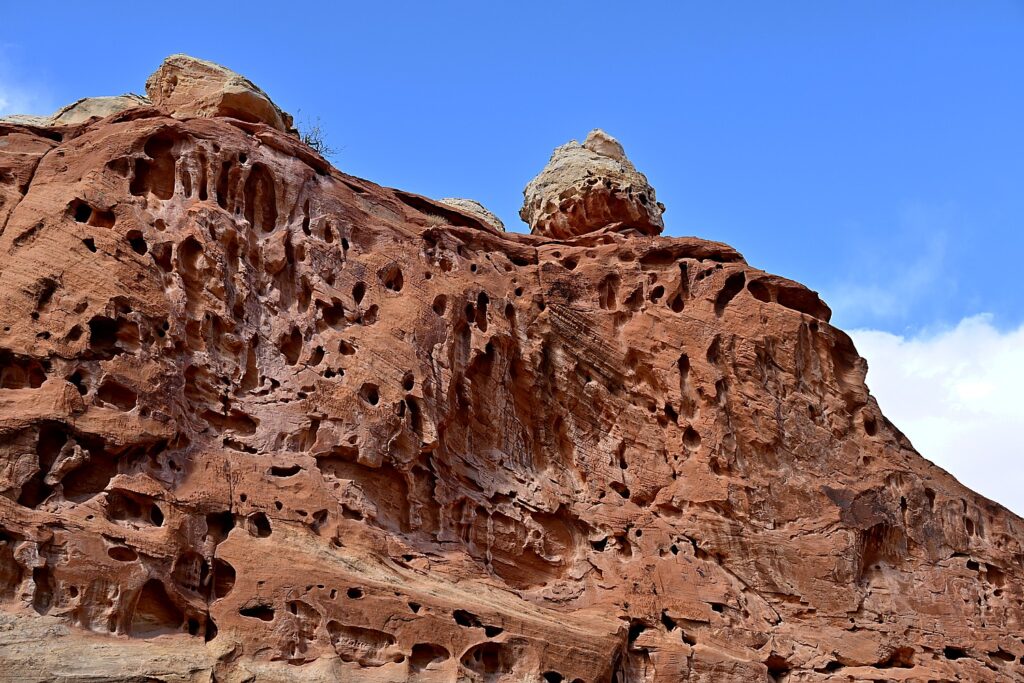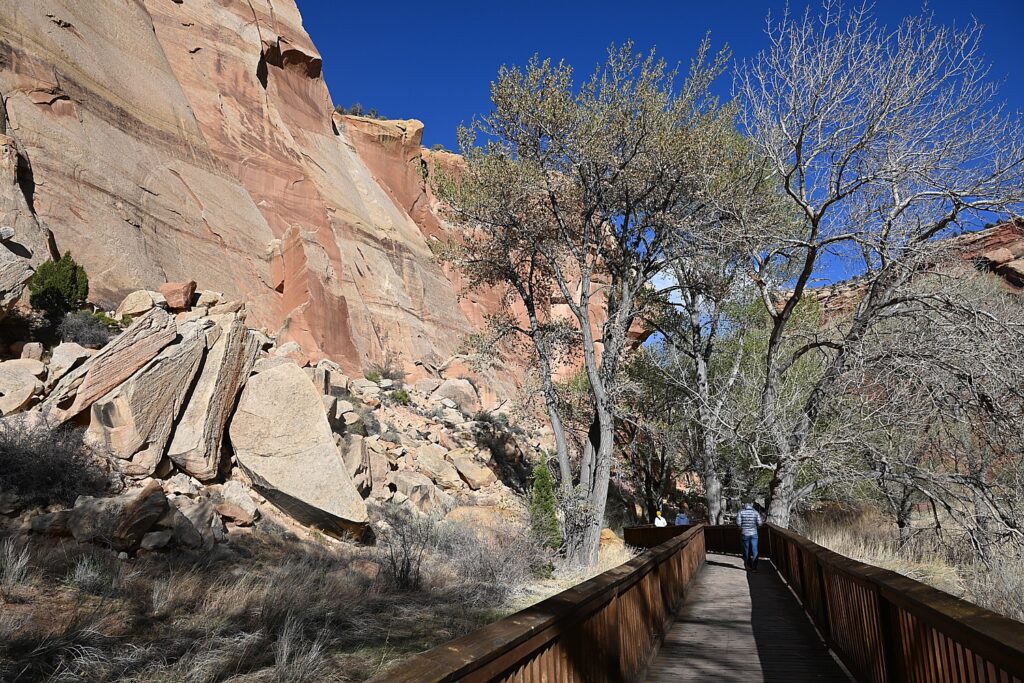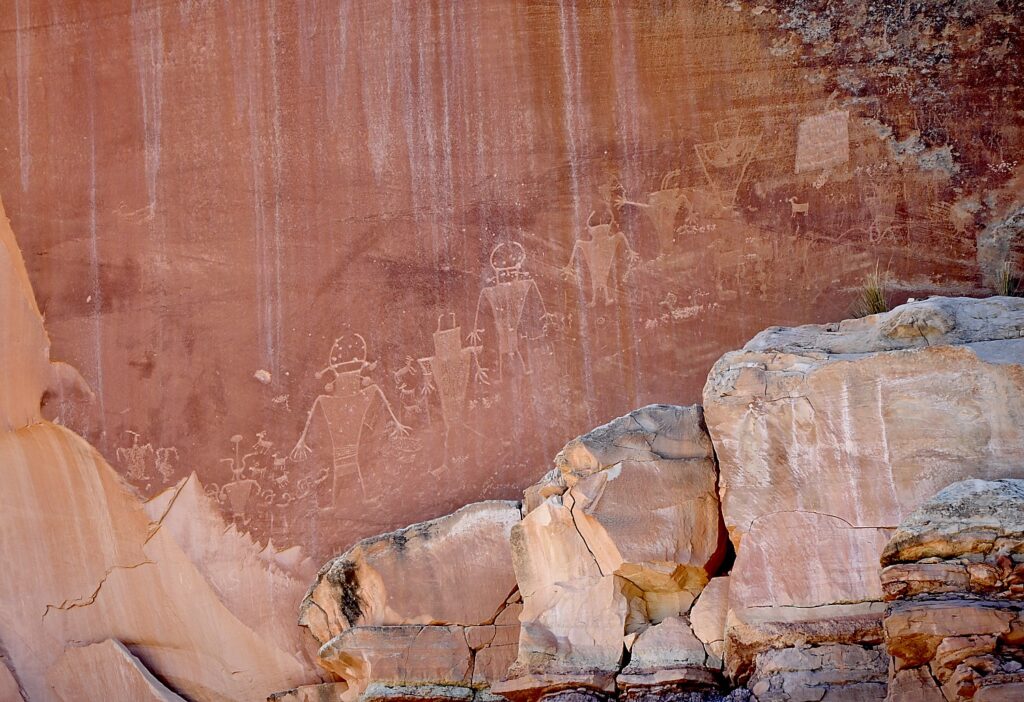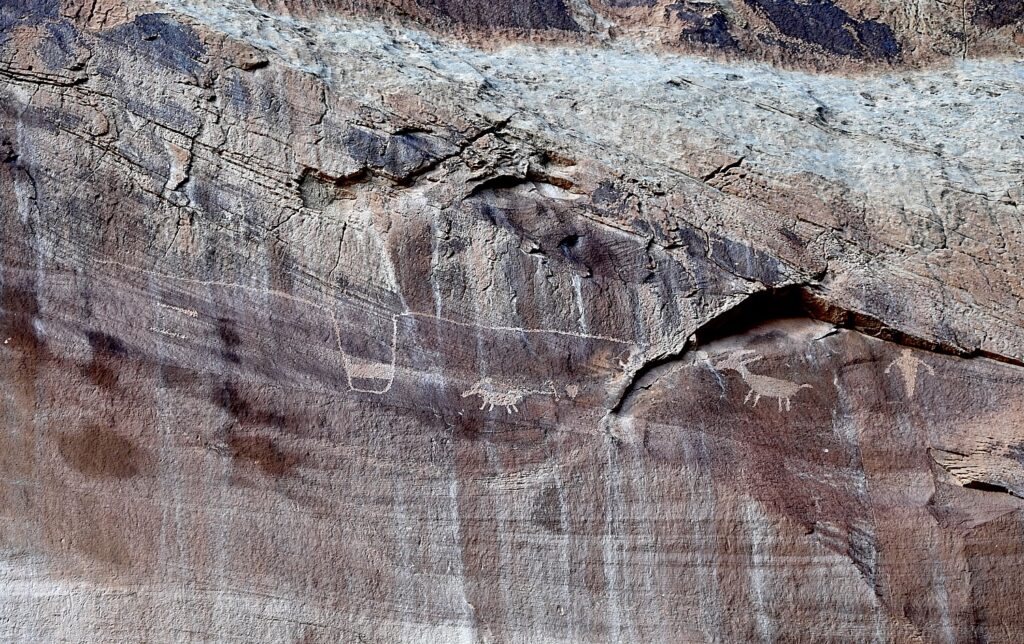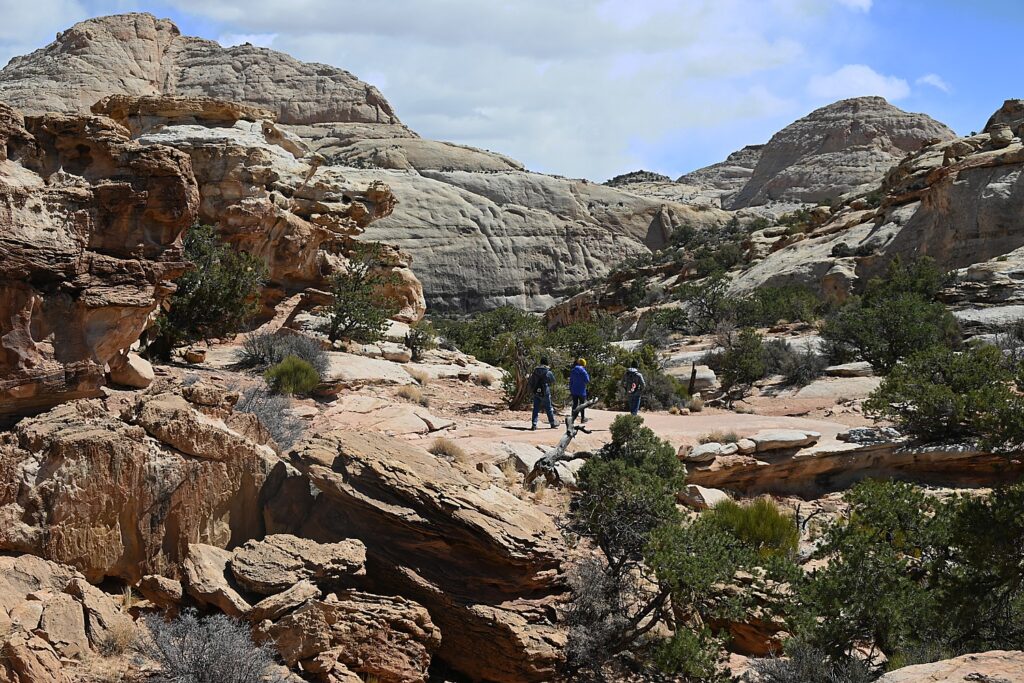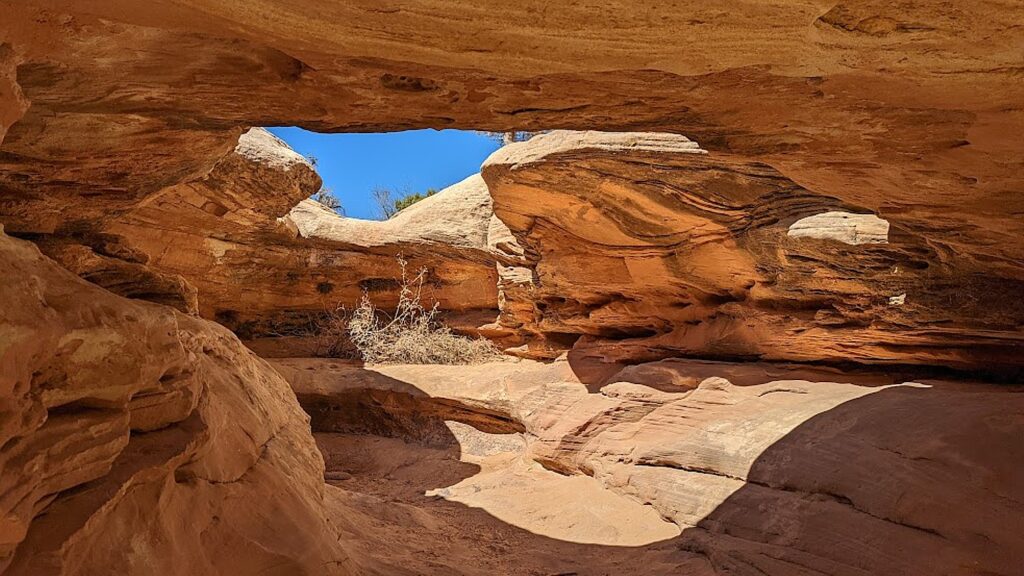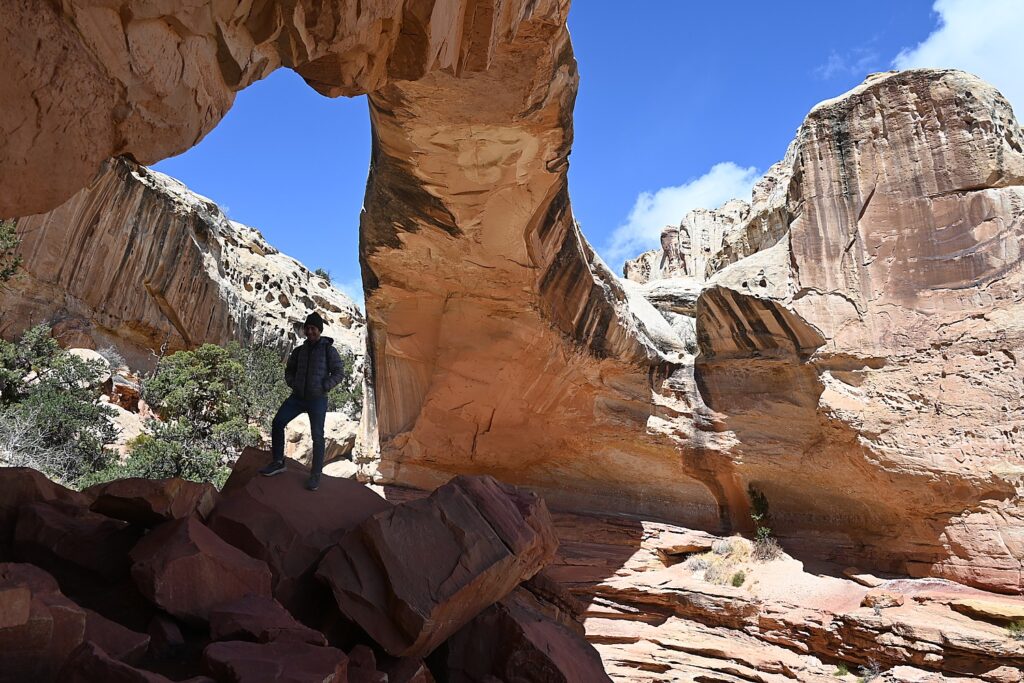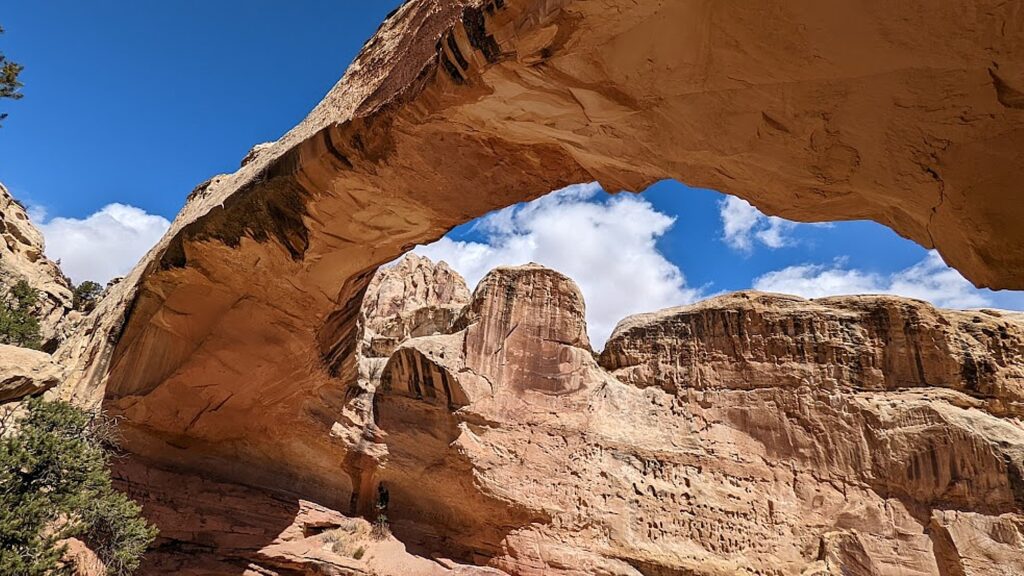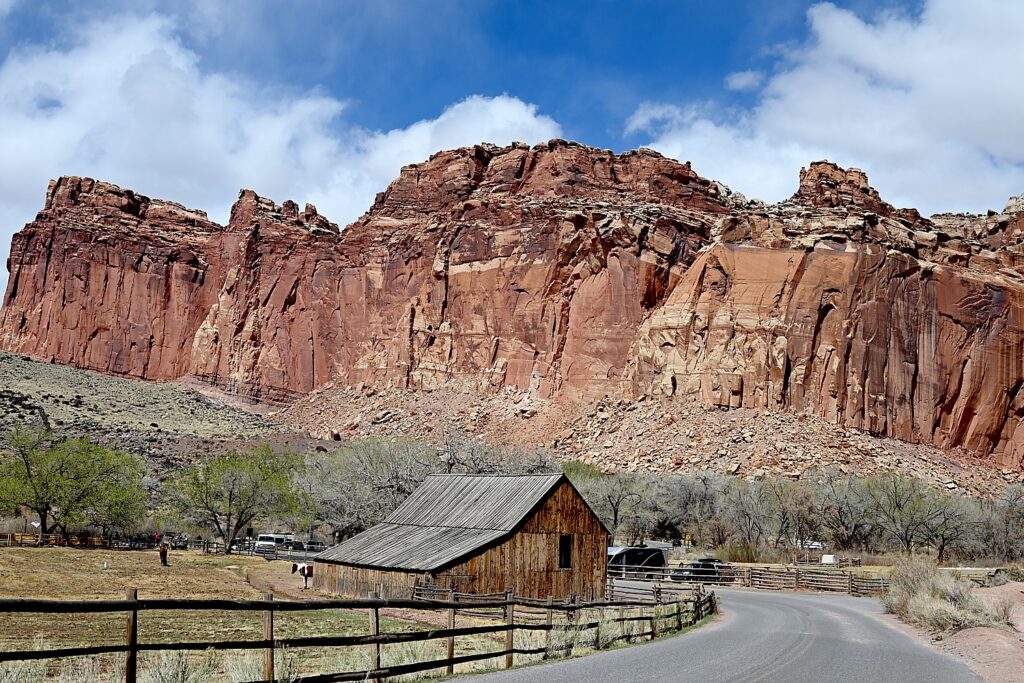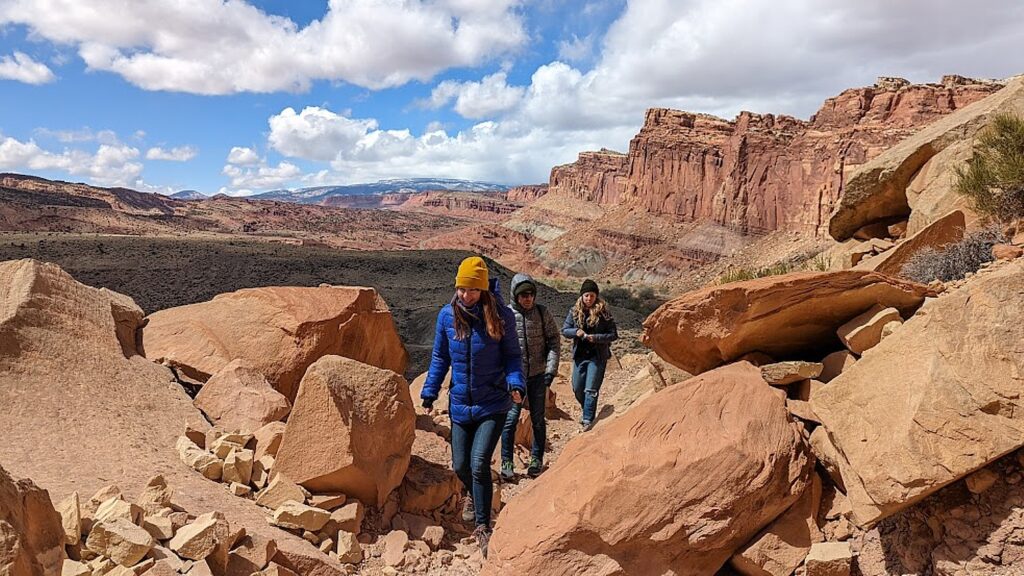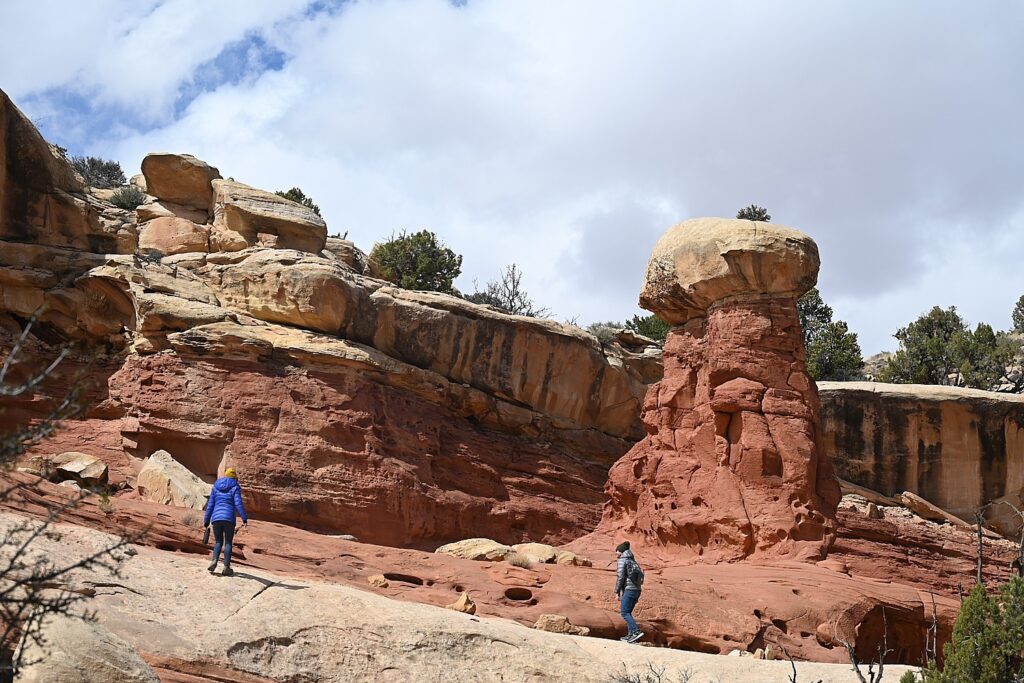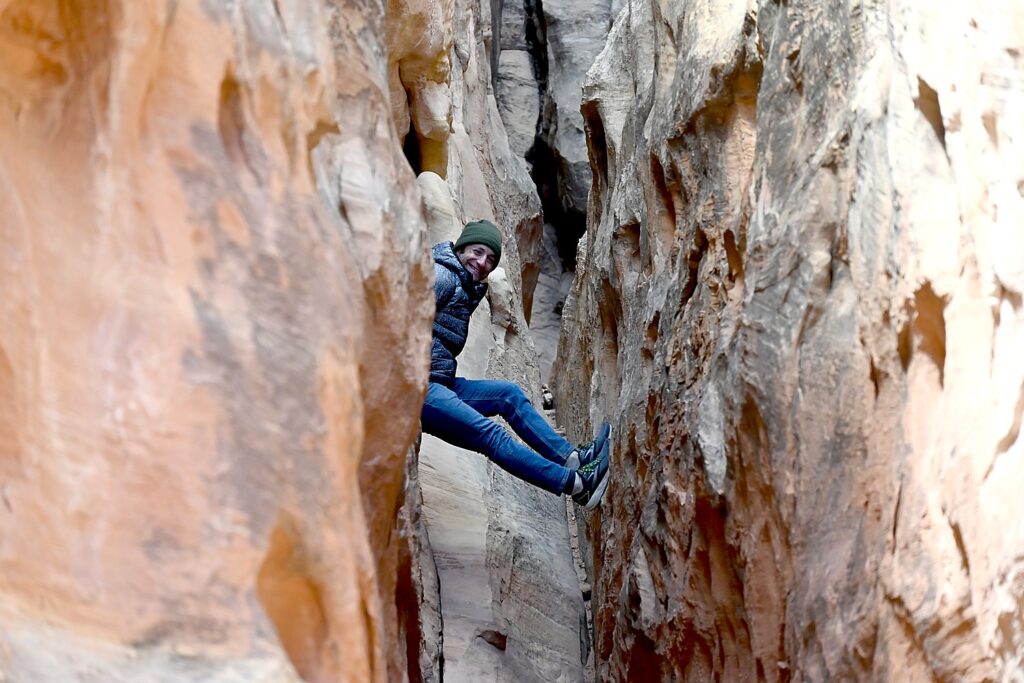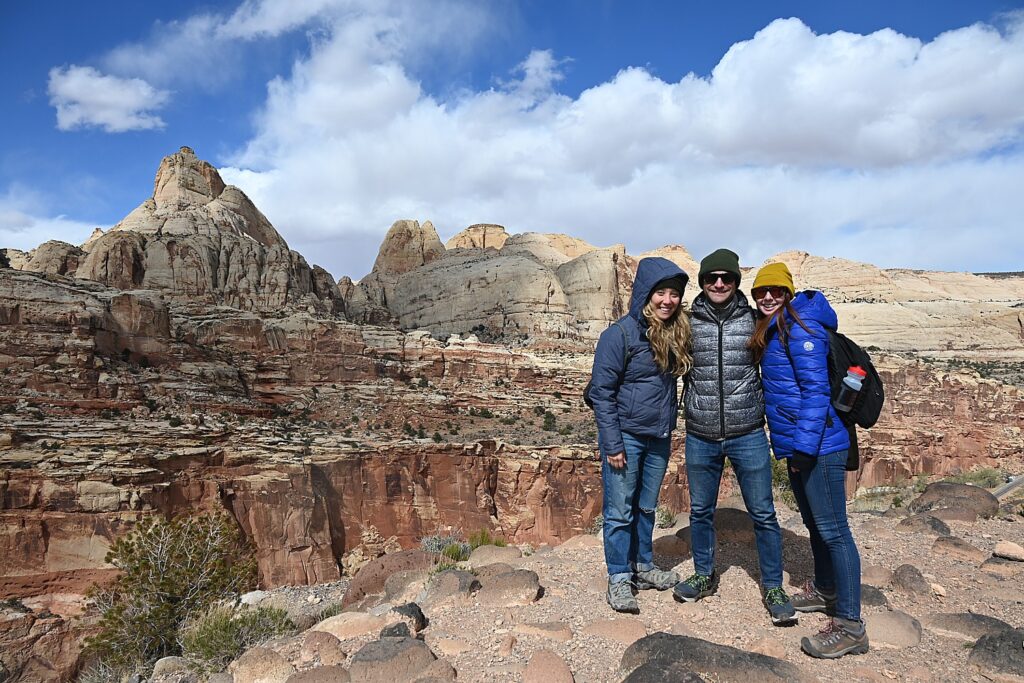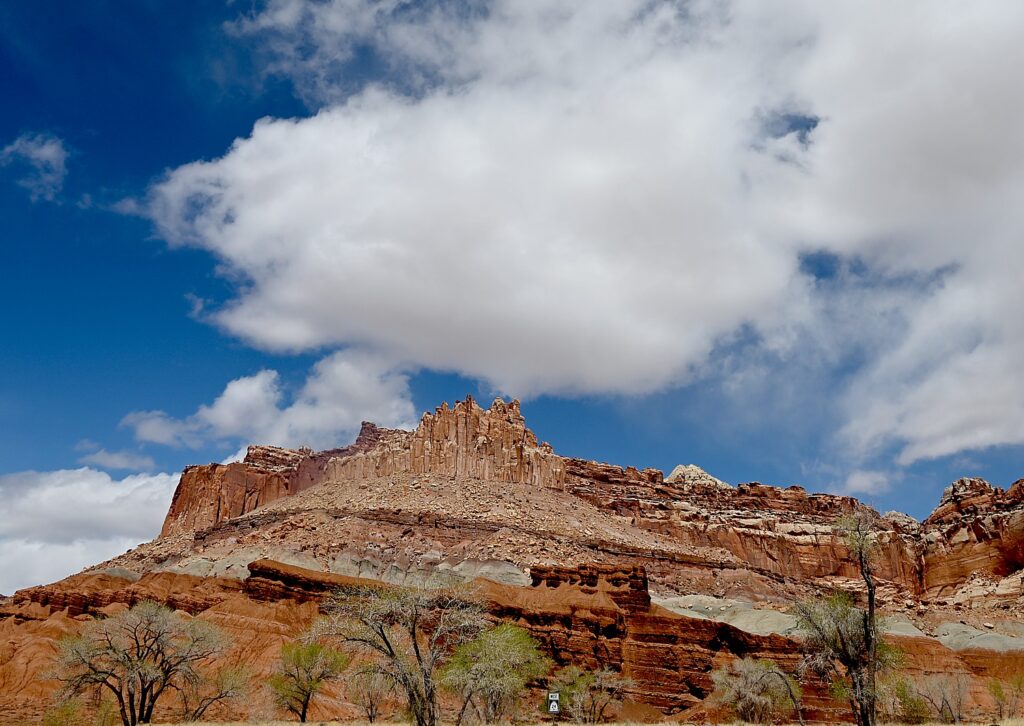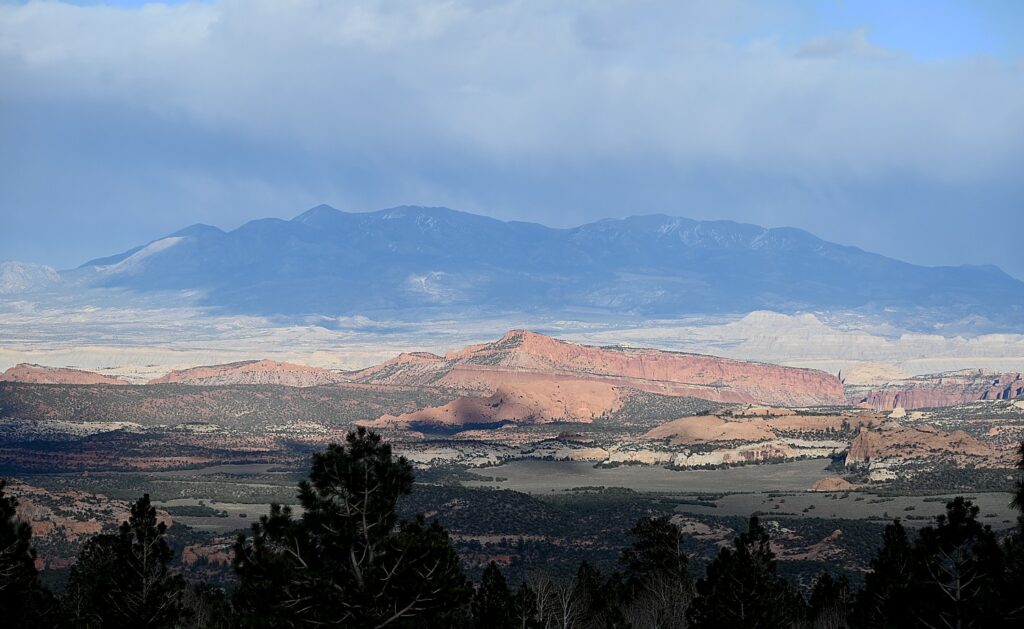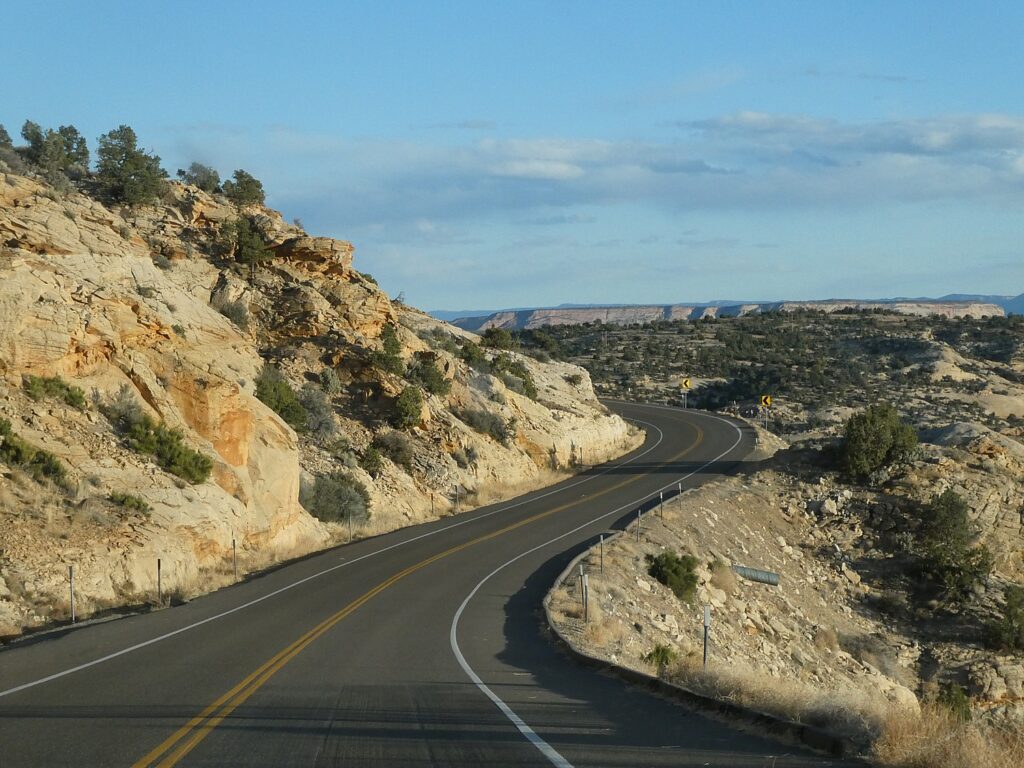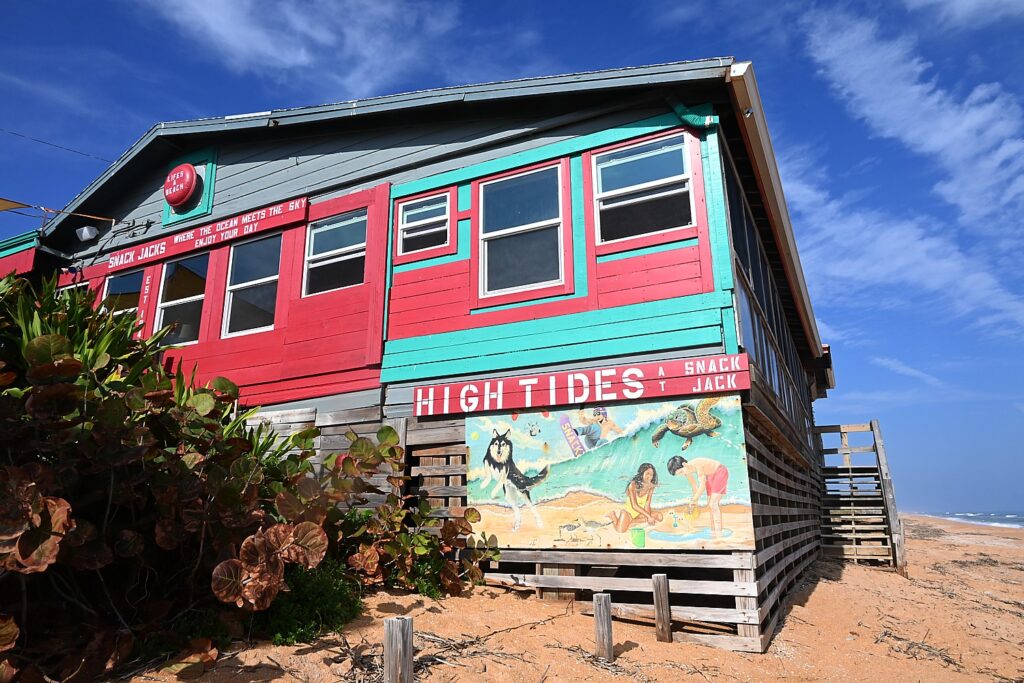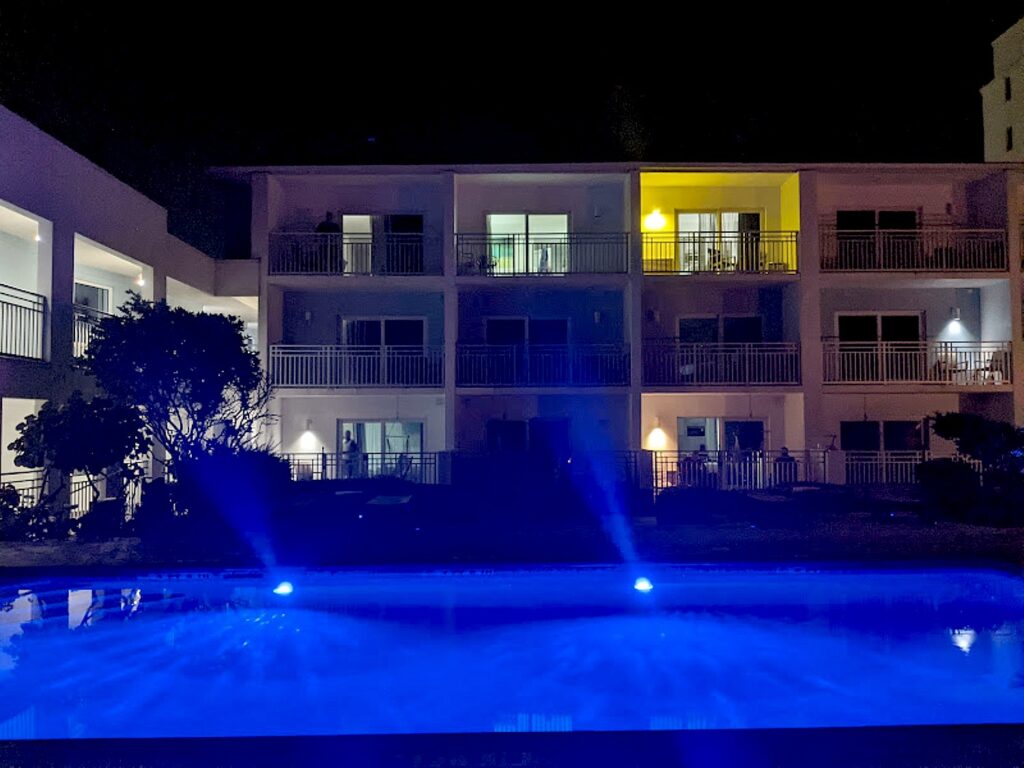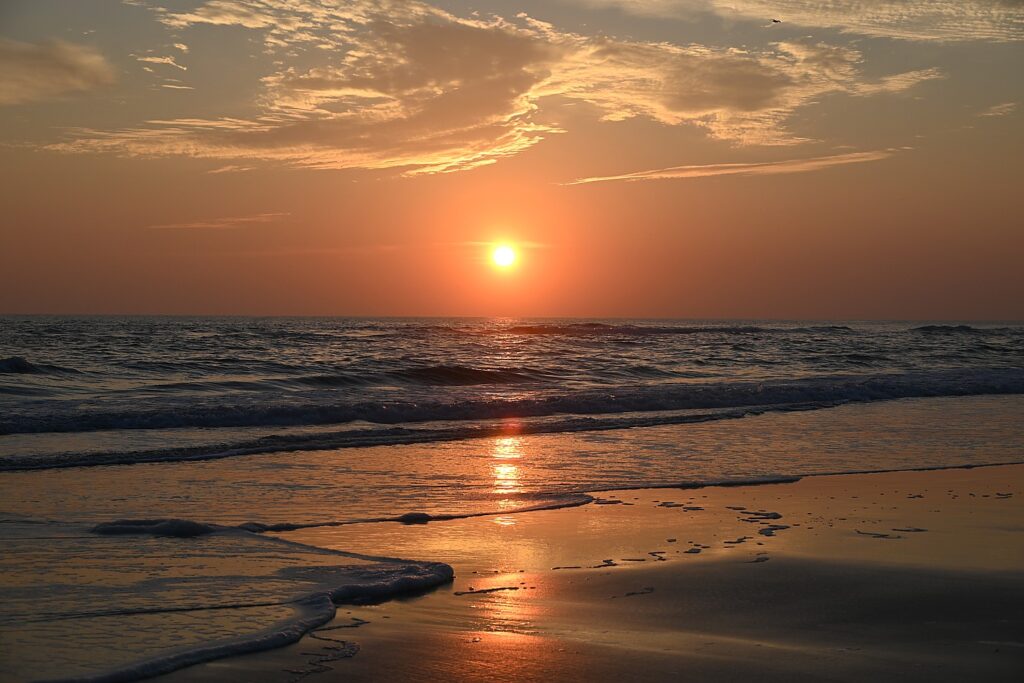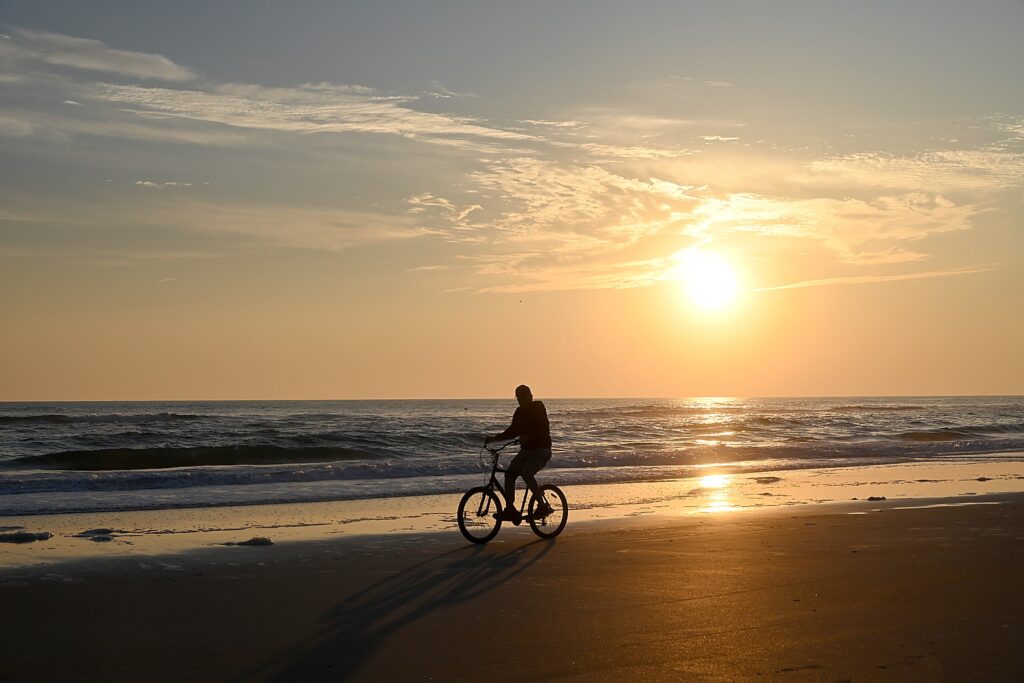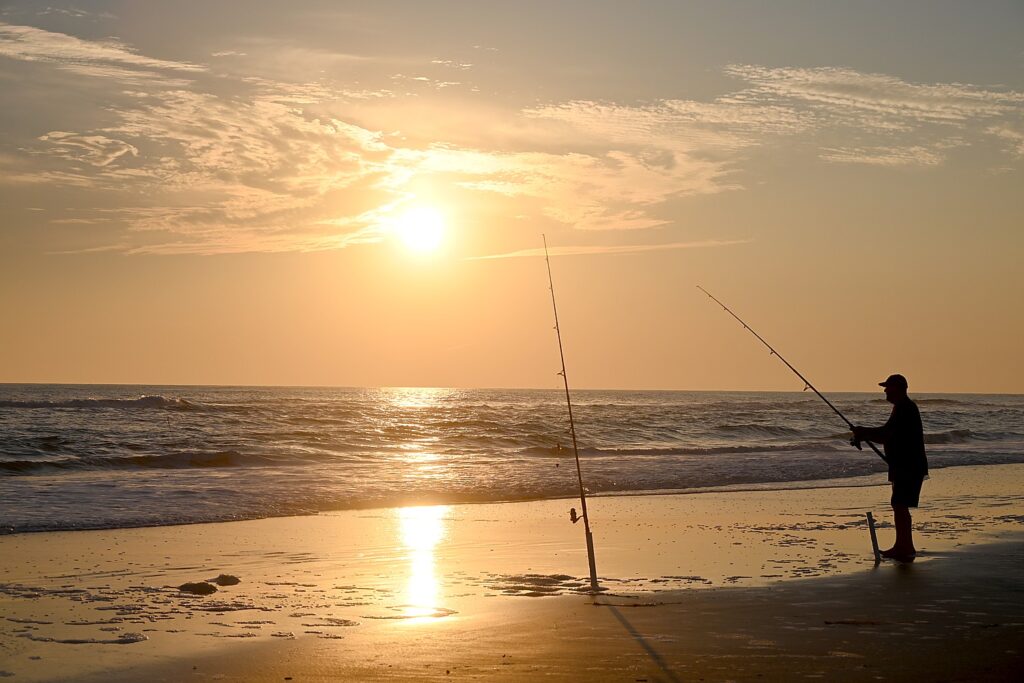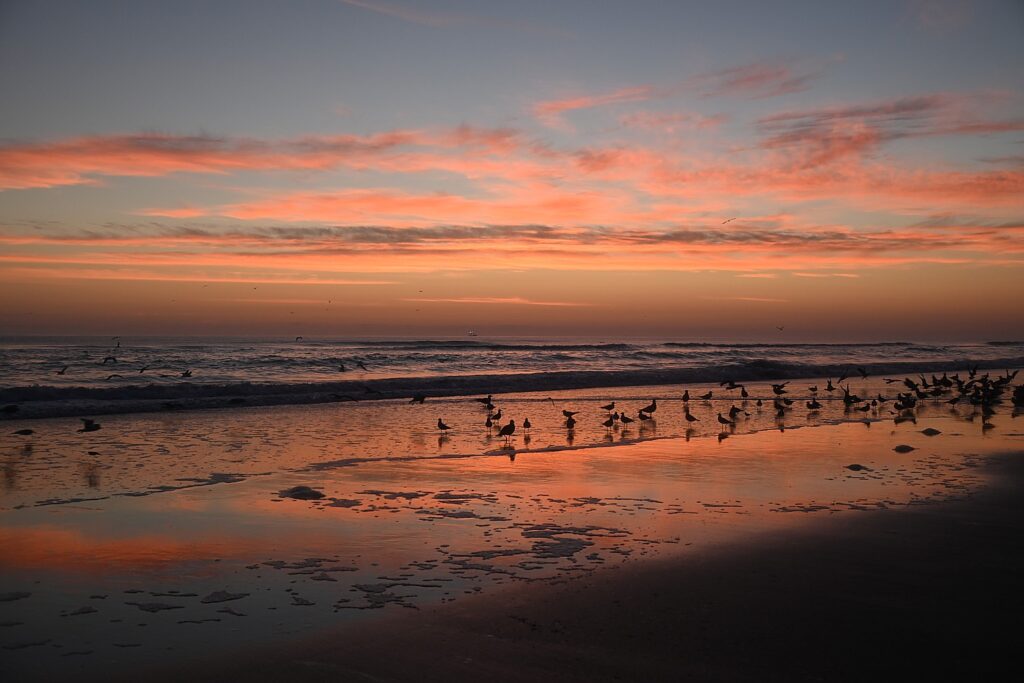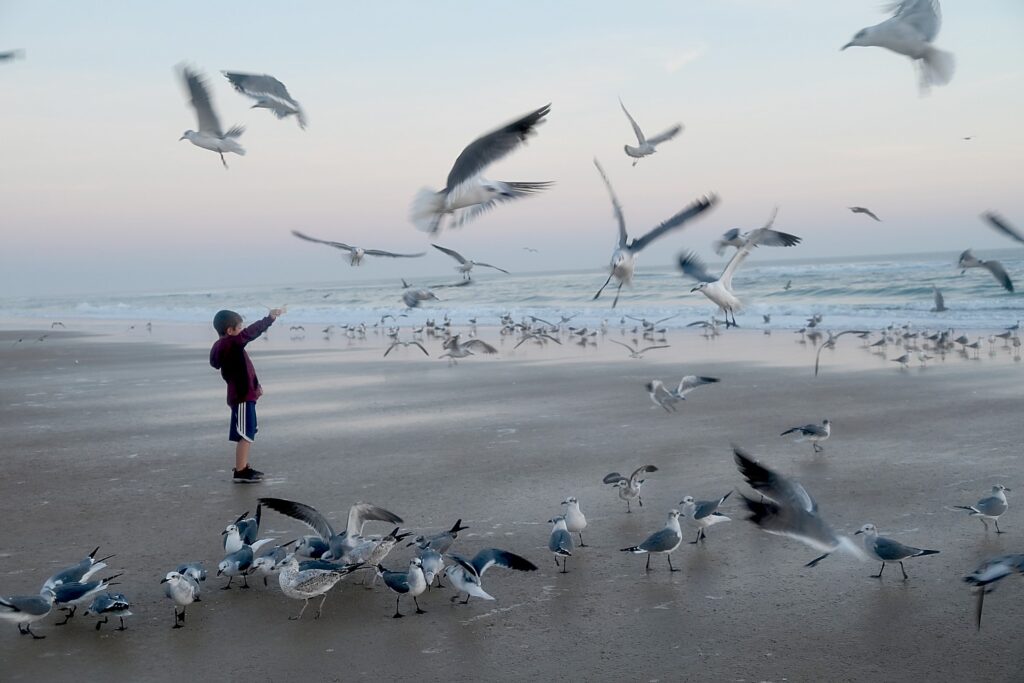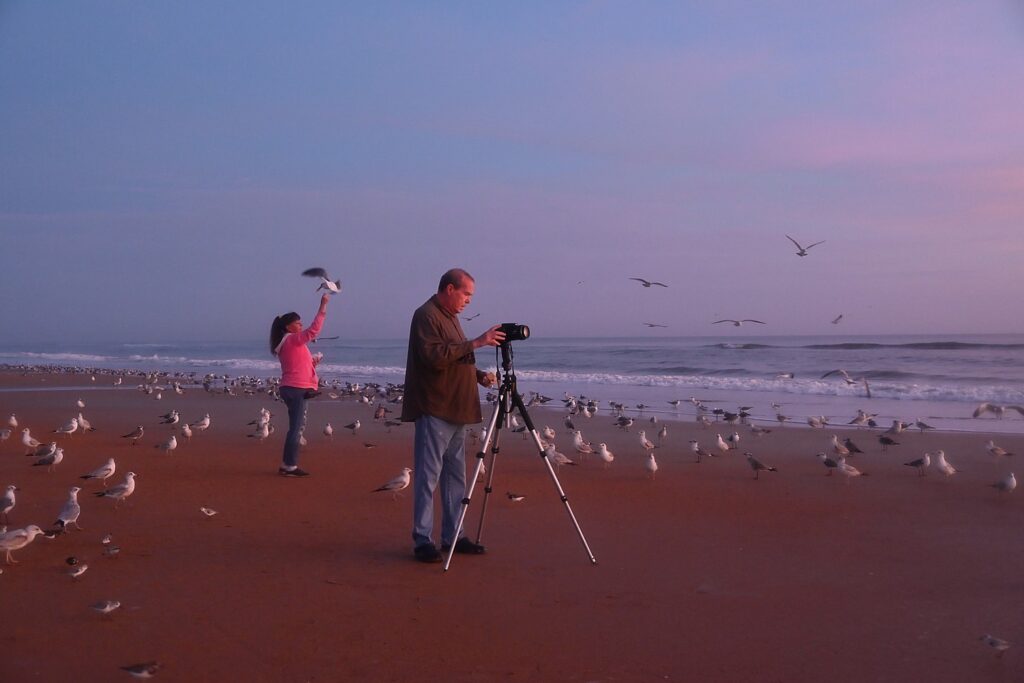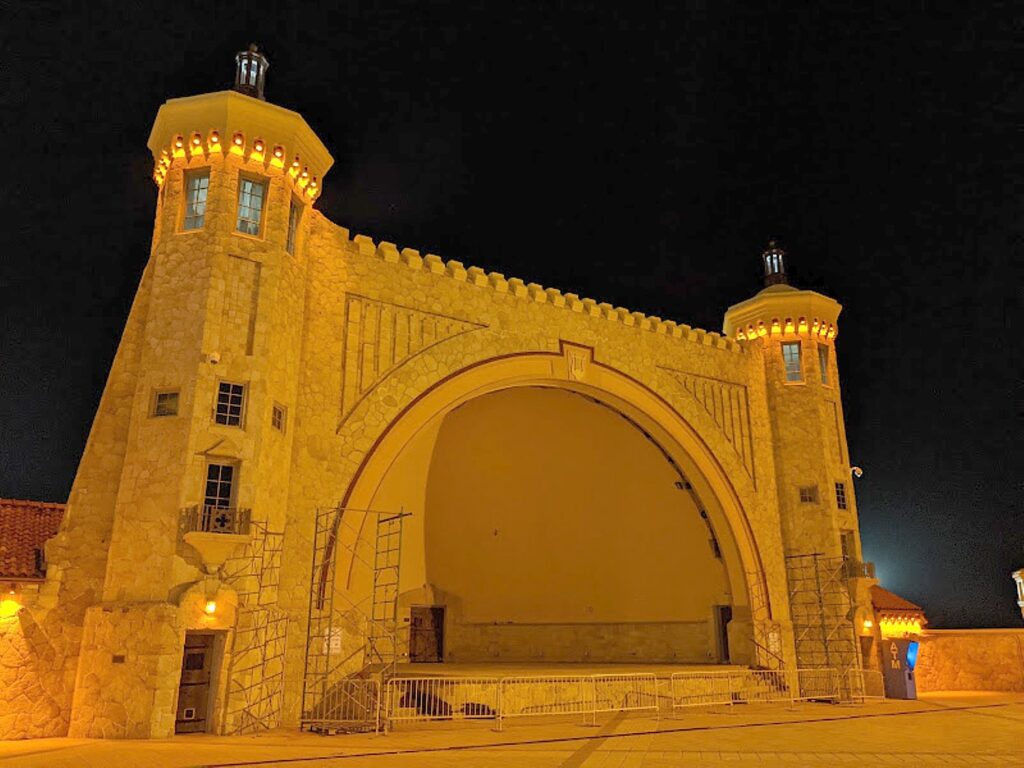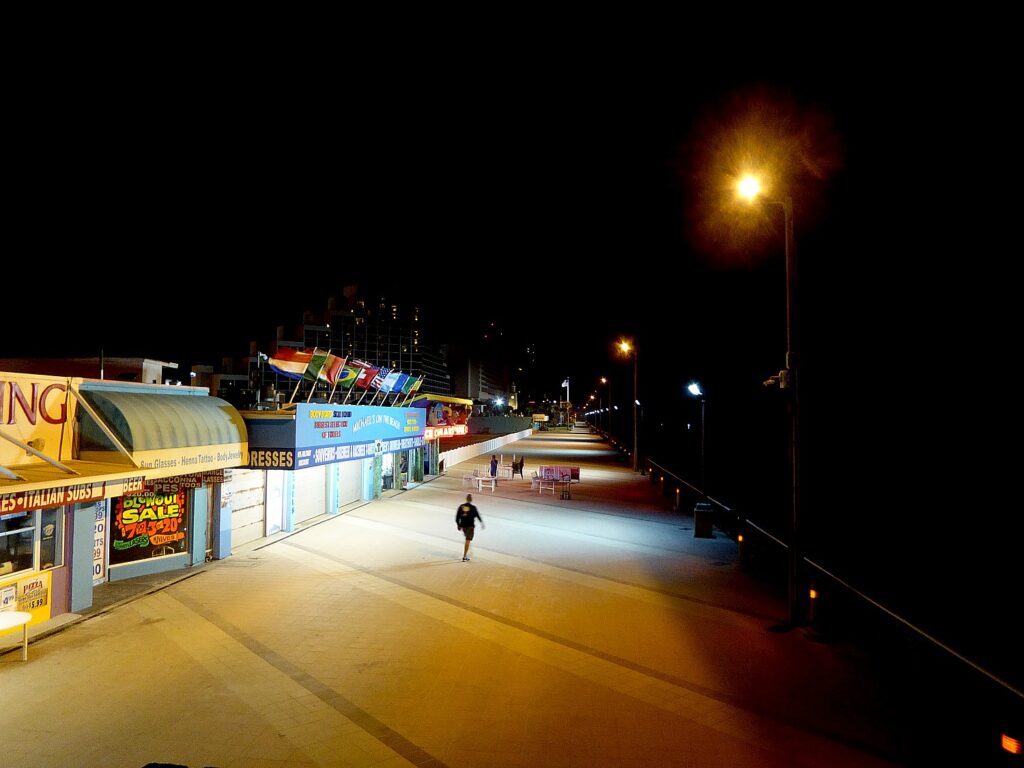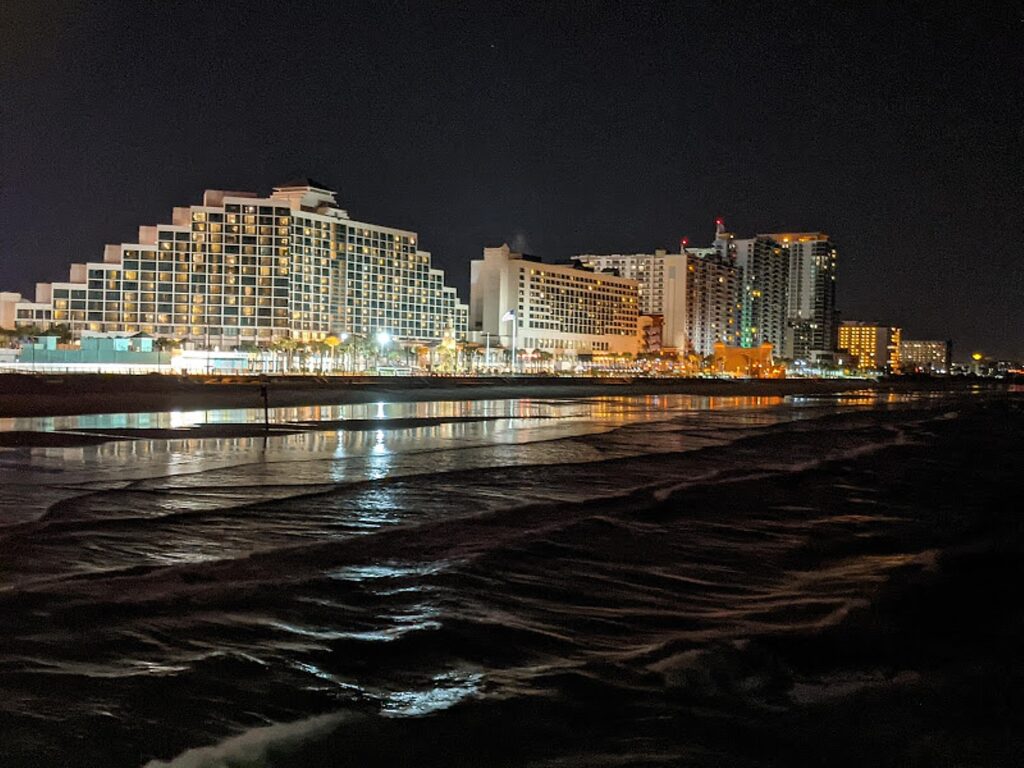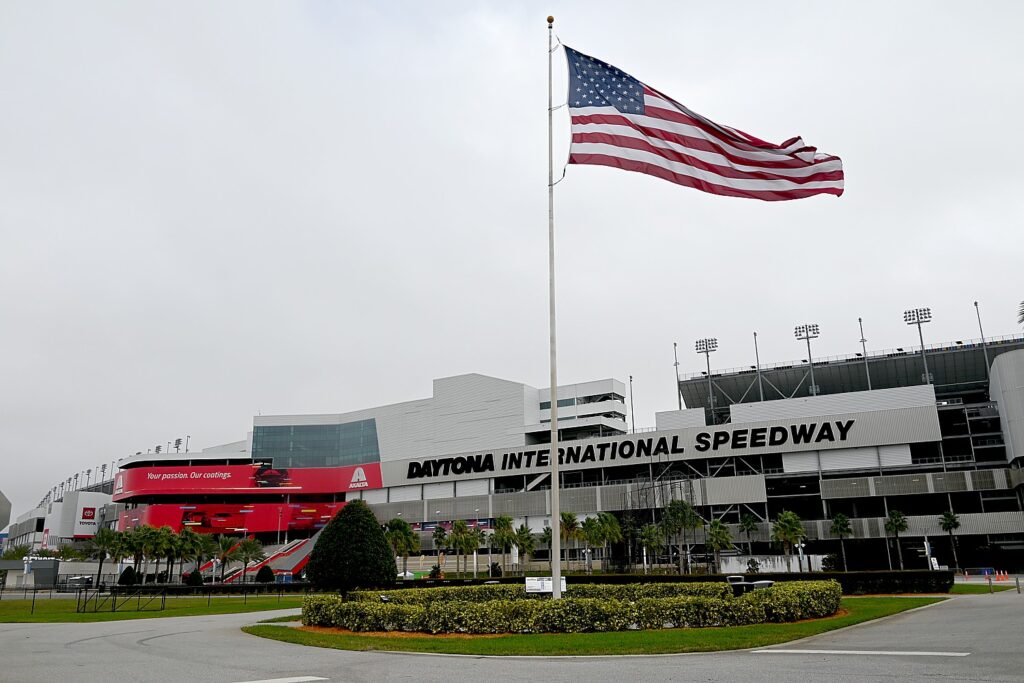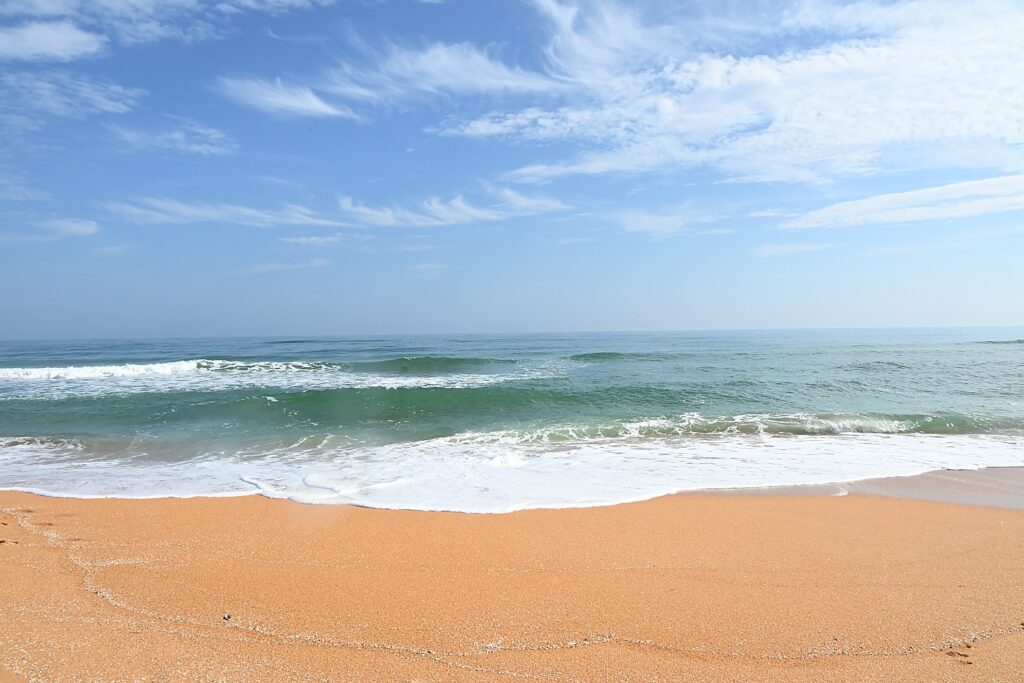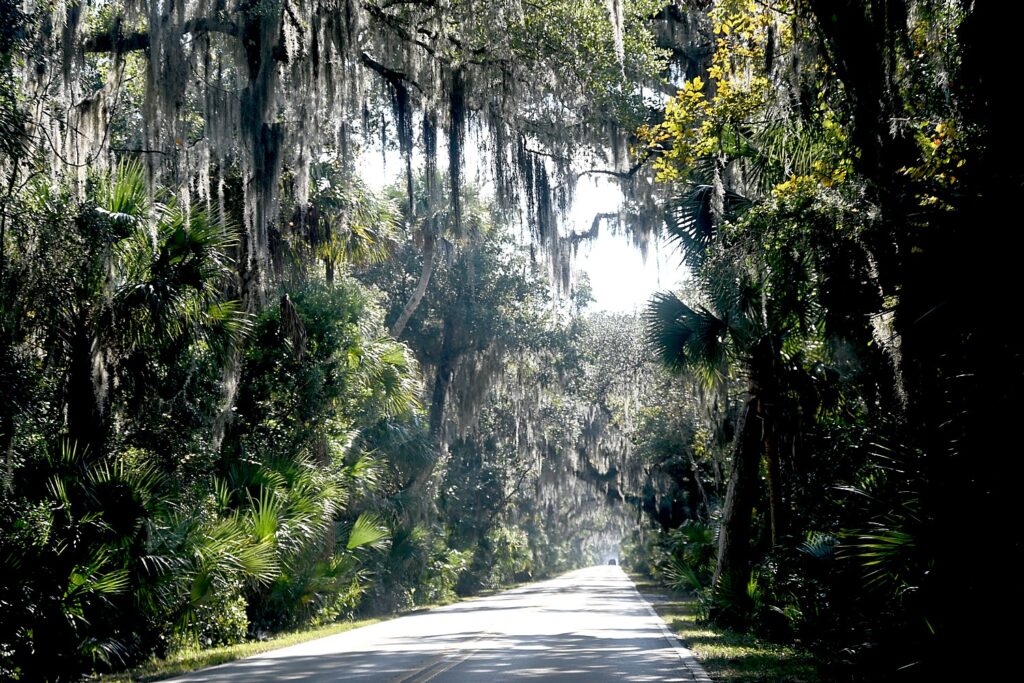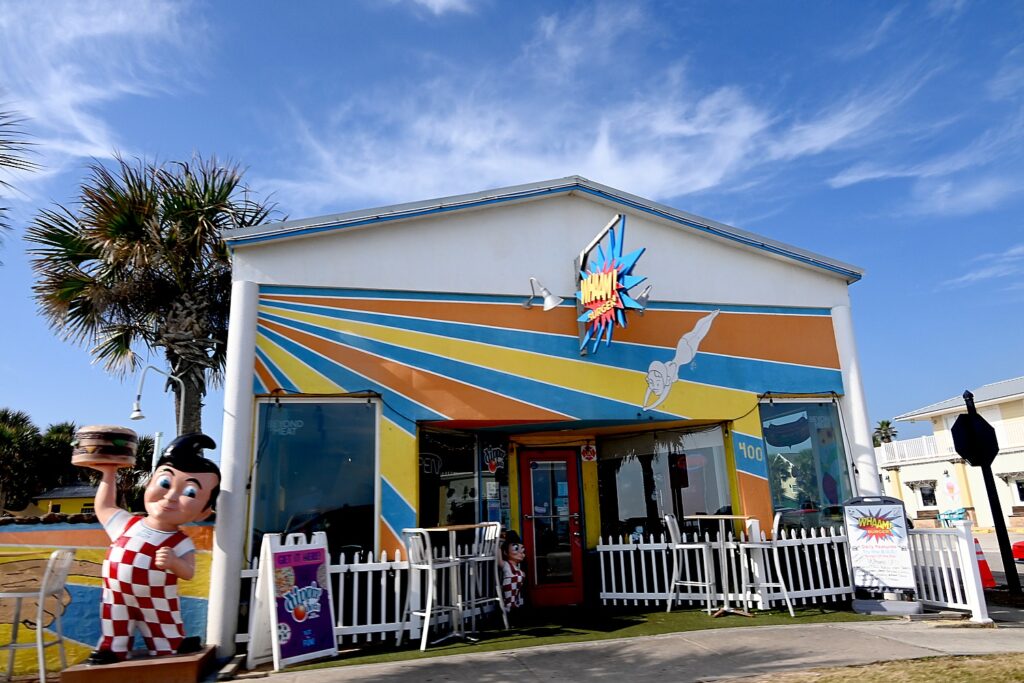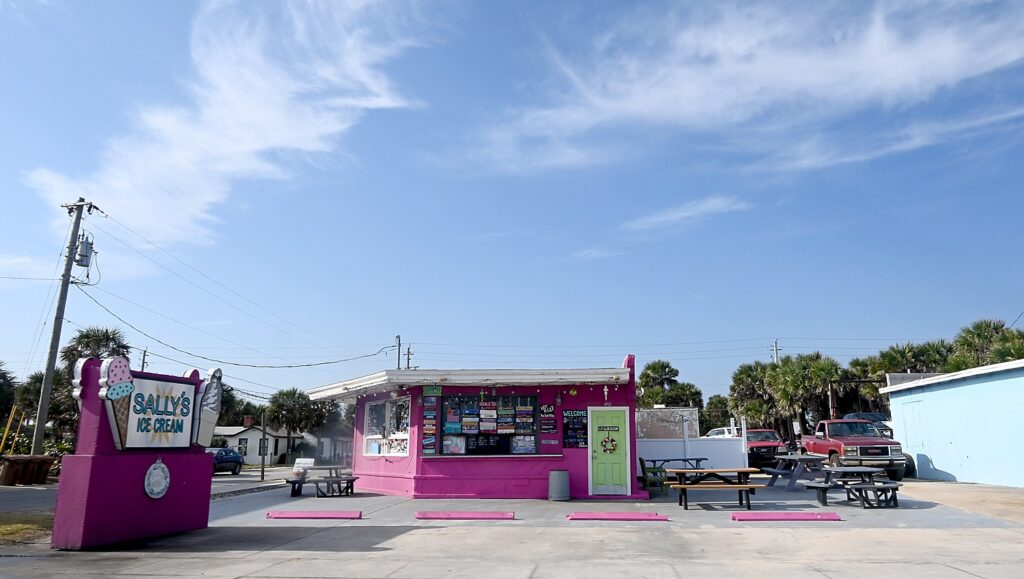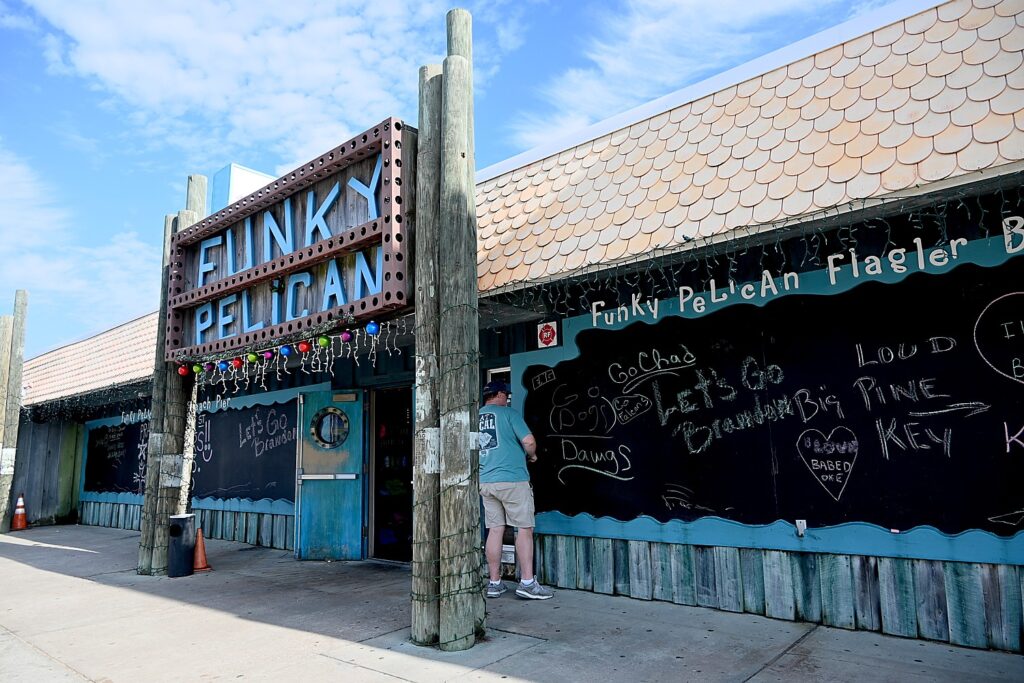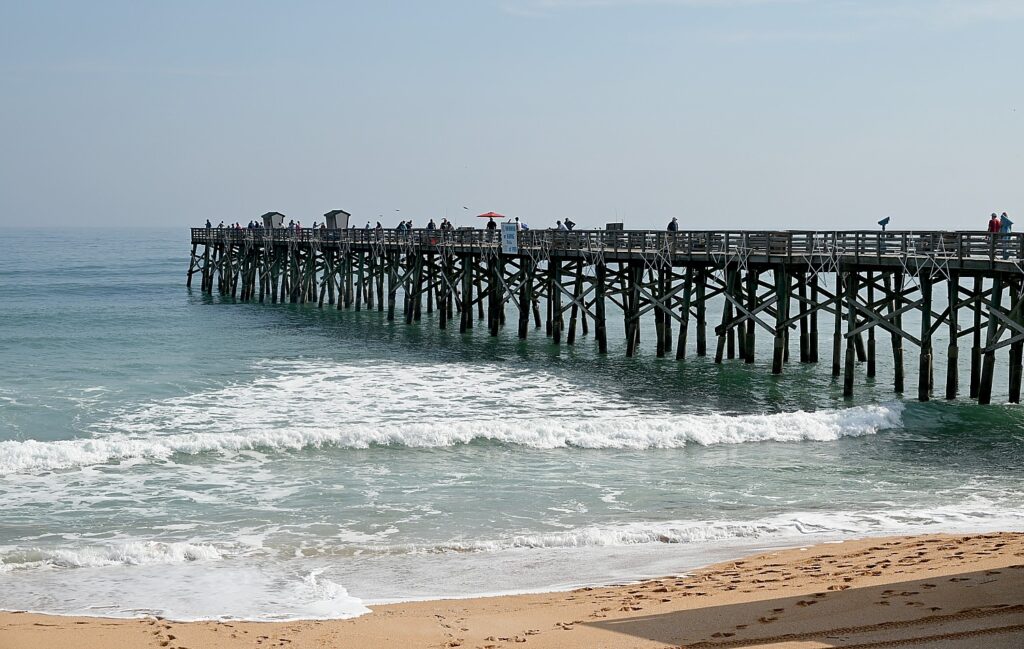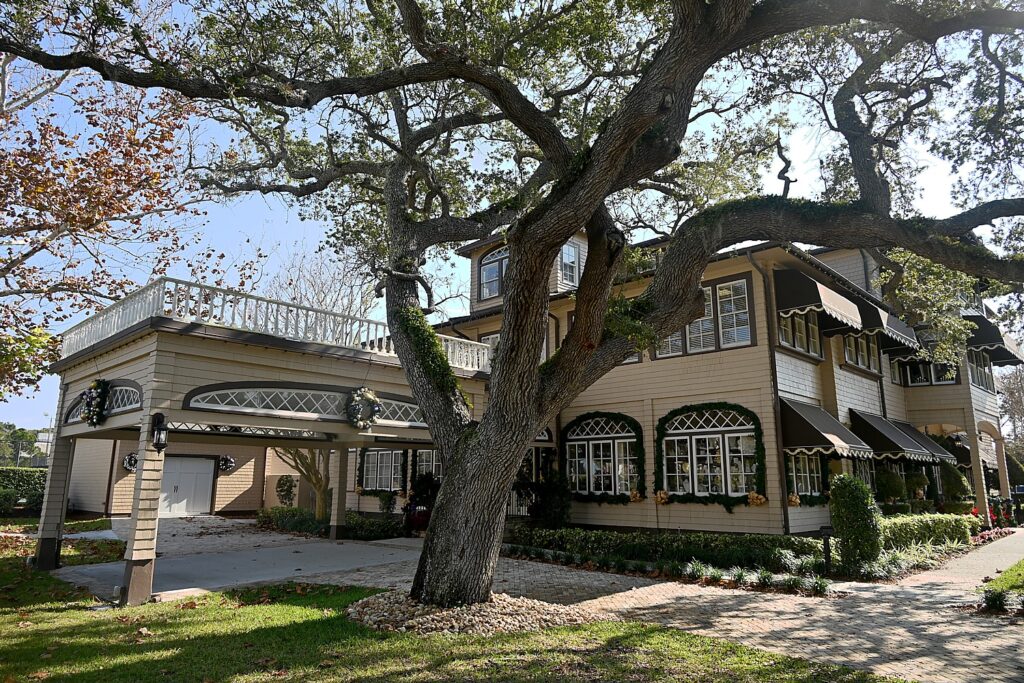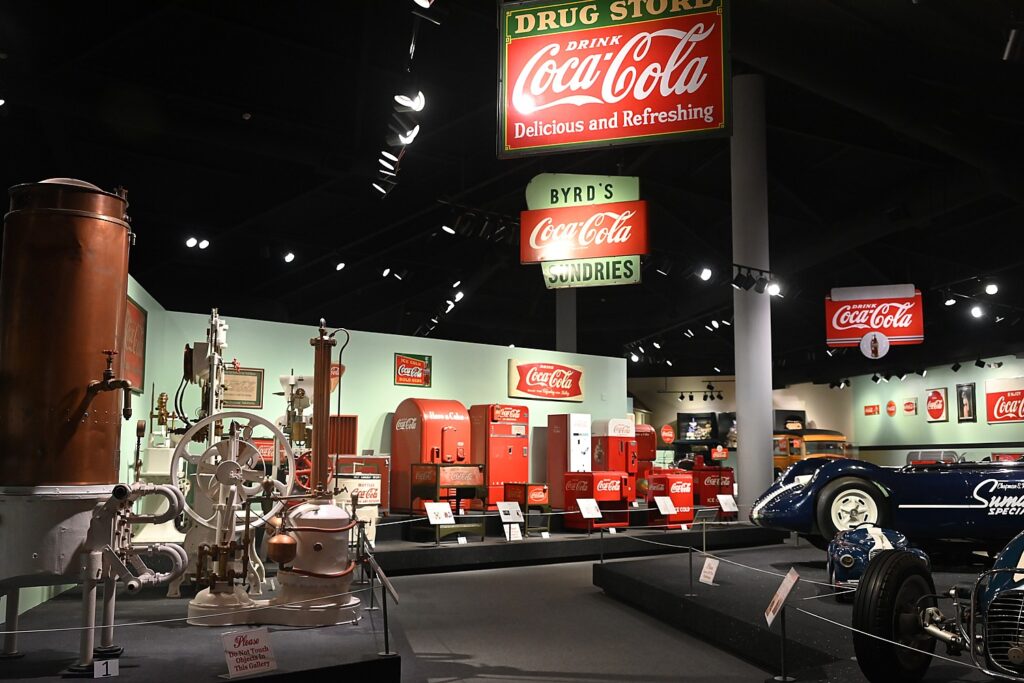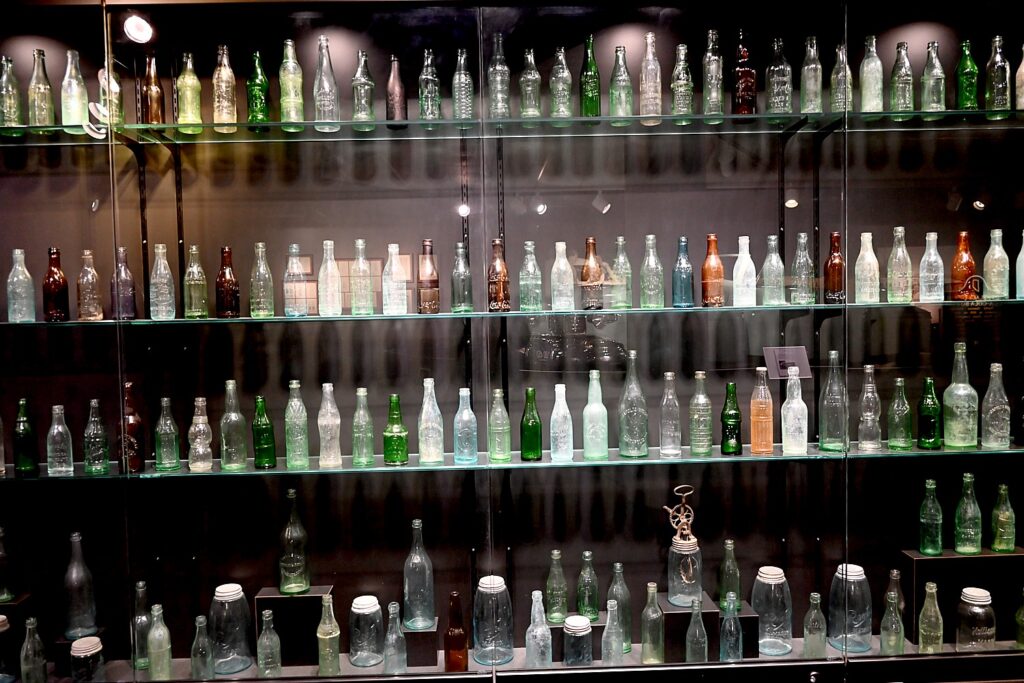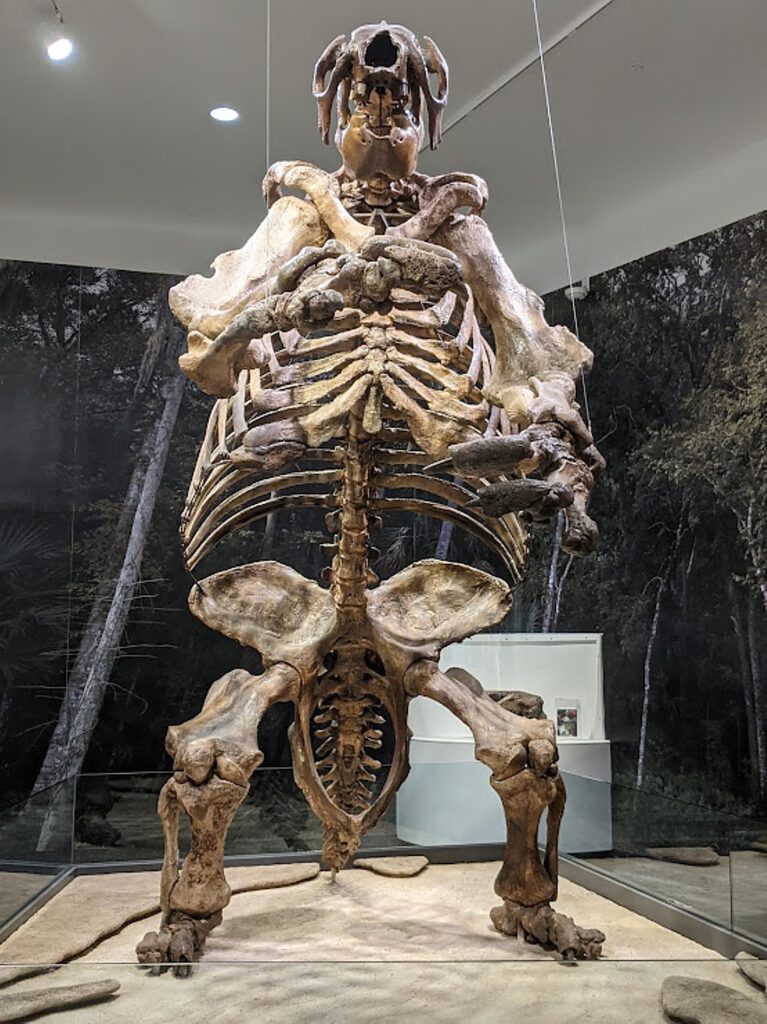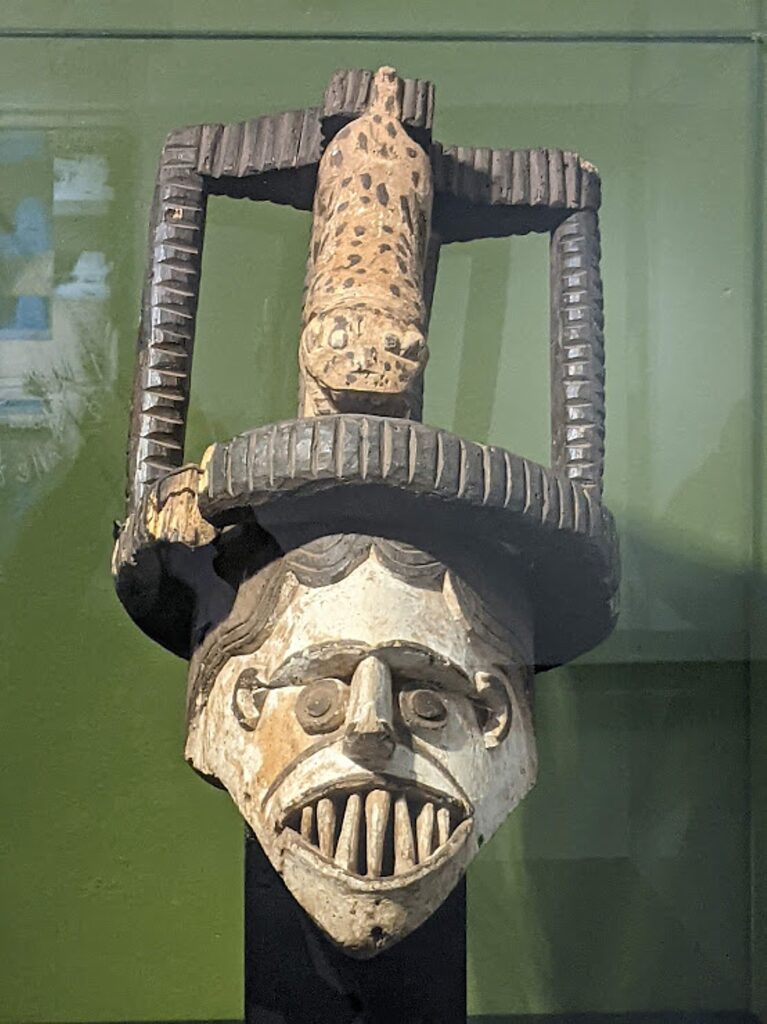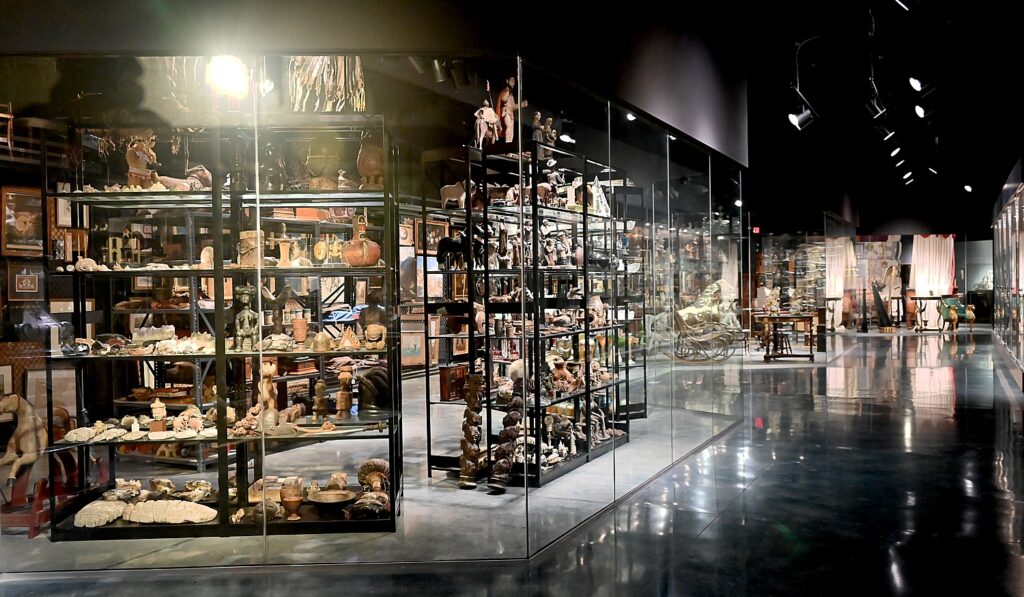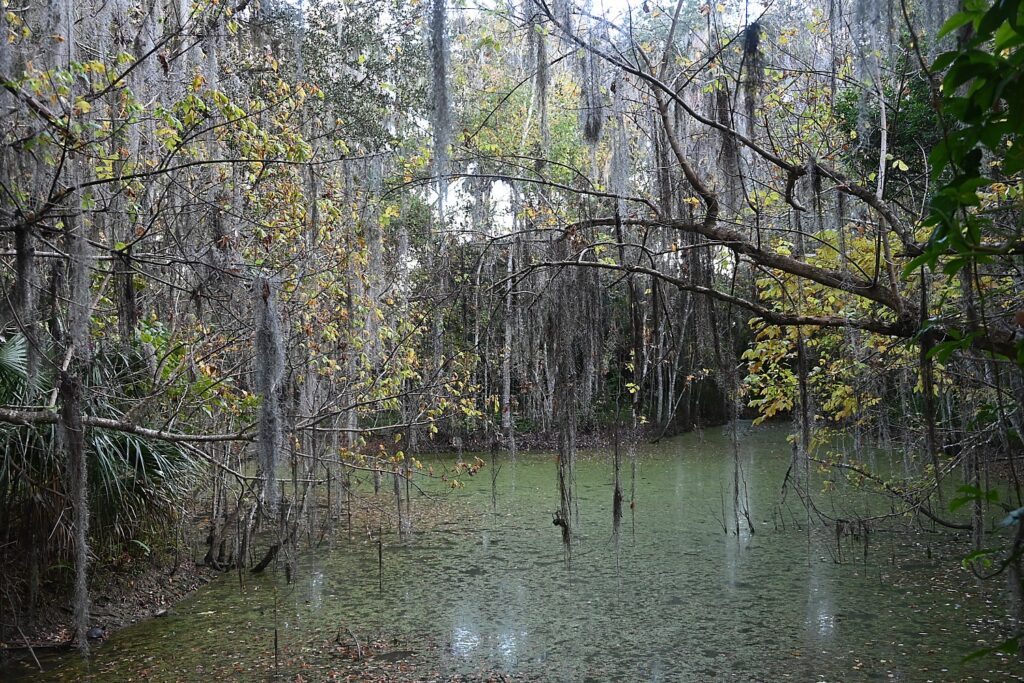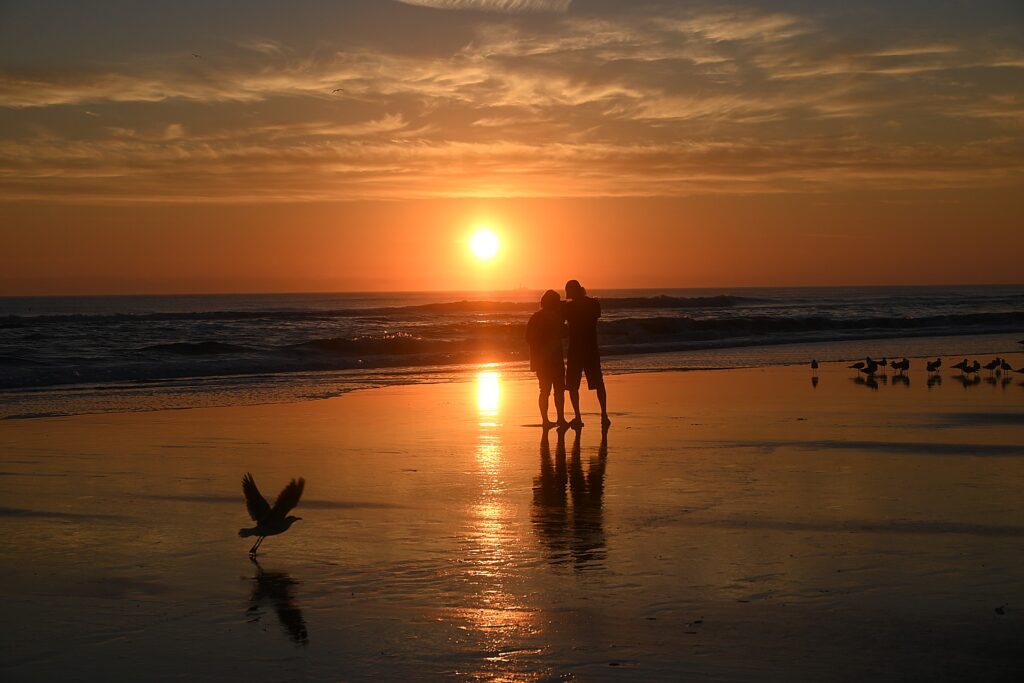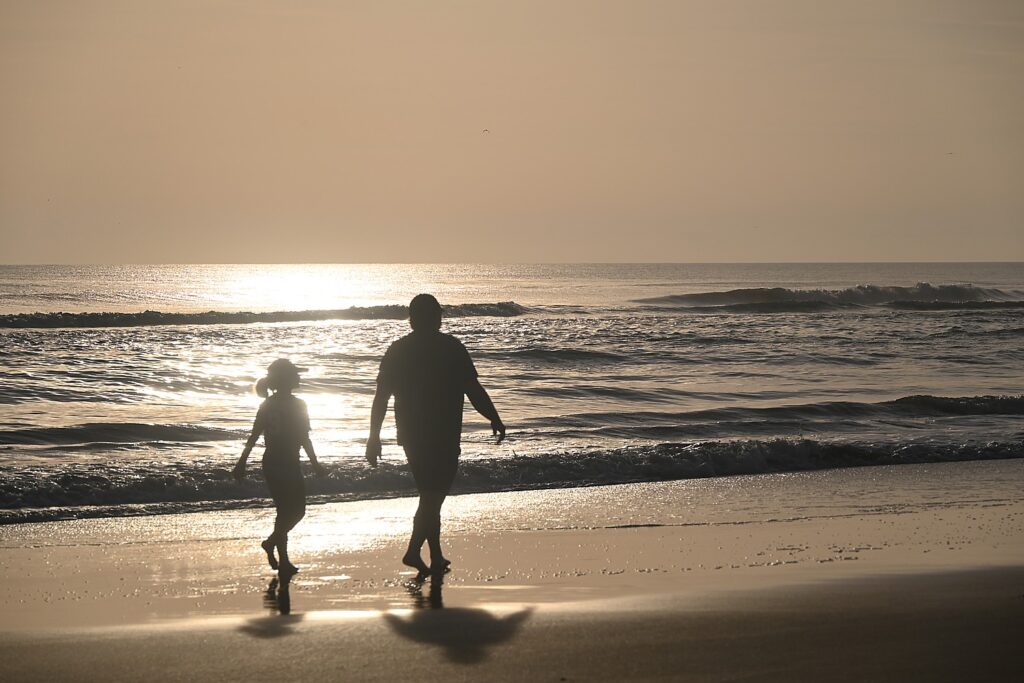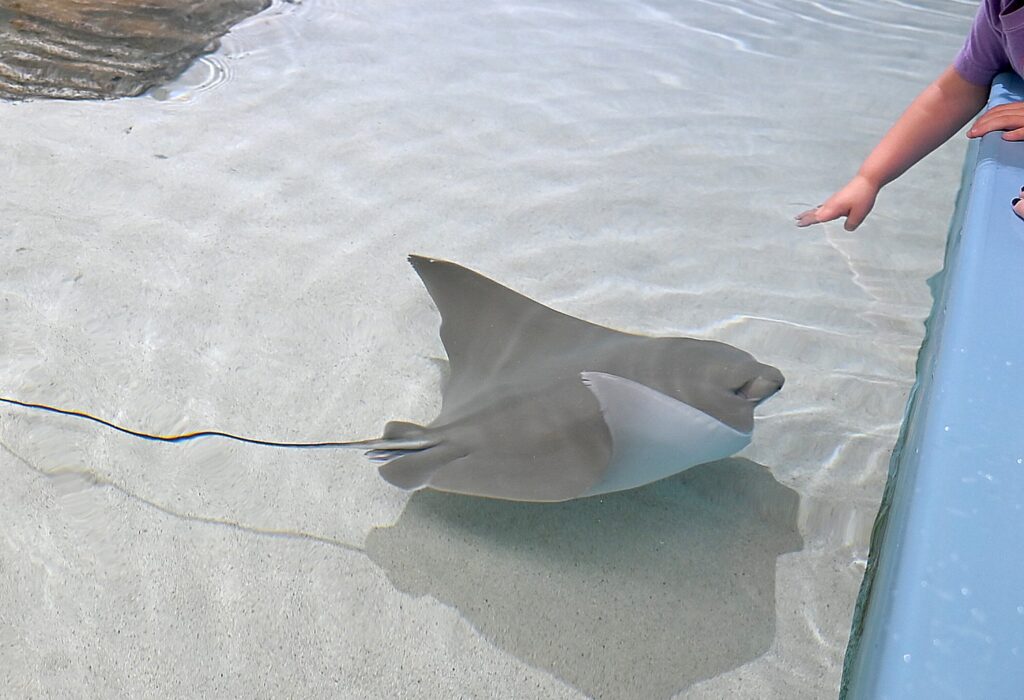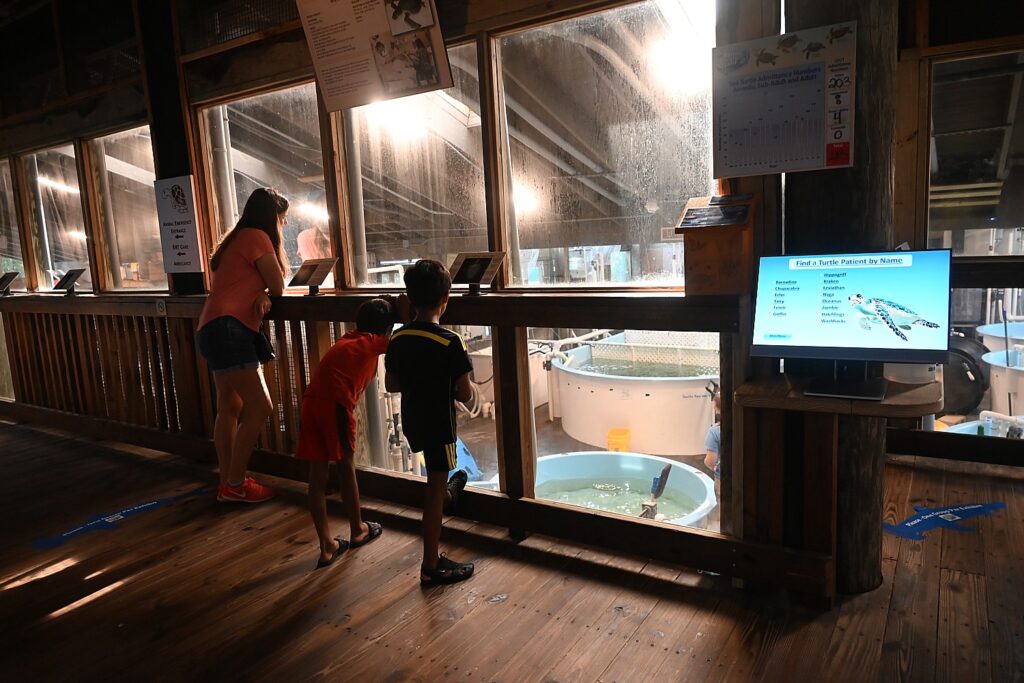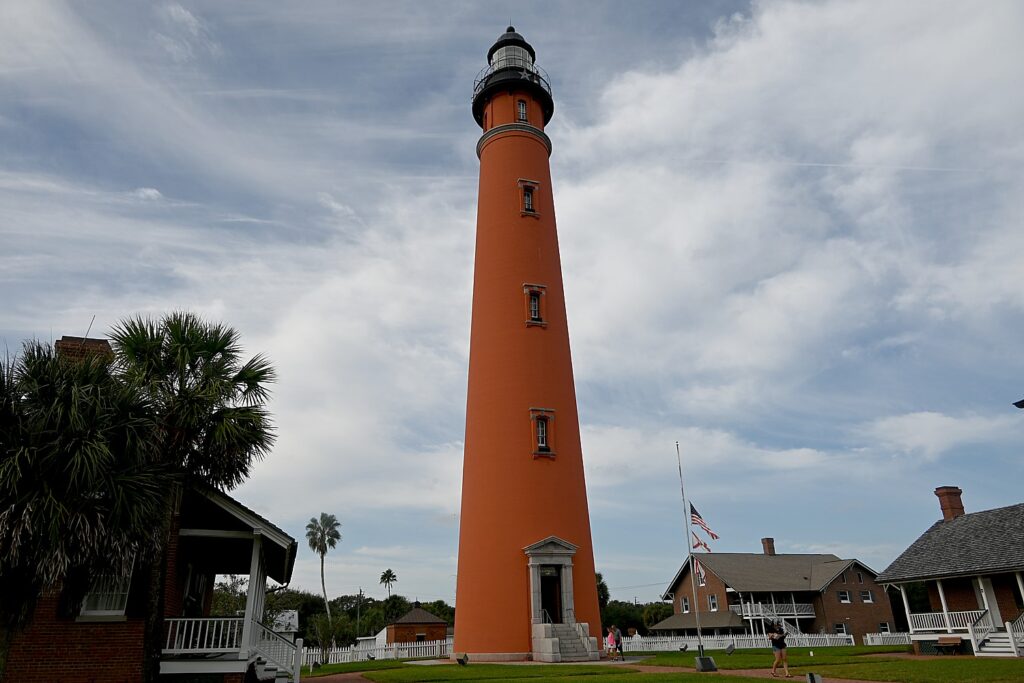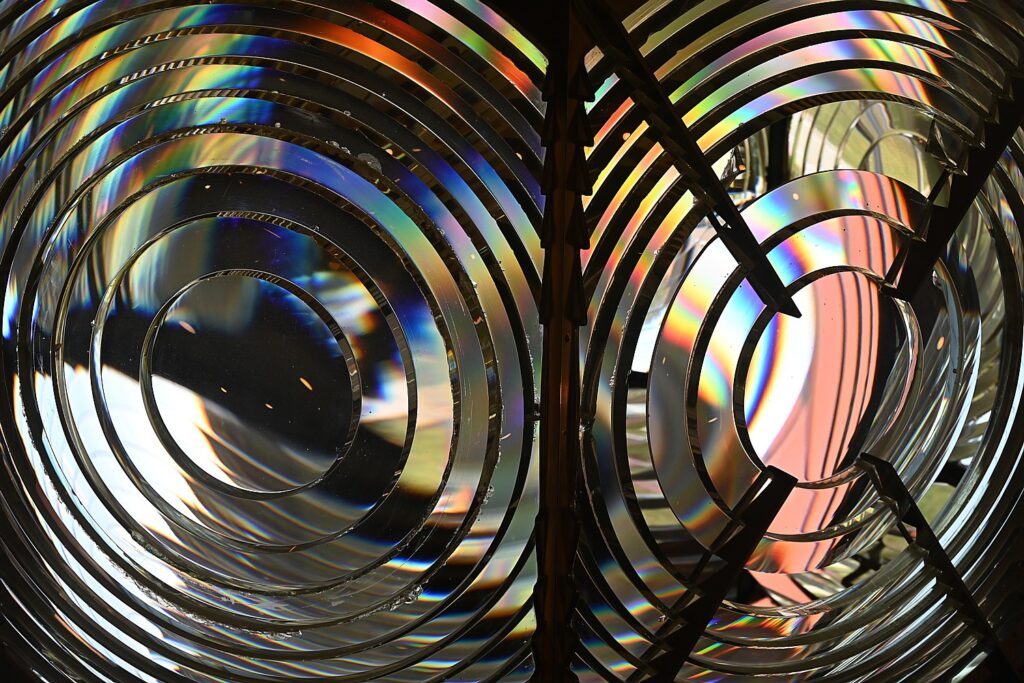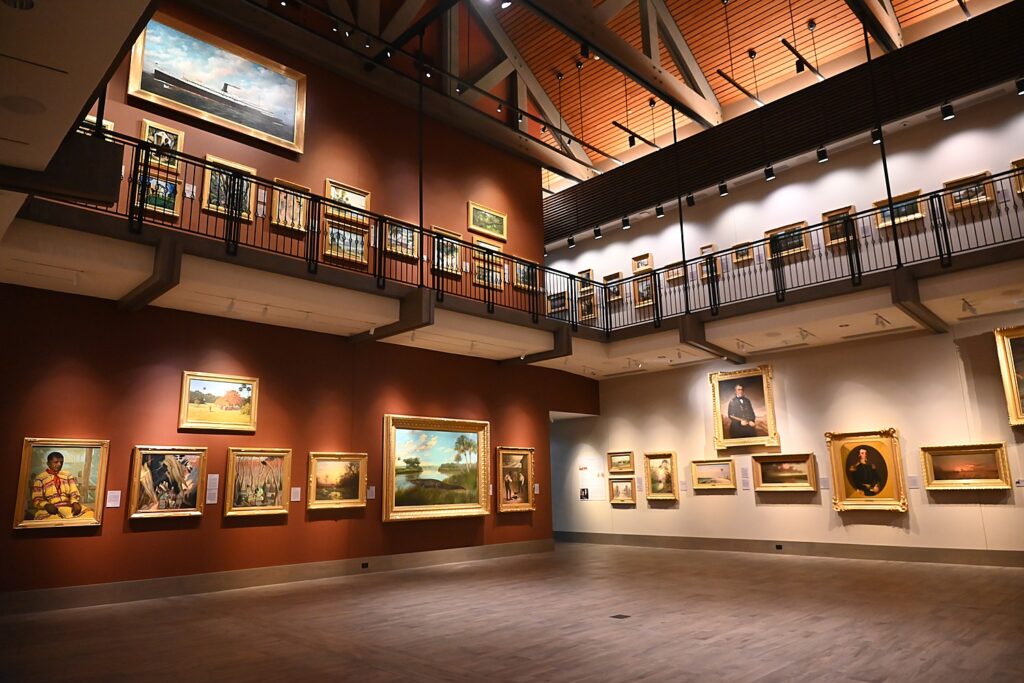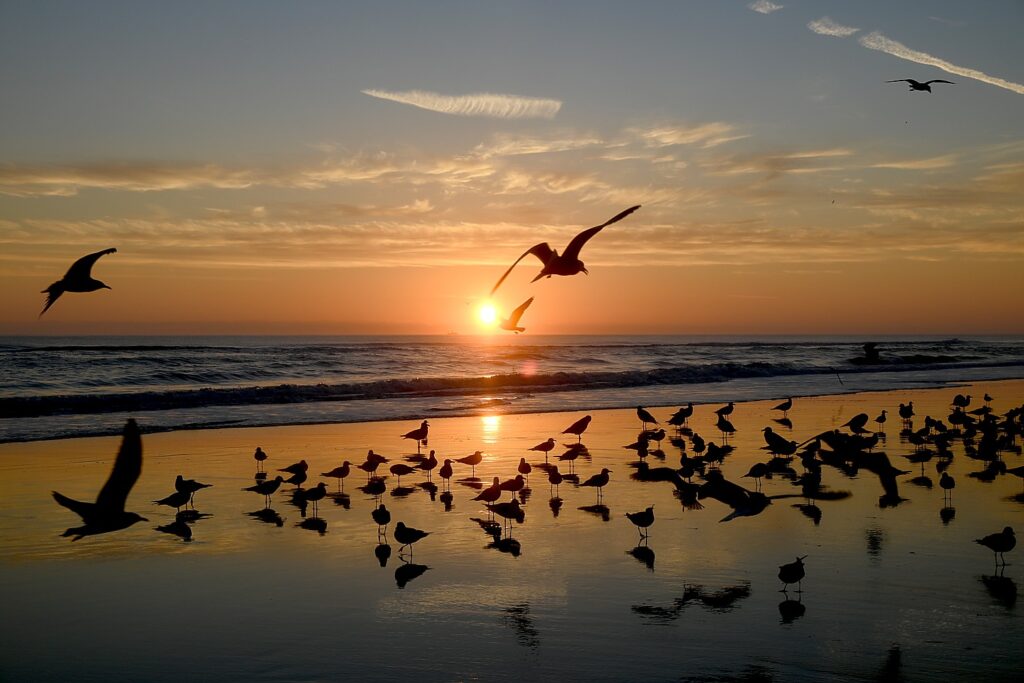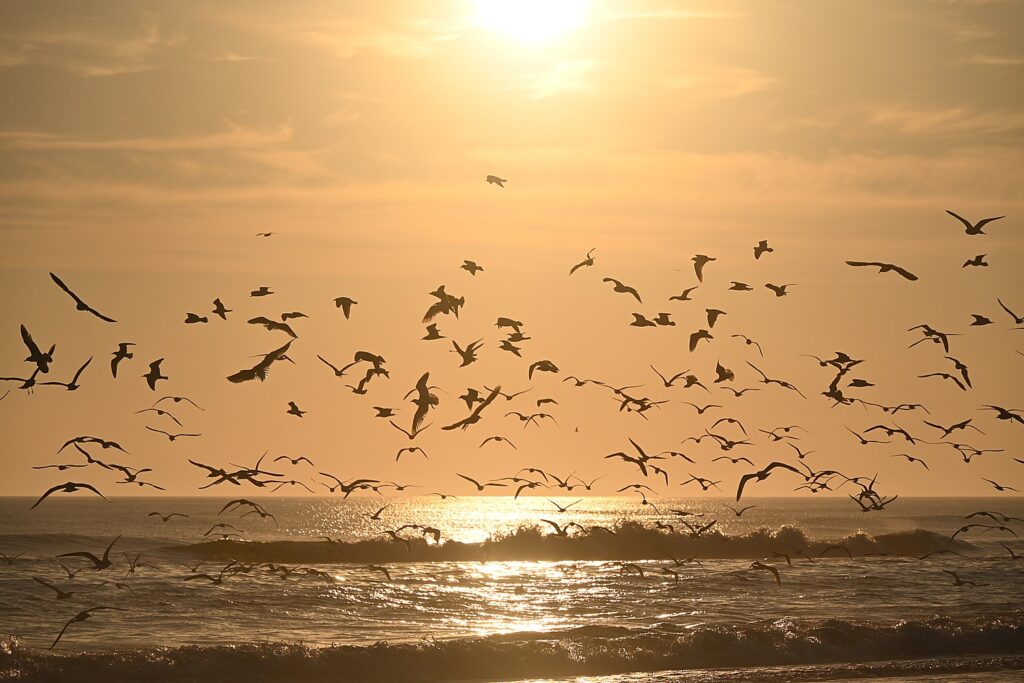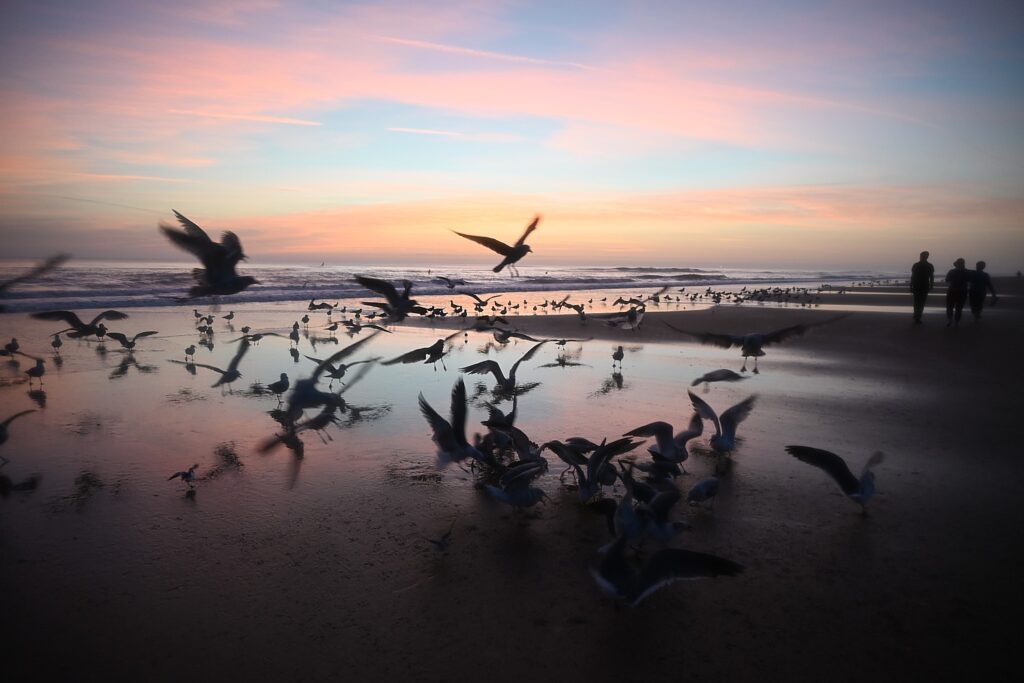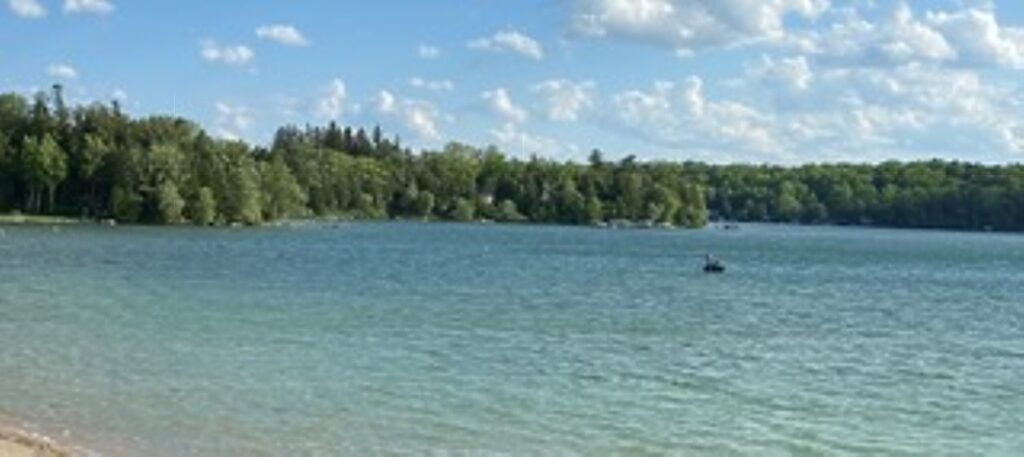
Story and Photos by Geri Bain for Travel Features Syndicate, goingplacesfarandnear.com
“I didn’t know you were into motor sports,” my Midwest friends said when I told them I was going to Elkhart Lake. I’m not, or at least I wasn’t. Before my visit to this popular Wisconsin vacation spot located an hour by car from Milwaukee and Green Bay and 2.5 hours from Chicago, I hadn’t even realized that the town is well known in the road-racing world for its Road America events, which attract spectators and participants from around the world.
For me, the allure was the promise of a relaxing four-day retreat in a friendly, human-scale setting, and this small village of just under 1,000 residents with no chain hotels, eateries, or mega malls with a top-notch spa seemed perfect. I loved that the town was small enough to be easily walkable and proudly preserved its history. A resort town since the late 19th century, its history as a retreat goes back even further. According to local lore, the indigenous Potawatomi attributed rejuvenating powers to the lake’s spring-fed waters.
The town’s story is told in signs, memorabilia and brochures all around town, and discovering it turned out to be part of the fun of being there. Elkhart Lake hit the map in 1873, when an ambitious, forward-thinking landowner persuaded the Milwaukee and Northern Railroad to set its route through the small village. Soon, city dwellers from Chicago, Milwaukee and Green Bay were discovering the natural beauty of the area.
Gambling establishments and speakeasies along with family-friendly hotels, attractions and lake sports sprang up as generations of families began making this their summer spot—a tradition that continues to this day. And even when gambling was taken off the table and roads replaced railroads, the town’s popularity continued to grow.
In 1950, an auto road-racing circuit was laid out that twisted through the town and around the surrounding countryside. That original course is now on the National Register of Historic Places and signs mark key locations along the way. As I explored the town, I was surprised at how sharp some of the turns were and found it amazing to imagine these being taken at high speeds with spectators lining the roads. Road racing was a risky sport and in a few years, the federal government made racing on public highways illegal. The sport, as we know, didn’t die. The races simply moved to a handful of private courses like Road America, which opened in Elkhart Lake in 1955. It still ranks among the world’s fastest permanent road racing tracks.
The self-proclaimed “America’s National Park of Speed, Road America is known for its 14-turn, 4.048 mile road course and its one-mile Motorplex track. You don’t have to be a racing aficionado to enjoy Road America. On the day I visited, there were no official races, but it was thrilling to watch drivers zip around the course. The venue also offers scheduled times when visitors can take their own cars for a spin around the iconic four-mile track, or bicycle, walk or run the track. There are also skill-building driving classes for teens, winter and performance driving.
I signed up for their off-road UTV (Utility Terrain Vehicle) Driving Experience. After a brief orientation, the group I was assigned to set off on a journey that was terrifying at first, and then exhilarating as our rugged vehicles bounded over deep gulleys and bounced off boulders and logs. As my confidence grew, I began eagerly seeking out the steepest parts of the gulleys to splash through. (roadamerica.com)
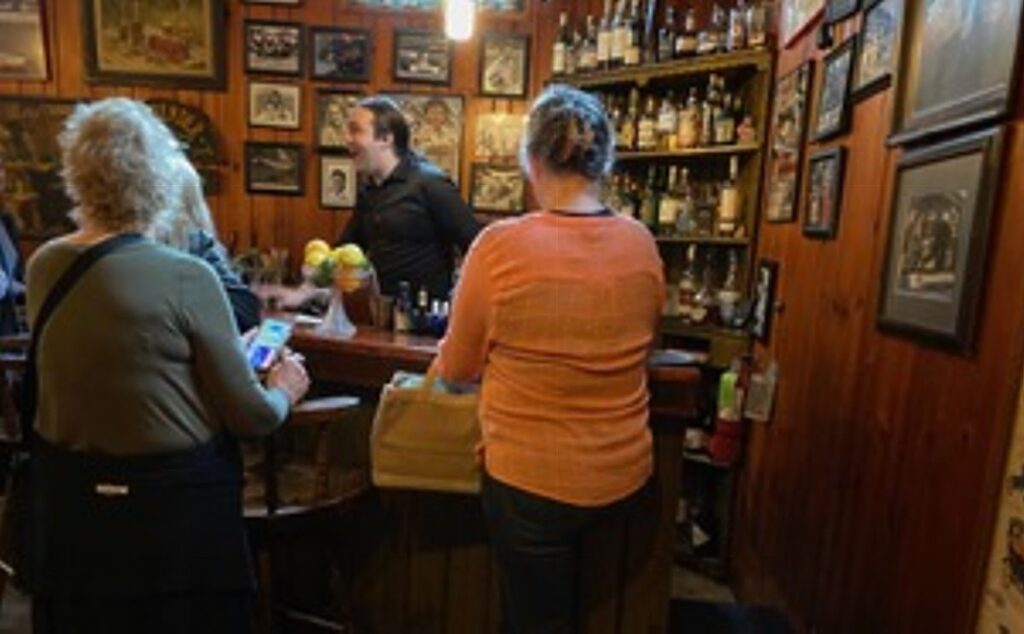
I found myself being increasingly attuned to the car culture of Elkhart Lake, from the menu items like P.A.M.’s “hard left burger” and of the town’s craft brewery, the SwitchGear Brewing Co, to special events like the Concours d’Elegance pre-race parade of exotic race and sports cars through the village streets. With more time, I would have visited the Throttlestop Museum (throttlestopmuseum.com), which displays historic motorcycles and vintage, rare and restored limited edition automobiles.
Car culture especially permeates the Stop-Inn Tavern (siebkens.com/dine/stop-inn-tavern/) which calls itself “the best bar on the racing circuit.” Its walls are a living museum of road racing, and on the nights I stopped by, the bar was lively with folks talking about their Road America experiences. If you go, be sure to find your way to the “secret bar”. It’s an intimate corner of the more upscale P.A.M.’s restaurant and a wonderful place to immerse yourself in historic road race photos and memorabilia.
Driving from Milwaukee Airport to the town, I noted the endless pastures and farms. Small wonder that the town’s restaurants feature so many local ingredients in their dishes. Just outside town, Henning’s Wisconsin Cheese (henningscheese.com) sources from local dairies to produce award winning cheddars, Colby and specialty items like mango fire and tomato basil cheddar. It’s also a great place to sample Wisconsin’s famed squeaky cheese, bite size pieces of fresh, unaged cheese that squeak when you bite into them. Visitors can watch a video, explore their museum to see how cheese was traditionally made, and watch its factory in action through viewing windows before sampling in the shop. While I didn’t have a chance to visit in person, I can vouch for their cheeses, which are sold around town. I loved them so much, I bought some to take home.
Local ingredients also make the town’s restaurants stand out. Lake Street Cafe (lakestreetcafe.com), on the Wine Spectator “Best of” Award of Excellence list, adds creative touches to the Midwest’s best. I especially loved their fennel salad, which included arugula, toasted cashews, parmesan, and a lemon dijon vinaigrette. And almost every restaurant offers its version of a local mainstay, the Fish Fry.
Not to be missed, the family owned Gessert’s Ice Cream and Confectionary shop (gessertsicecream.com) has been bringing smiles to the faces of kids of all ages since the mid 1920’s. And while the ice cream flavors and candies it sells have been updated, the ice cream parlor looks much as it did a century ago. It’s a visual as well as a taste treat.
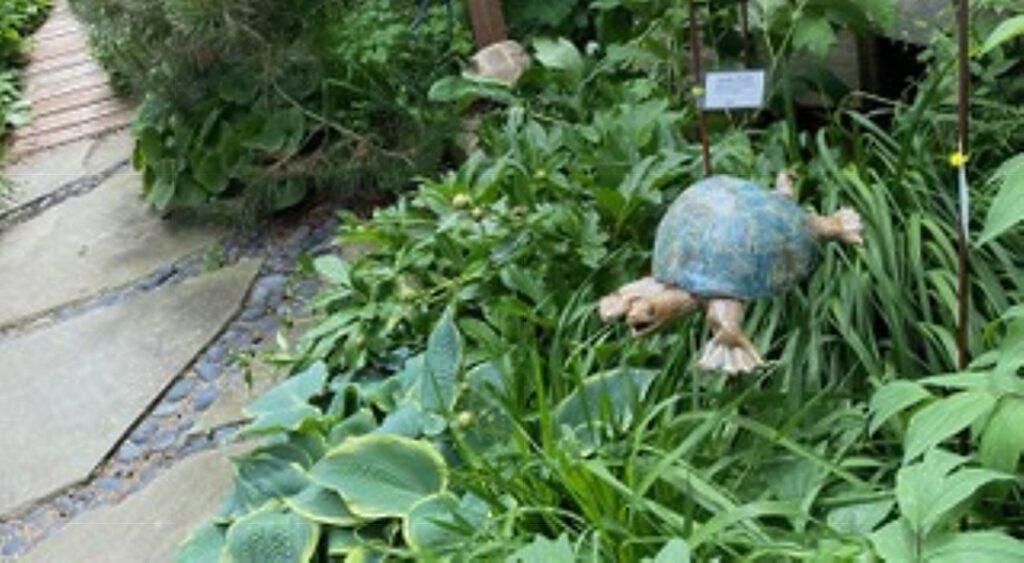
The well-preserved historic buildings that house the town’s shops and eateries give the town a unique sense of place, while one-of-a-kind jewelry, crafts and clothing by local designers and friendly storekeepers make it a fun place to shop.
Carrying its own line of clothing and hats, including a paint-your-own-cap kit, the STBF (Small Town Big Family) Shop (https://www.facebook.com/STBFShop) was full of tempting things to buy. Vintage Elkhart Lake (vintageelkhartlake.com) owned by an award-winning certified sommelier, has attractive arrays of Wisconsin and international wines as well as artisan foods, cheeses and chocolates. And the Paddock Shop at Road America (shop.roadamerica.com) is a great place to pick up one-of-a-kind race-themed products from dangling earrings in the shape of the Road America track to themed barware and clothing.
One of my favorite shops was Two Fish Gallery (twofishgallery.net). Its outdoor garden is punctuated with quirky ceramics and sculptures. Here, giant pencils pose among the shrubbery and colorful ceramic fish and turtles seem to swim through the flowers and greenery. Inside, fanciful pottery by local artist Patrick Robinson along with paintings, jewelry and other quality crafts make for unique gifts. And if your timing is right, you might be lucky enough to be able to join a pottery workshop, as I did. Working with Patrick was a rare opportunity not only to try my hand at something new, but to get to know a fascinating person and gain insights into the creative process. I’ll never look at pottery the same way again.
Geologically, this region is a Kettle Moraine, formed when retreating glaciers left finger-like lines of debris called moraines. The 1,200 mile Ice Age Trail, a National Scenic Trail that traverses the state, passes along the edge of town and Kettle Moraine State Forest (dnr.wisconsin.gov/topic/parks/kmn) lies about 25 minutes from town. Hiking through the woods on a guided walk, I learned to spot the “kames,” conical hills comprised of compressed glacial debris left behind as the ancient glaciers retreated, and “kettles”, lakes and depressions in the land created in areas where huge chunks of glacial ice melted.
Elkhart Lake, an amazing 119 feet deep, is the fourth deepest of these kettle lakes in the state and its spring-fed waters keep it pristine and clear. Here, fishing is a year-round sport, and in summer the lake comes alive with kayaks, canoes, and motorized boats. Happily for those who prize quiet, boats must observe no-wake hours from 7:30 p.m. to 10 a.m. and on Sundays during the summer.
I came in the early spring, just before the town shifted its attention towards the lake. But walking by the fire-pits, where summer vacationers would soon be making s’mores, and along the yet-to-open lakeside bars and bandstands that soon would be filled with people dancing to live music, it was easy to imagine how fun it could be to go bar-hopping in season.
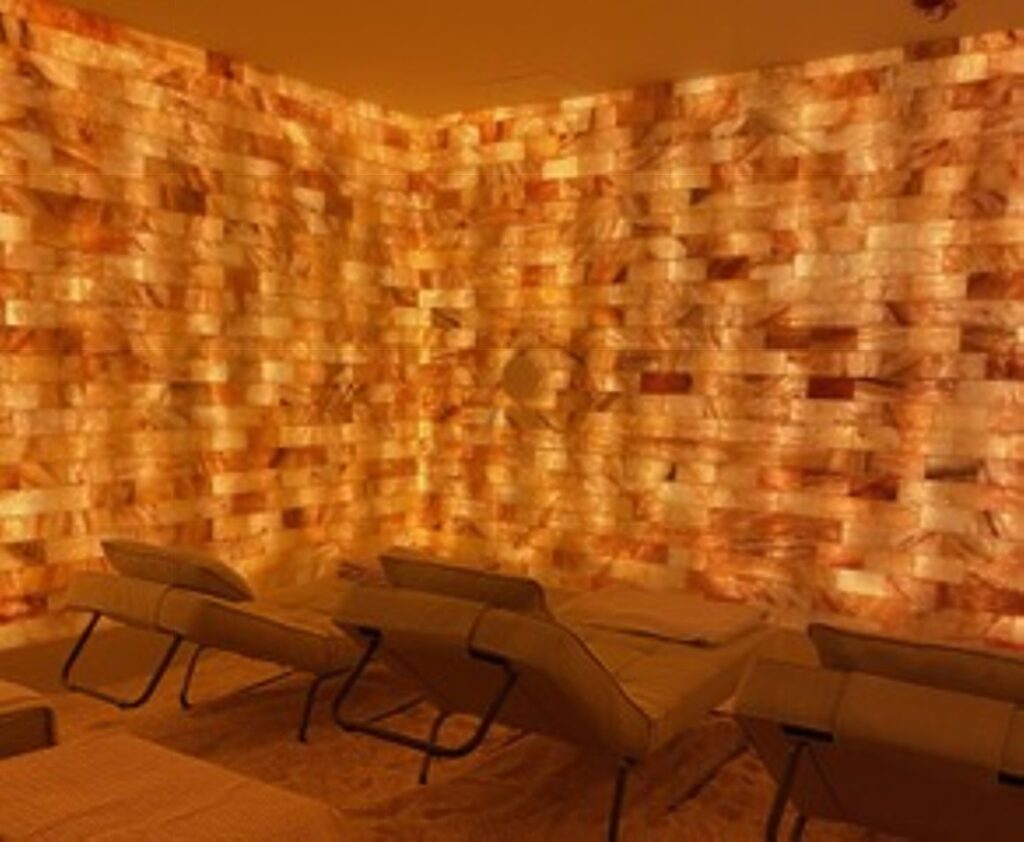
On my last day, I spent a wonderful morning at the Aspira Spa, located at the Osthoff Resort (osthoff.com/aspira-spa/). Ranked among the nation’s top 100 by Spas of America, the spa offers a wide range of customizable therapies. Some use fresh sprigs from native cedar trees and pristine water from the lake. I opted for one that combined aromatherapy with CBD oil, which fully unkinked my travel-tense muscles. I also opted for a 45-minute Salt Room session that cleared my allergy-clogged sinuses. A final soak in the whirlpool followed by a cool shower left me feeling relaxed and energized.
Elkhart Lake has three resorts and during my stay, I dined at and explored each of them. All have private lakefront beaches, varied dining options, and both traditional hotel and apartment-style accommodations.
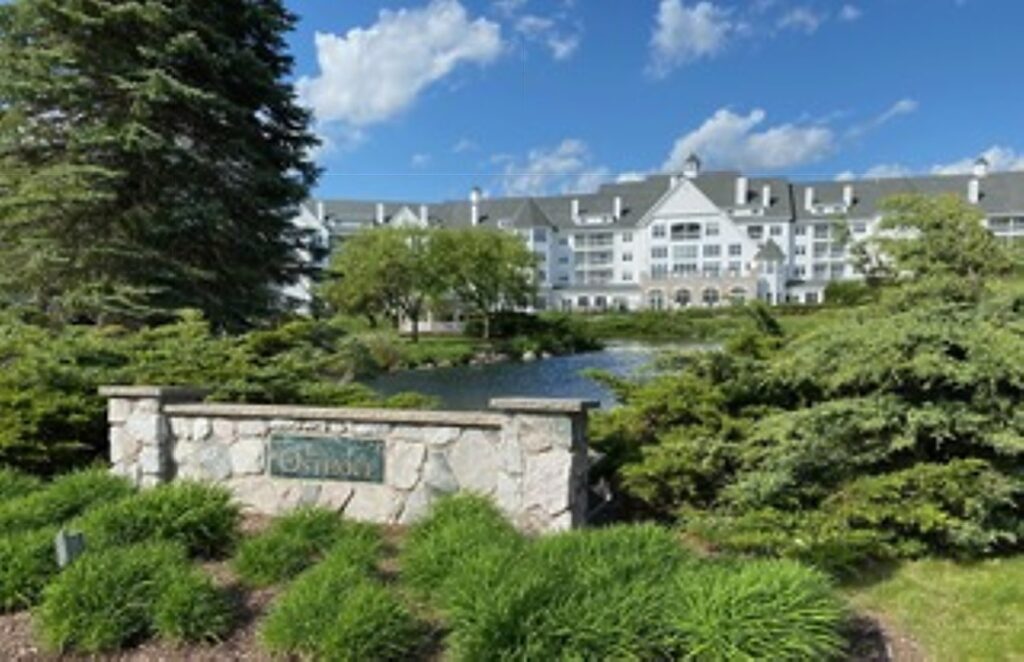
The Osthoff Resort (osthoff.com), where I stayed, is the largest and has the most amenities. It’s an AAA Four Diamond resort, and home to Aspira Spa, cooking and cocktail classes, indoor and outdoor pools, and an array of boat and bike rentals as well as pontoon boat cruises. There’s also a fitness center, sauna and hot tub that are open 24/7. The resort has three restaurants, the Concourse Restaurant, with a lovely outdoor patio, Otto’s, with a traditional Friday fish fry along with great breakfasts; my favorite was an omelette with mushroom, onions, bacon and Wisconsin cheddar atop a potato pancake. And for lovely sunsets and lively evenings, head to the Elk Room Lounge.
More intimate and casual, The Shore Club Wisconsin (shoreclubwisconsin.com) has indoor and outdoor pools, a hot tub, health center and campfire area. The Social, an atmospheric speakeasy, has outdoor deck seating overlooking the lake, fun menu with items like fried tempura cheesecake. and live jazz on summer weekends. The Tiki Bar also has live music. And The Theater presents improv comedy, music and other live entertainment.
Siebkens Resort (siebkens.com) is a landmark in its own right with a small, antique-filled lobby. It has an outdoor pool and is home to the Stop-Inn Tavern, an outdoor bandstand with live music in the summer, P.A.M.s Dining Room and Cocktail Bar, and Sissy’s, for to-go treats like locally made gelato and cold-brew coffee.
Elkhart Lake turned out to be just the change of pace and relaxing getaway I was seeking. While it’s just under two hours by plane from New York, I felt I had traveled far from my everyday life.
For more information, visit elkhartlake.com
_______________________
© 2024 Travel Features Syndicate, a division of Workstyles, Inc. All rights reserved. Visit goingplacesfarandnear.com and travelwritersmagazine.com/TravelFeaturesSyndicate/. Blogging at goingplacesnearandfar.wordpress.com and moralcompasstravel.info.Visit instagram.com/going_places_far_and_near and instagram.com/bigbackpacktraveler/ Send comments or questions to [email protected]. Tweet @TravelFeatures. ‘Like’ us at facebook.com/NewsPhotoFeatures
